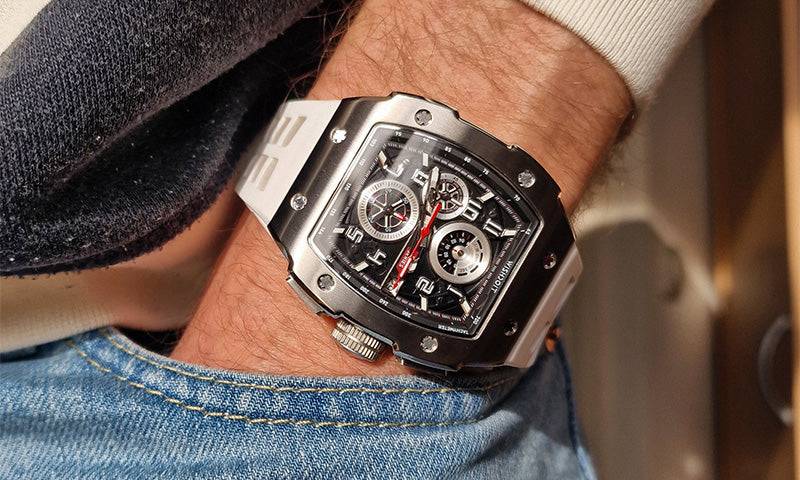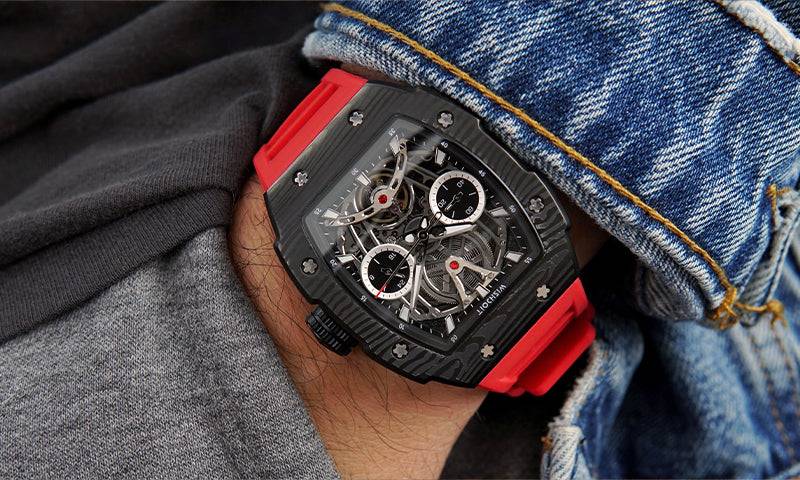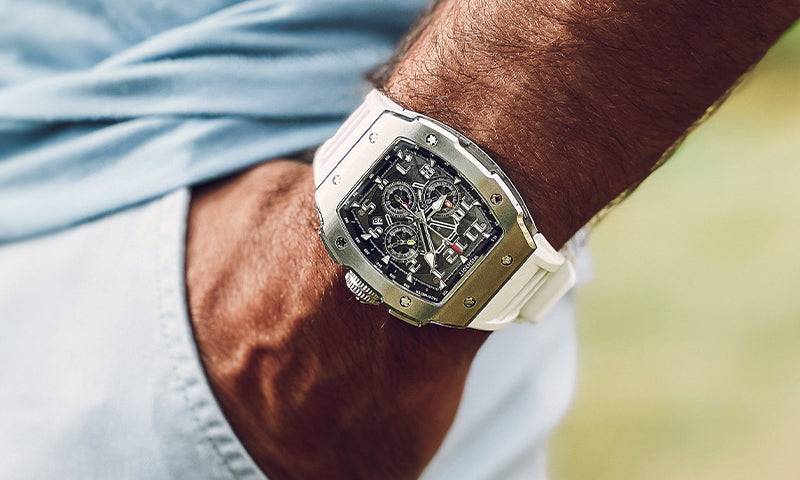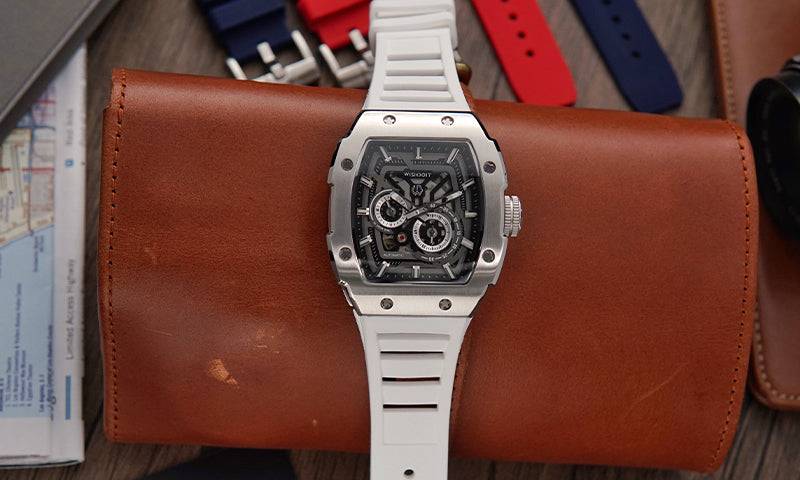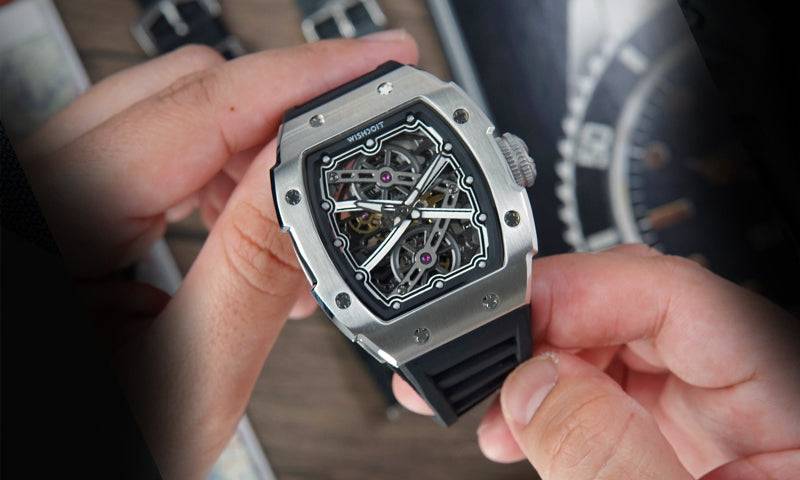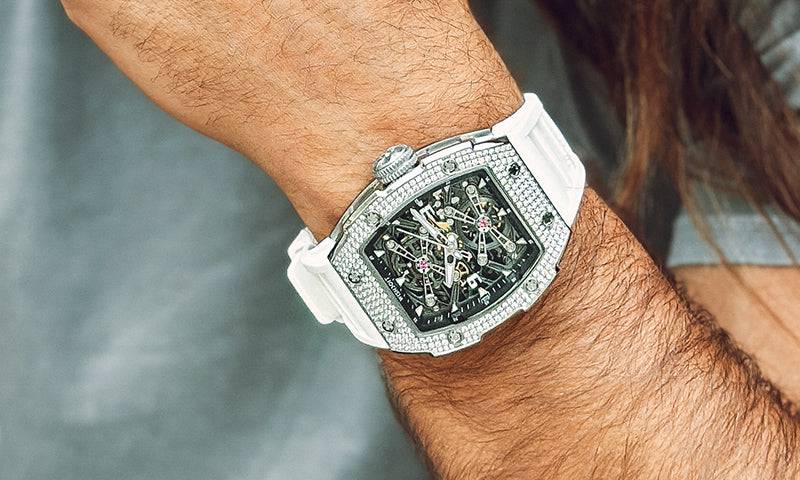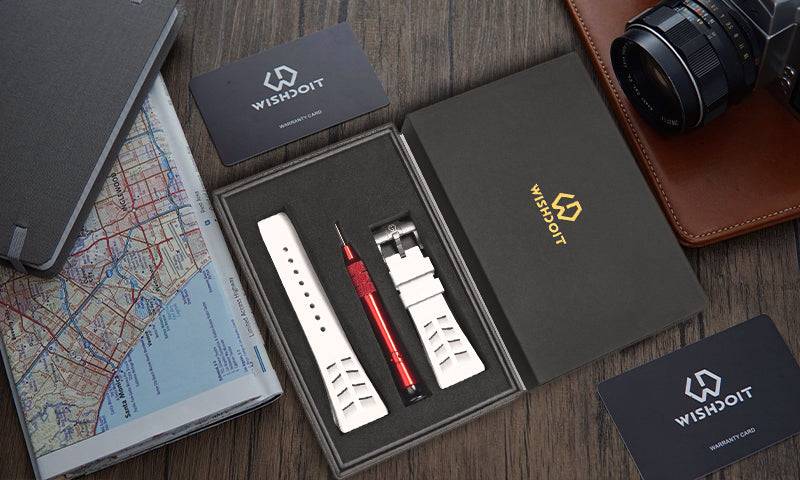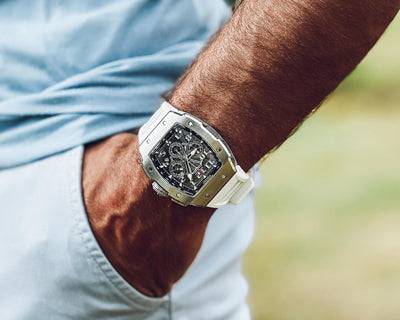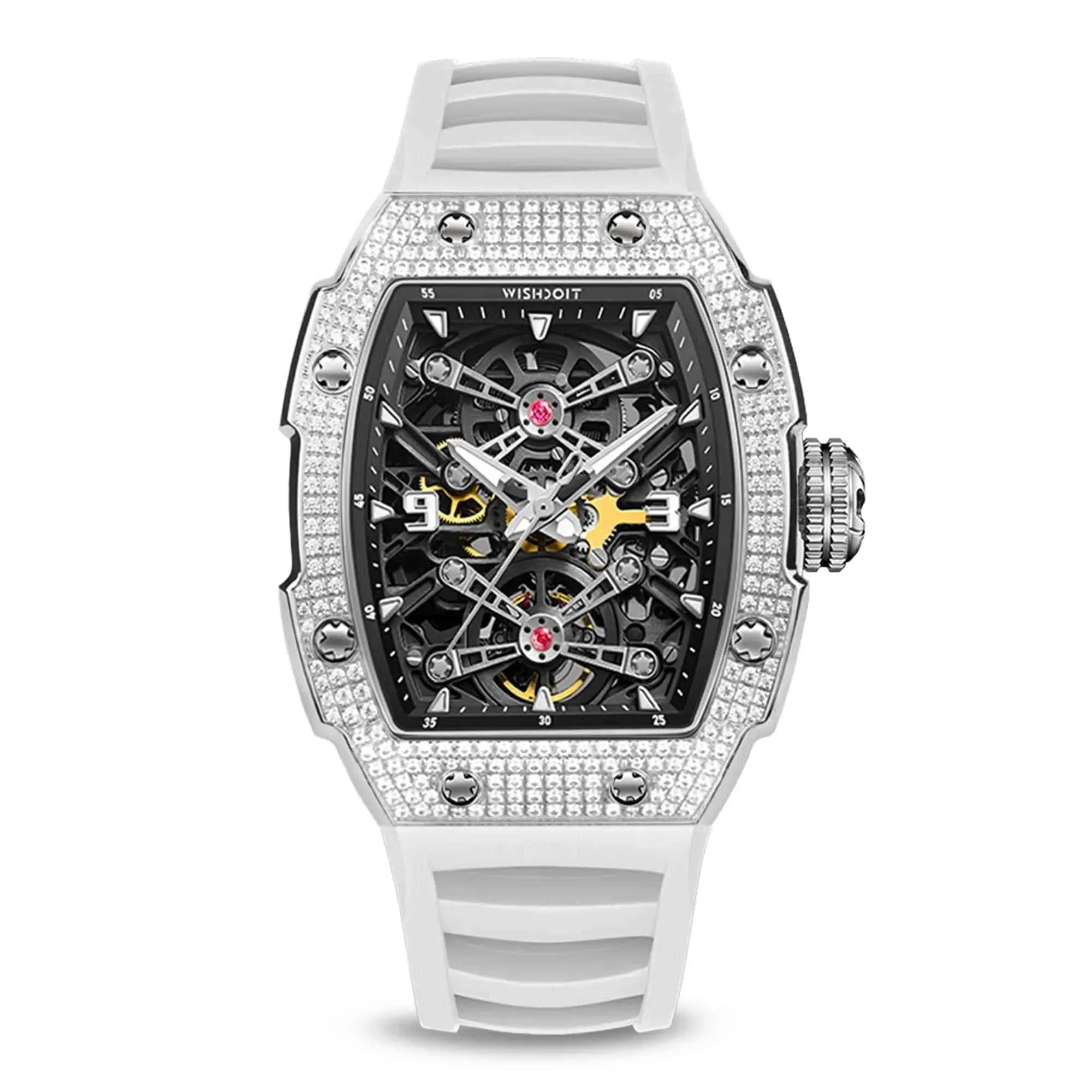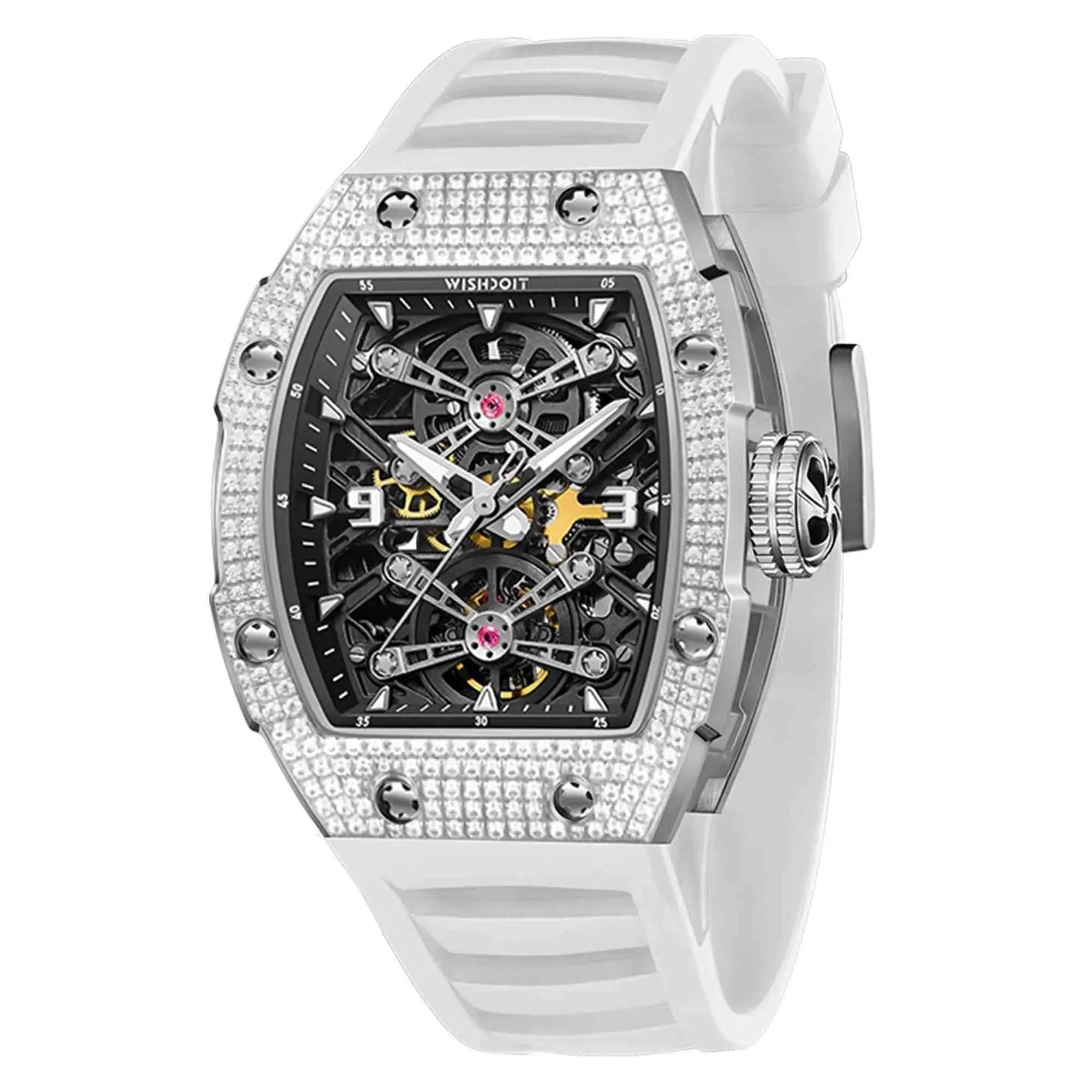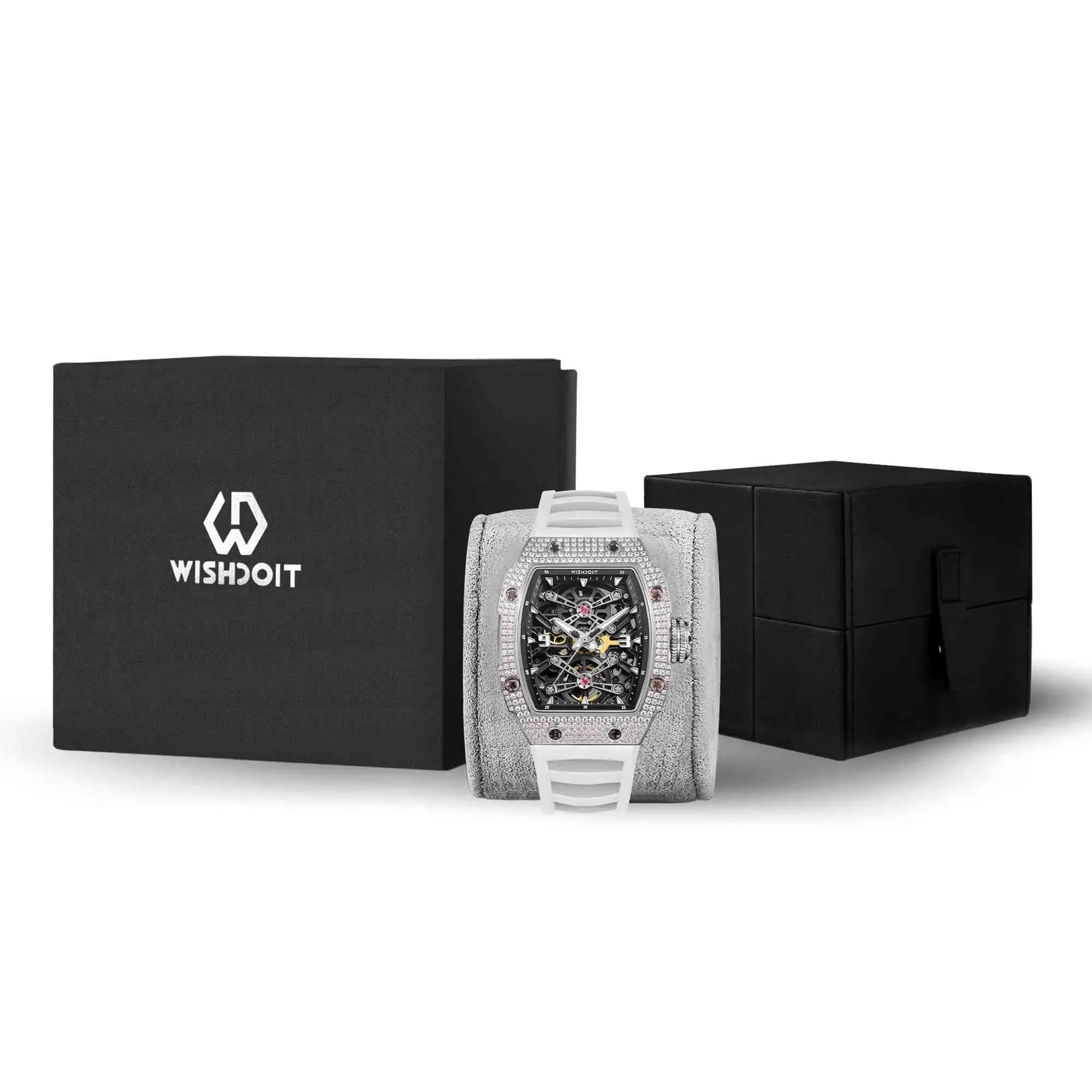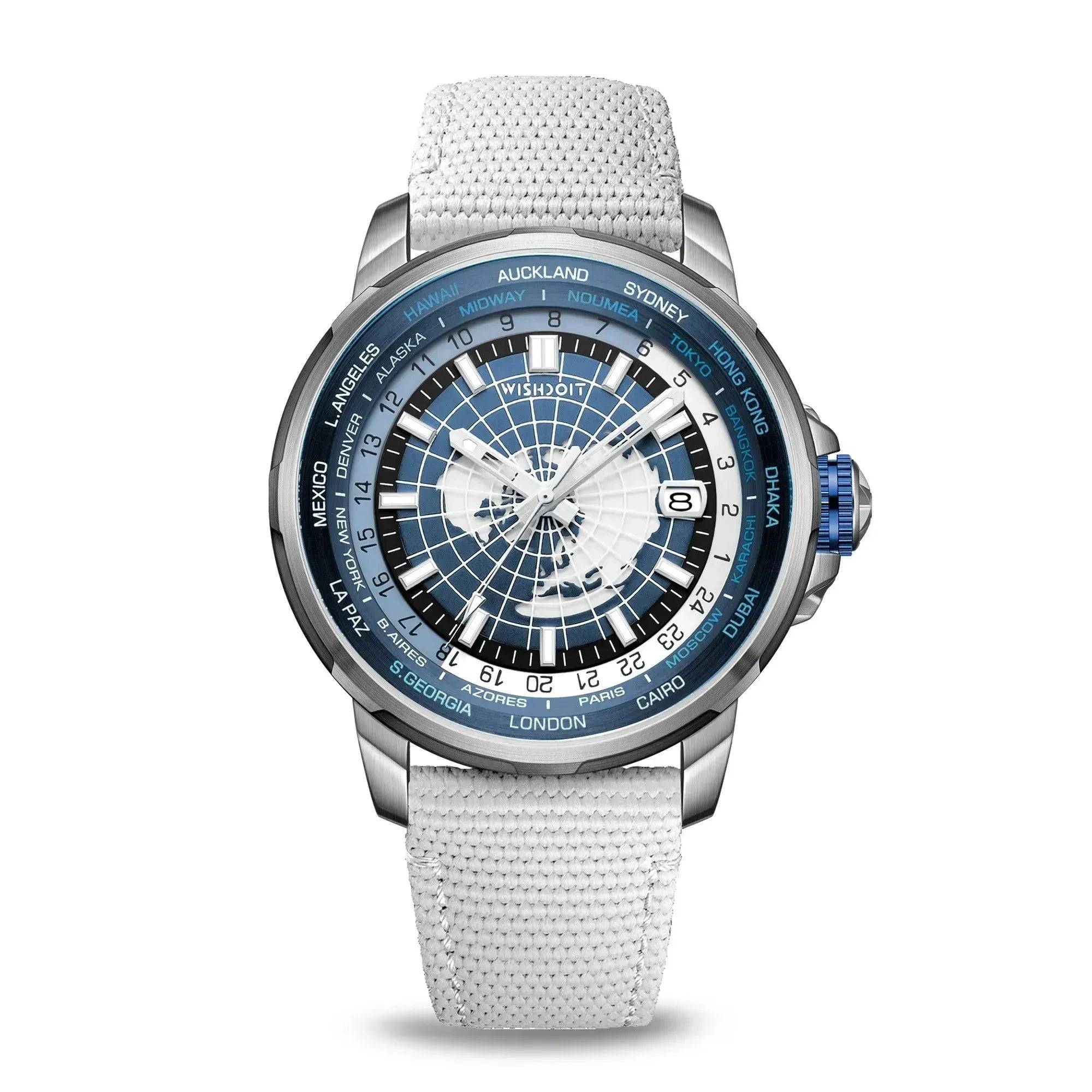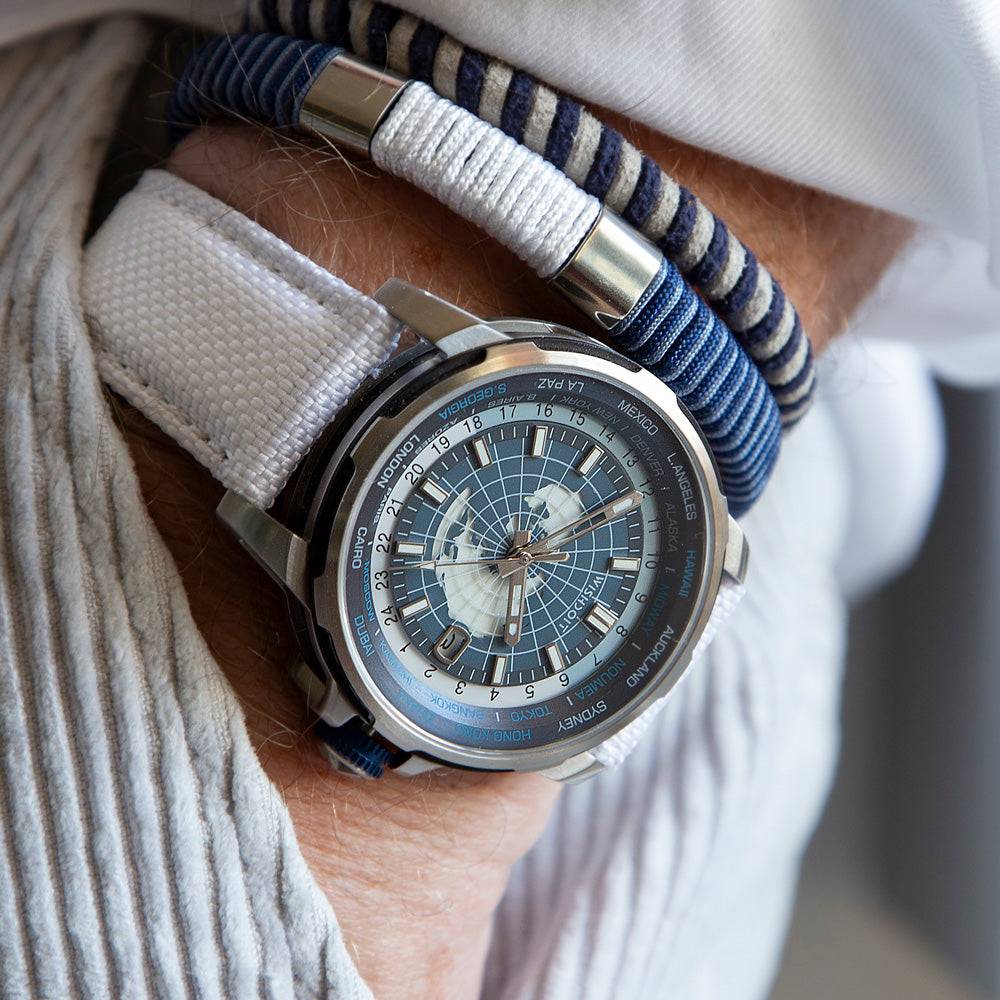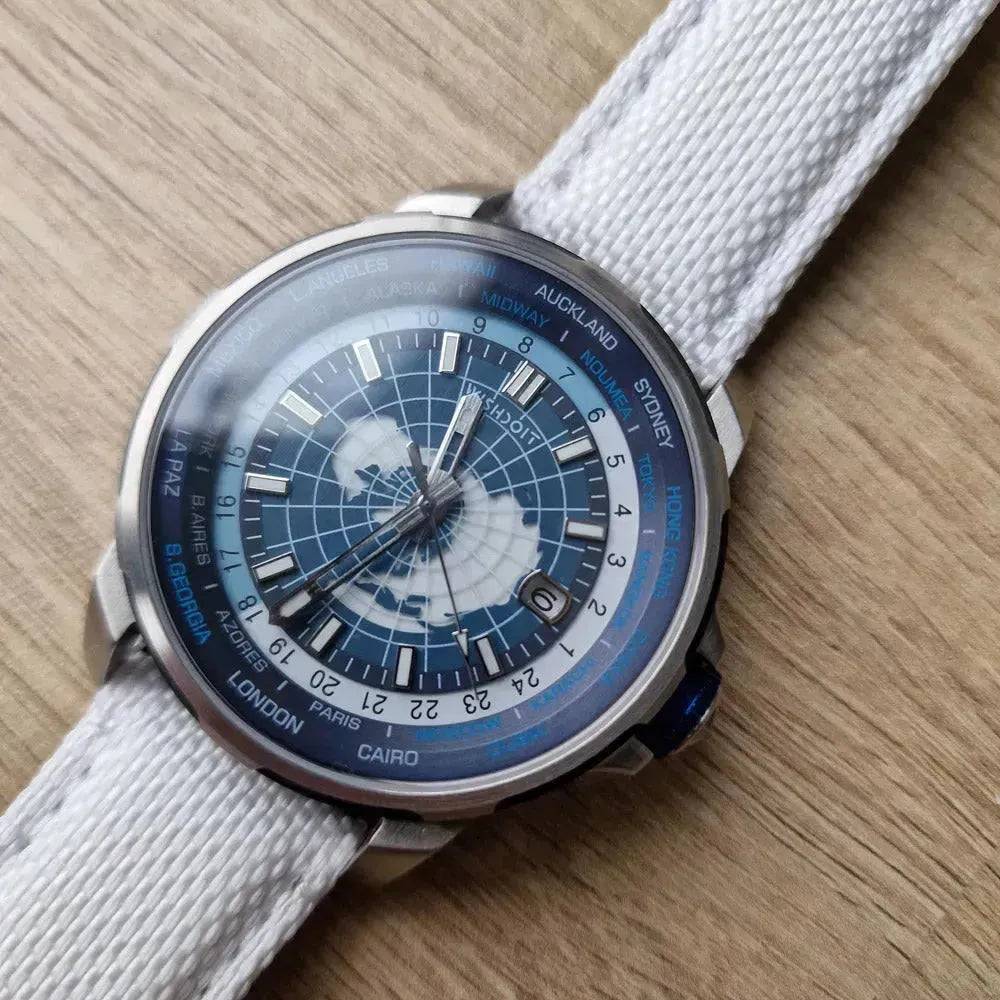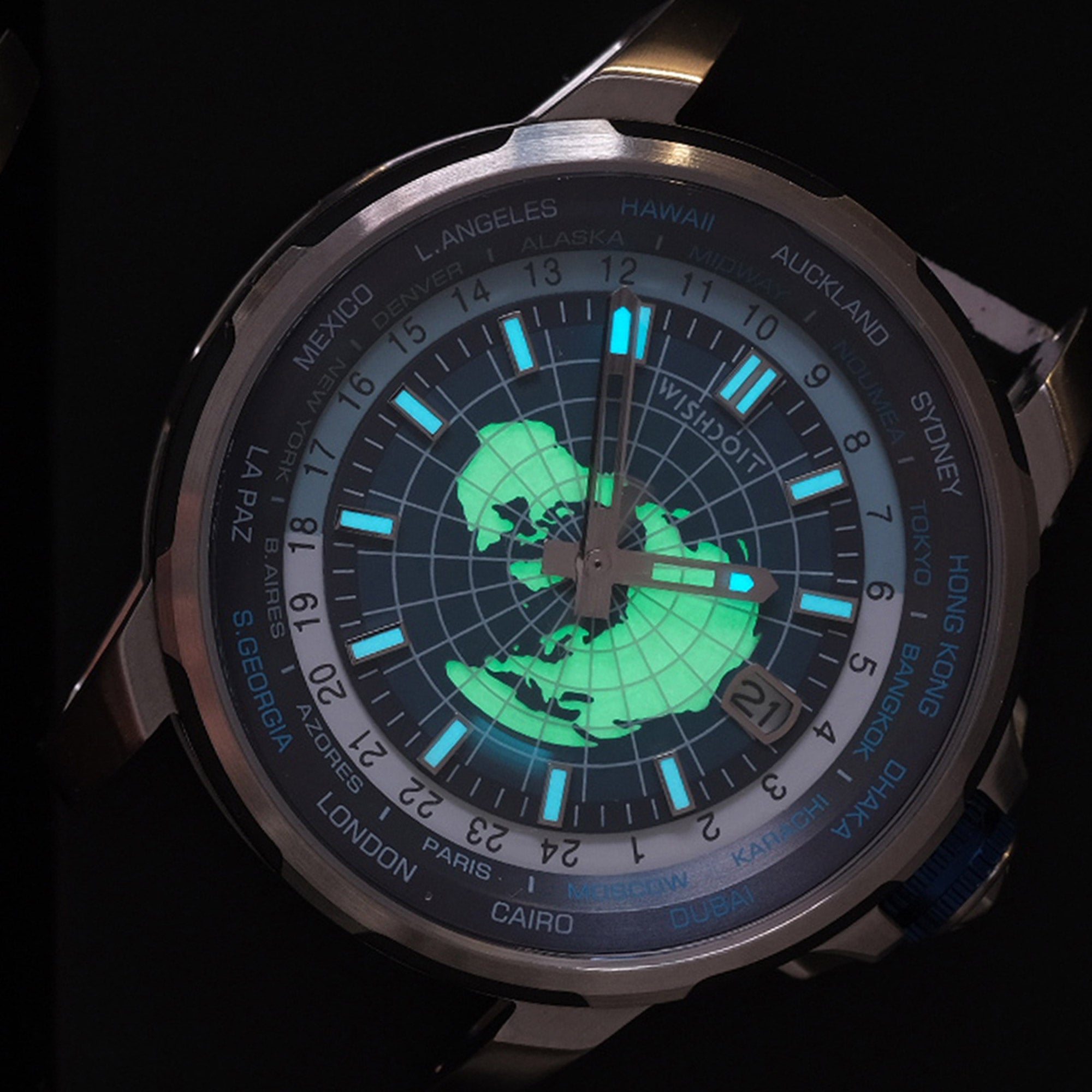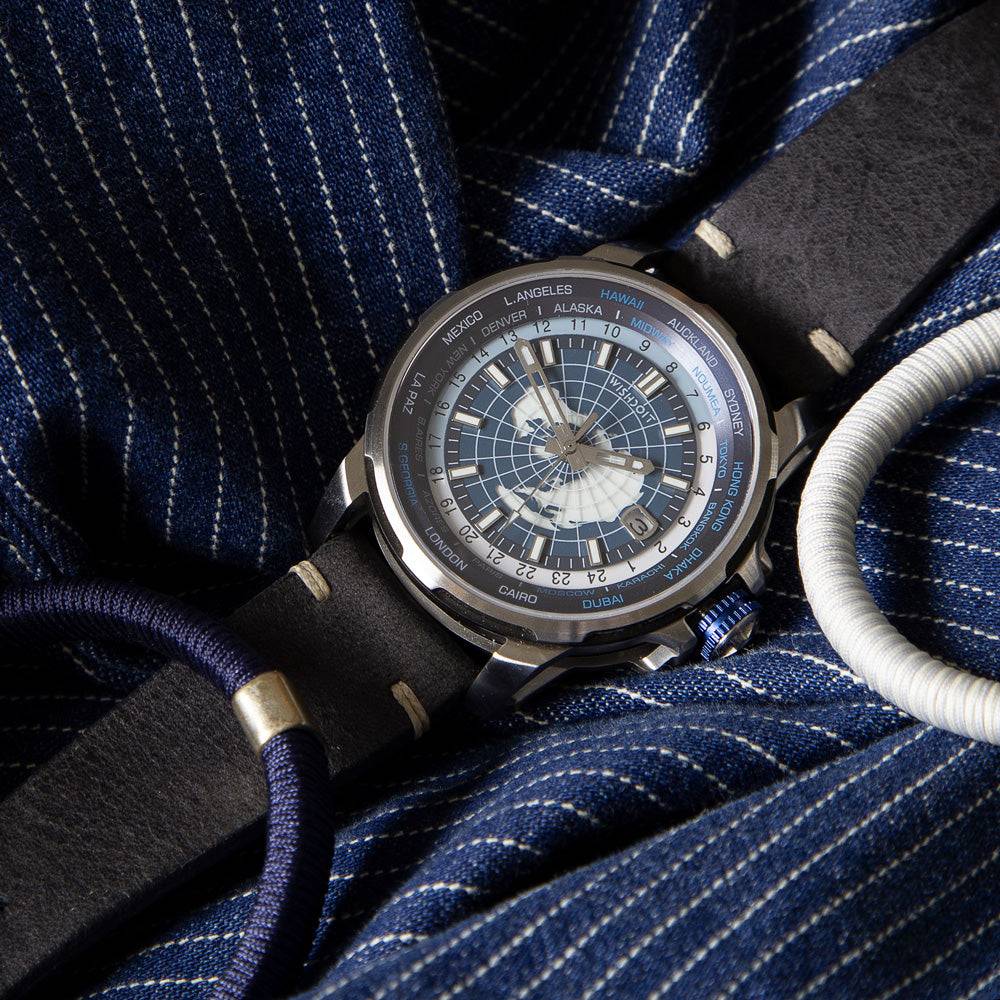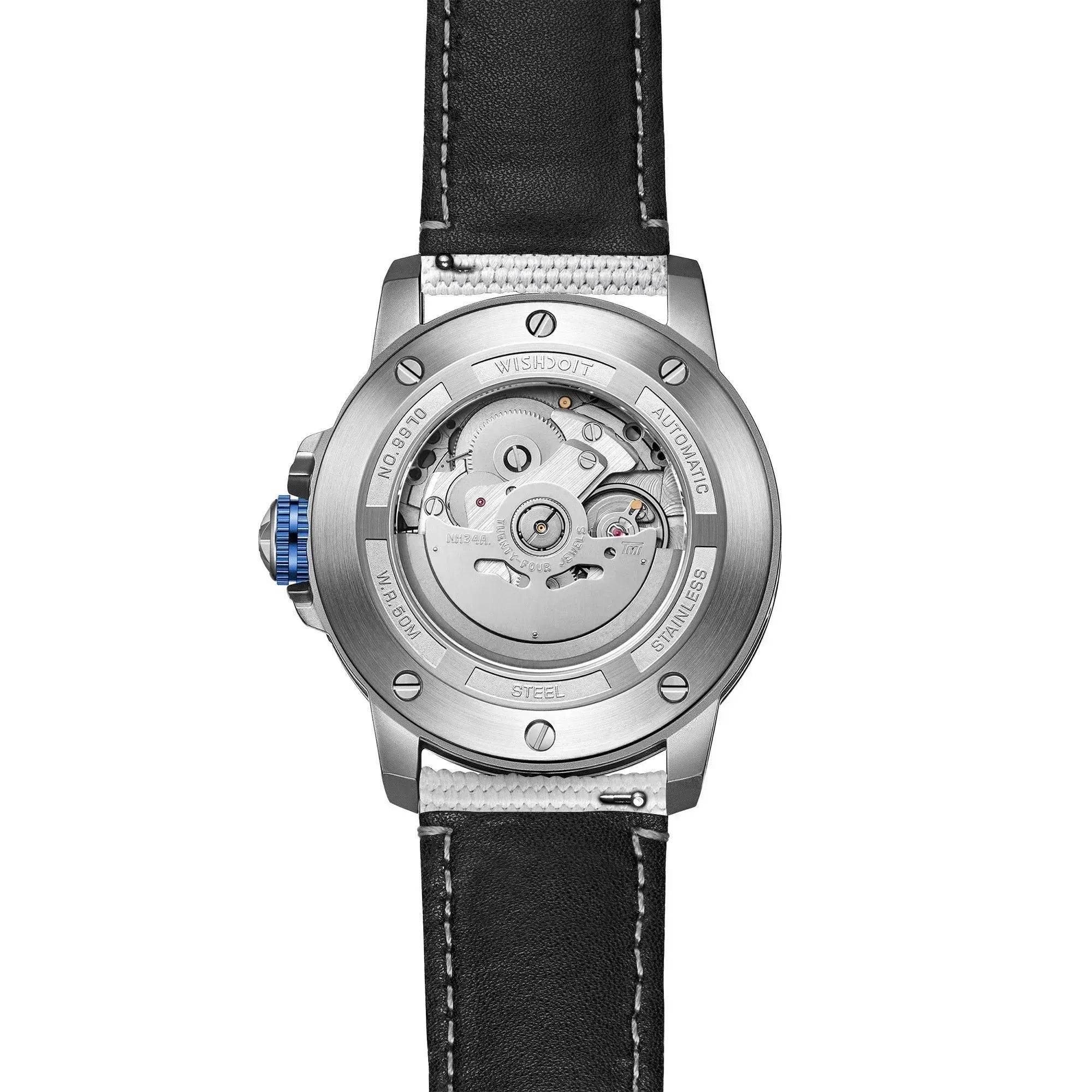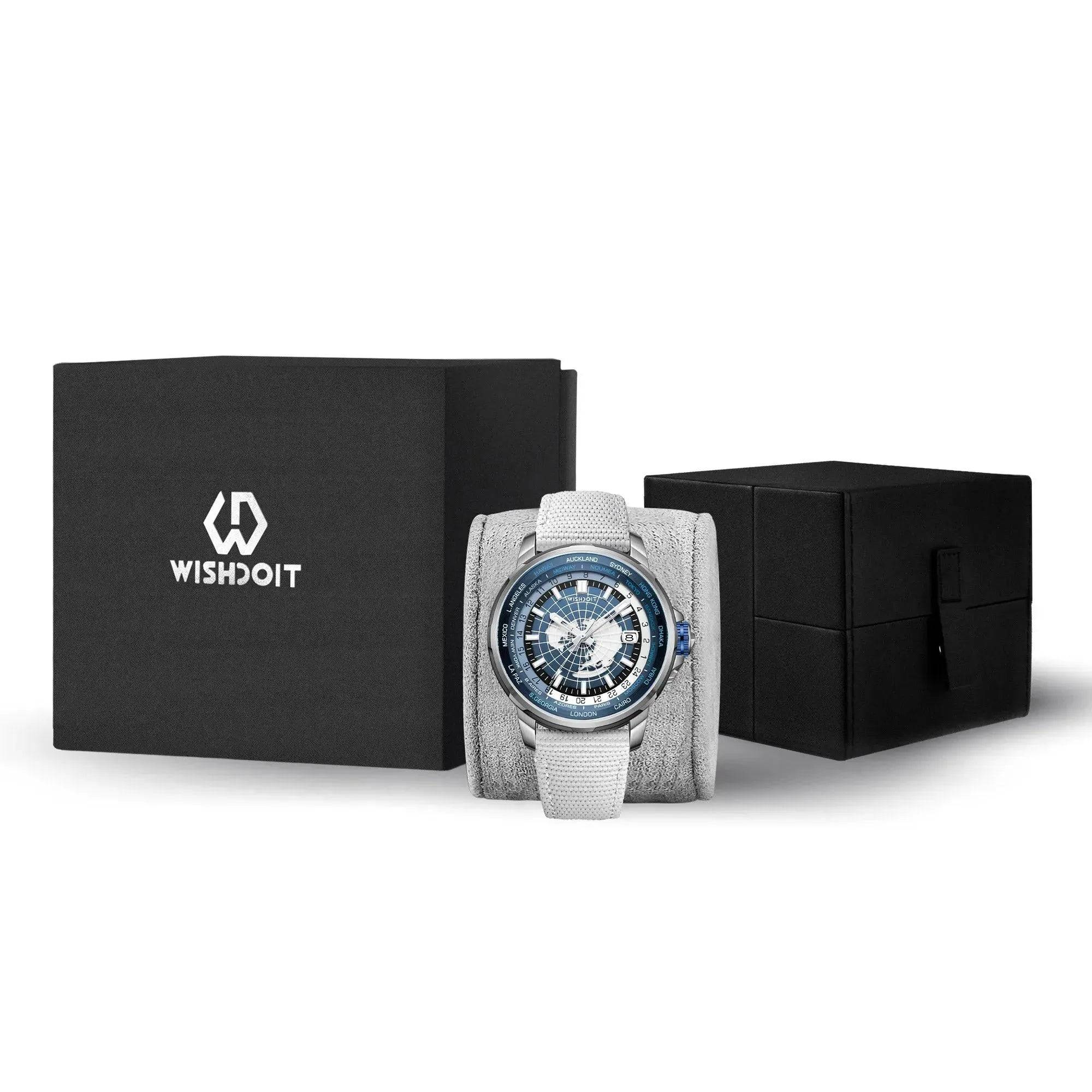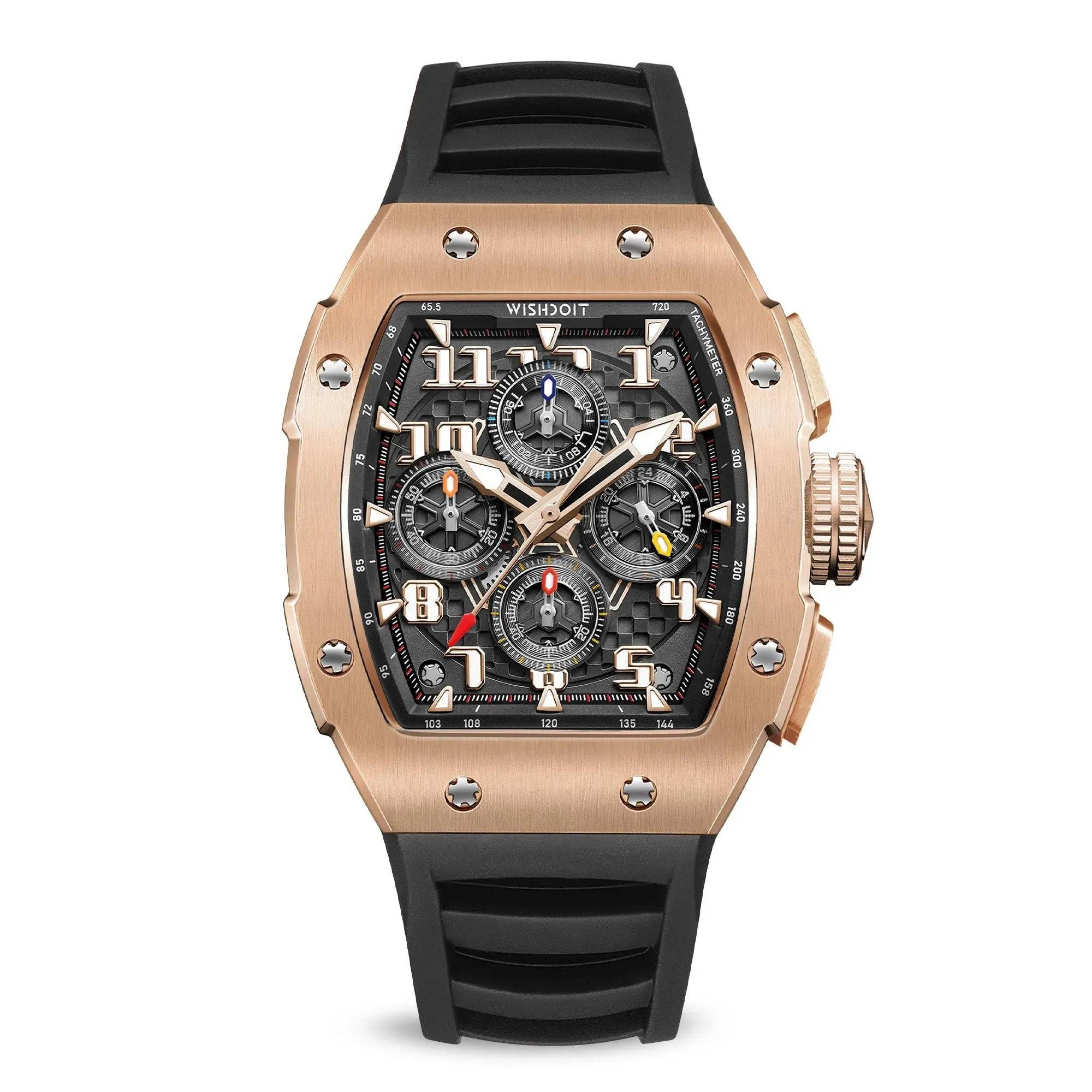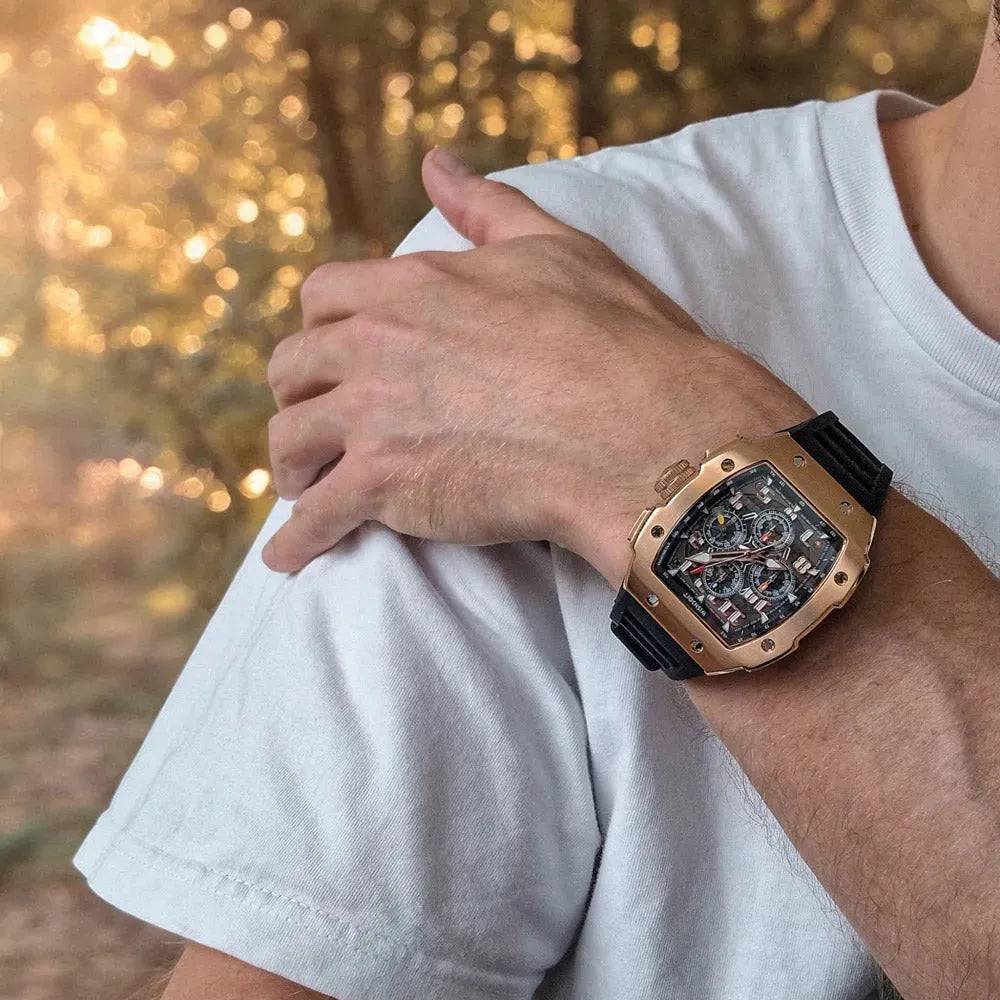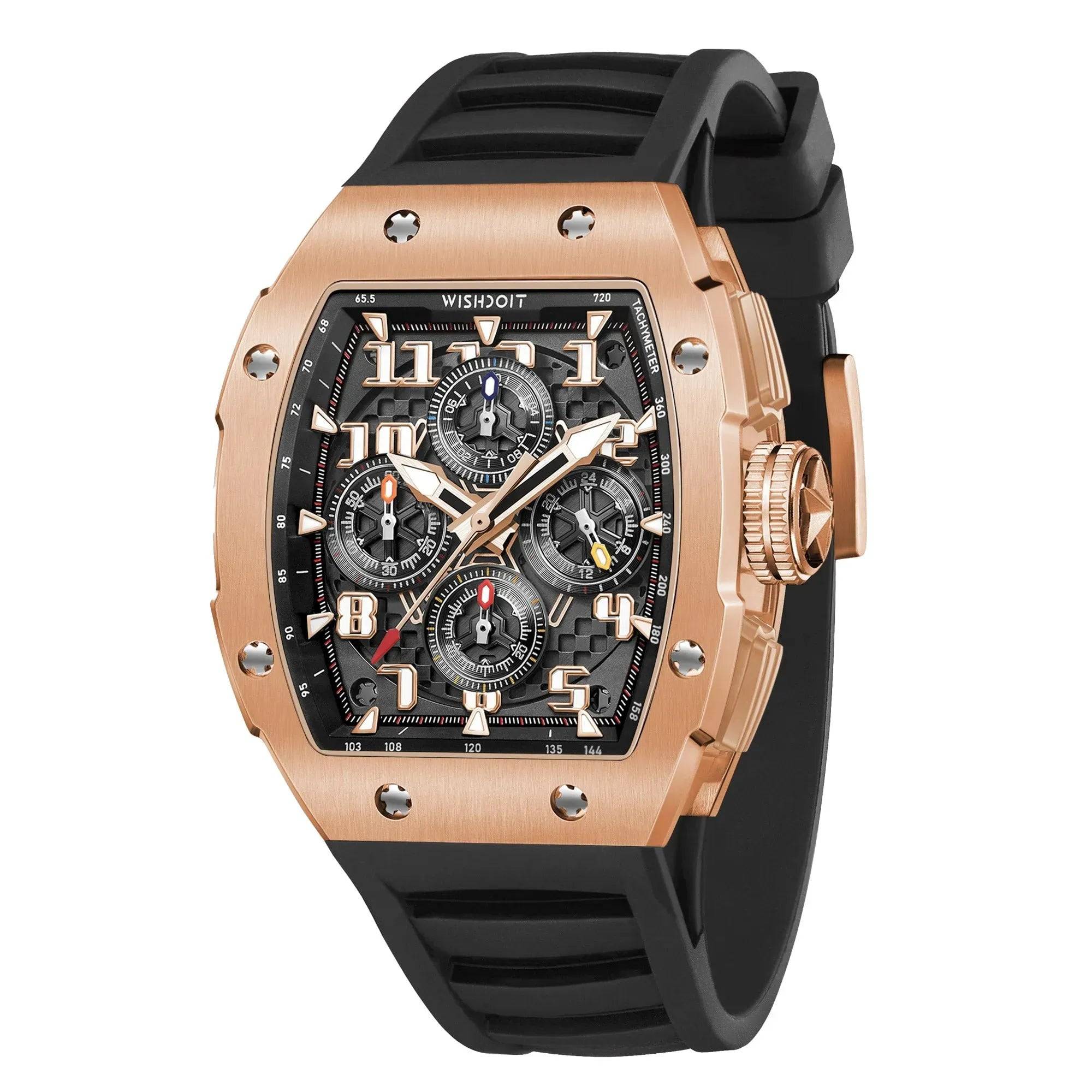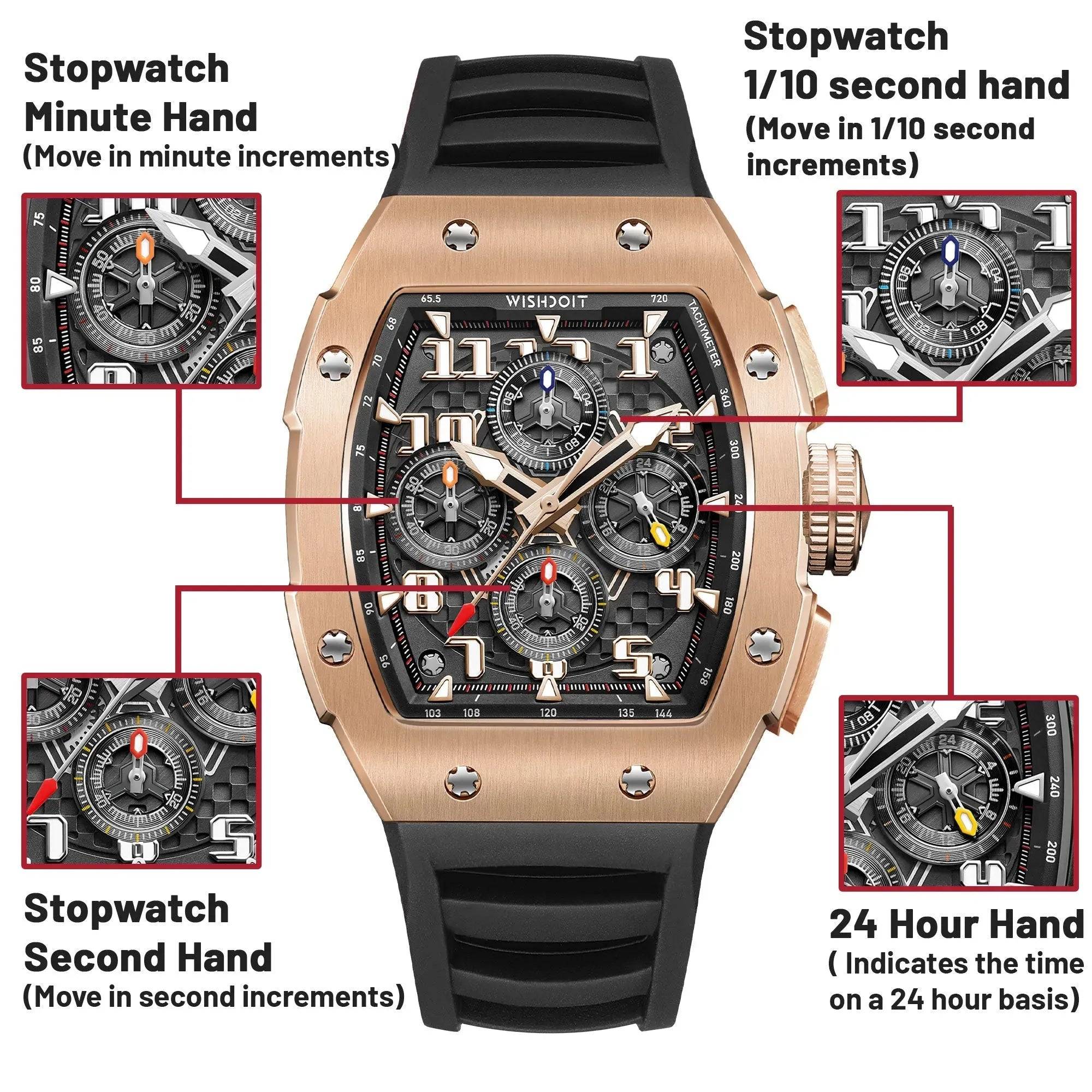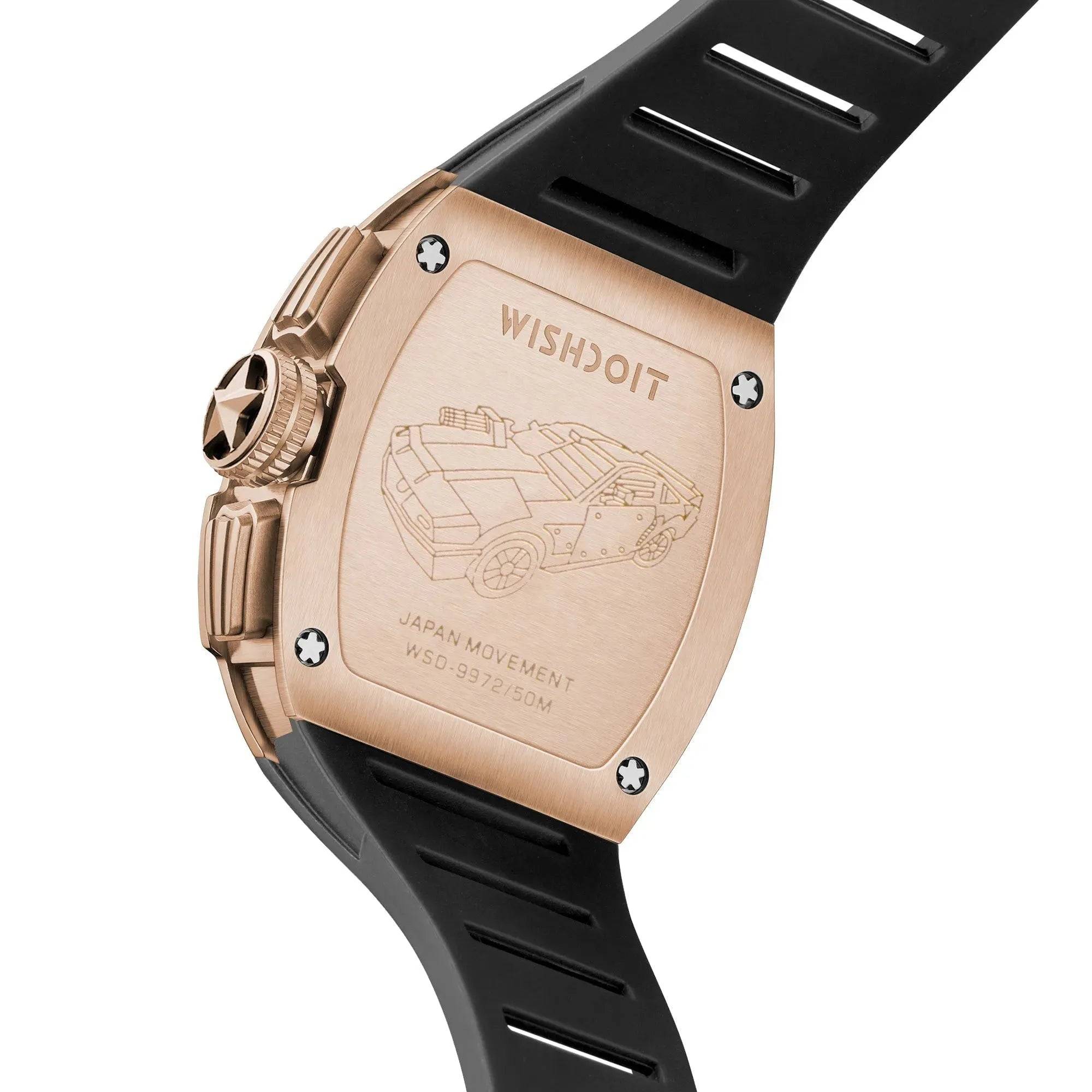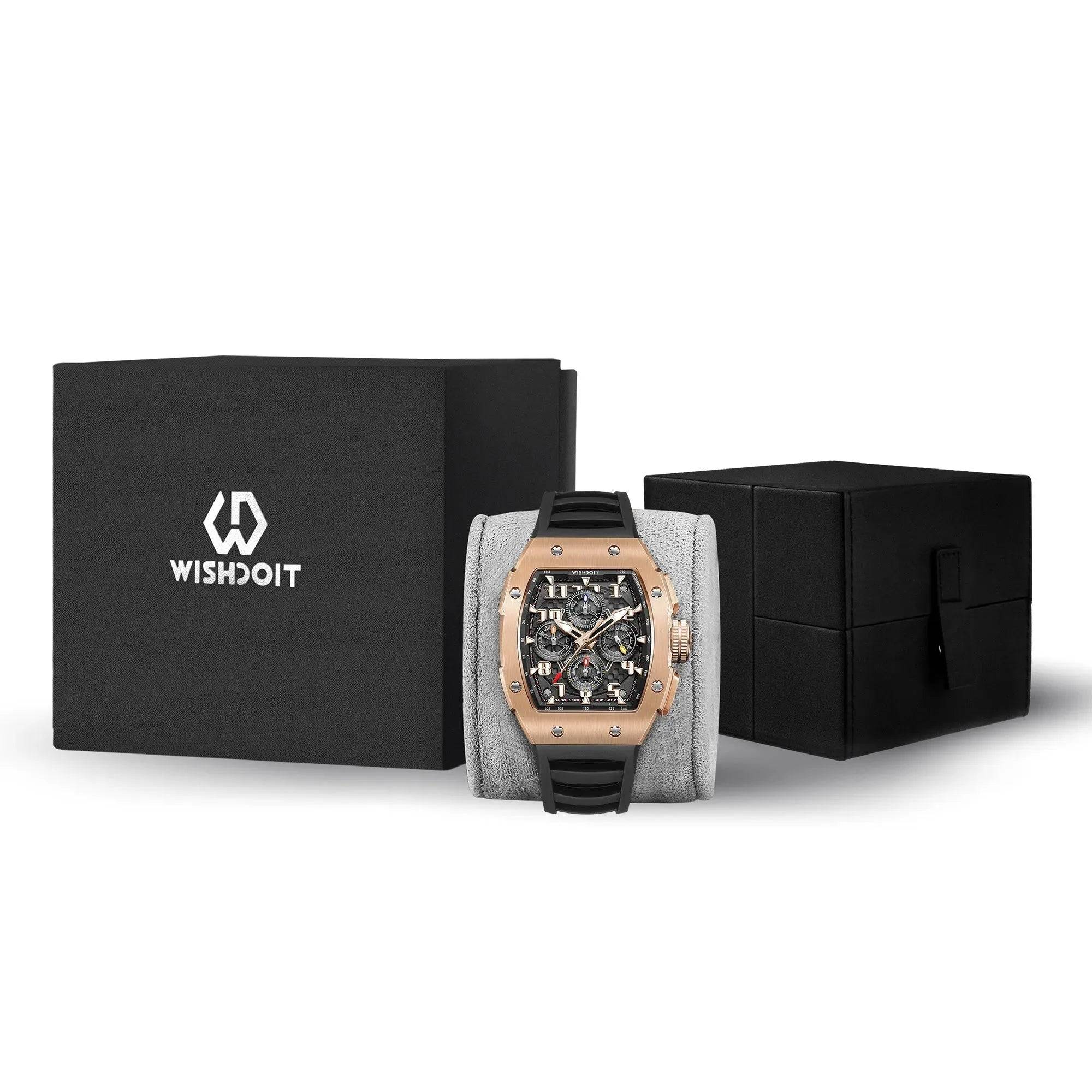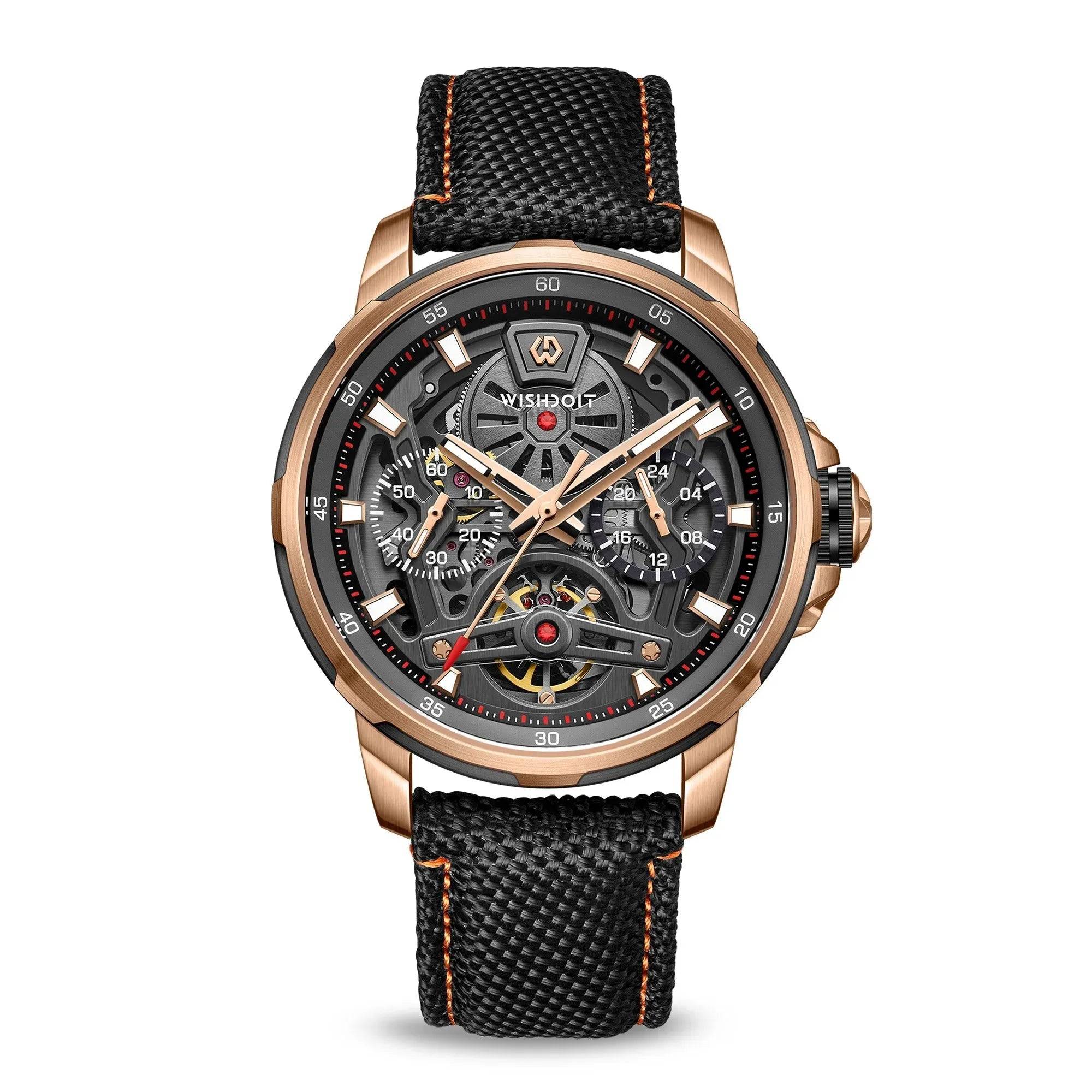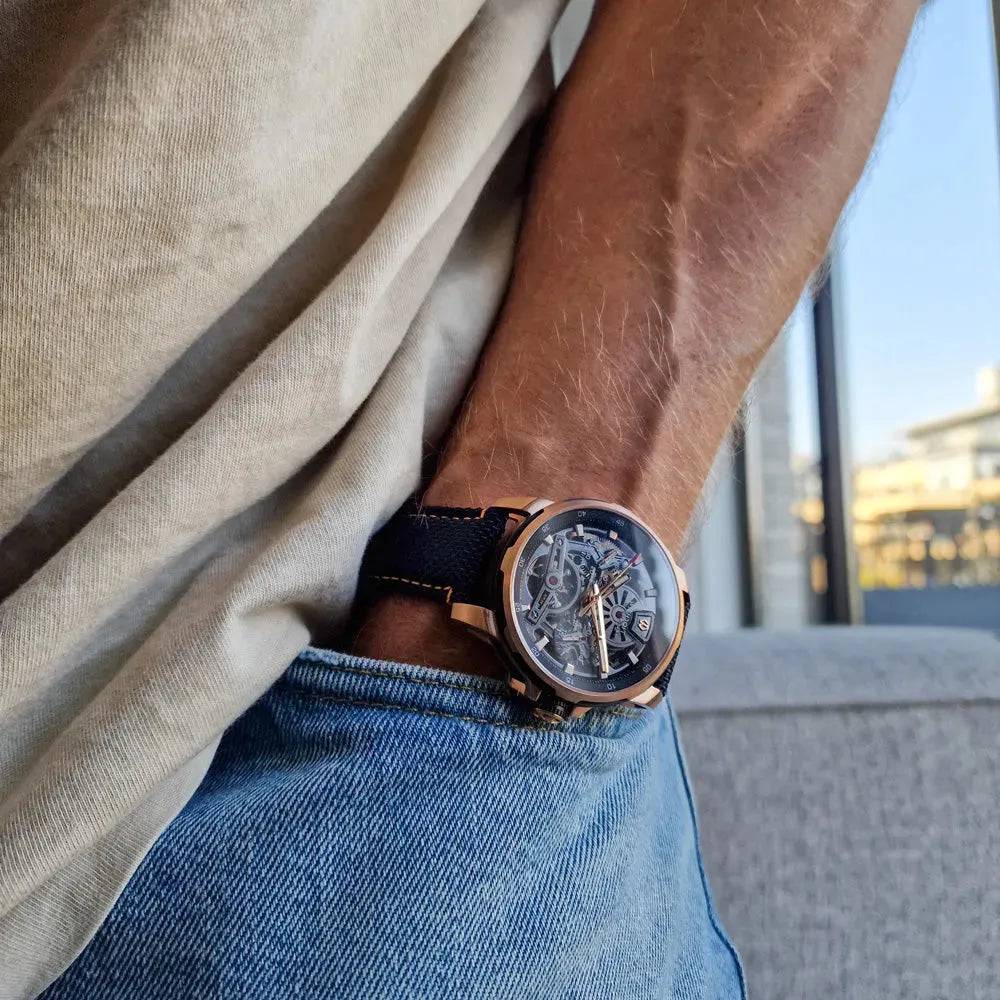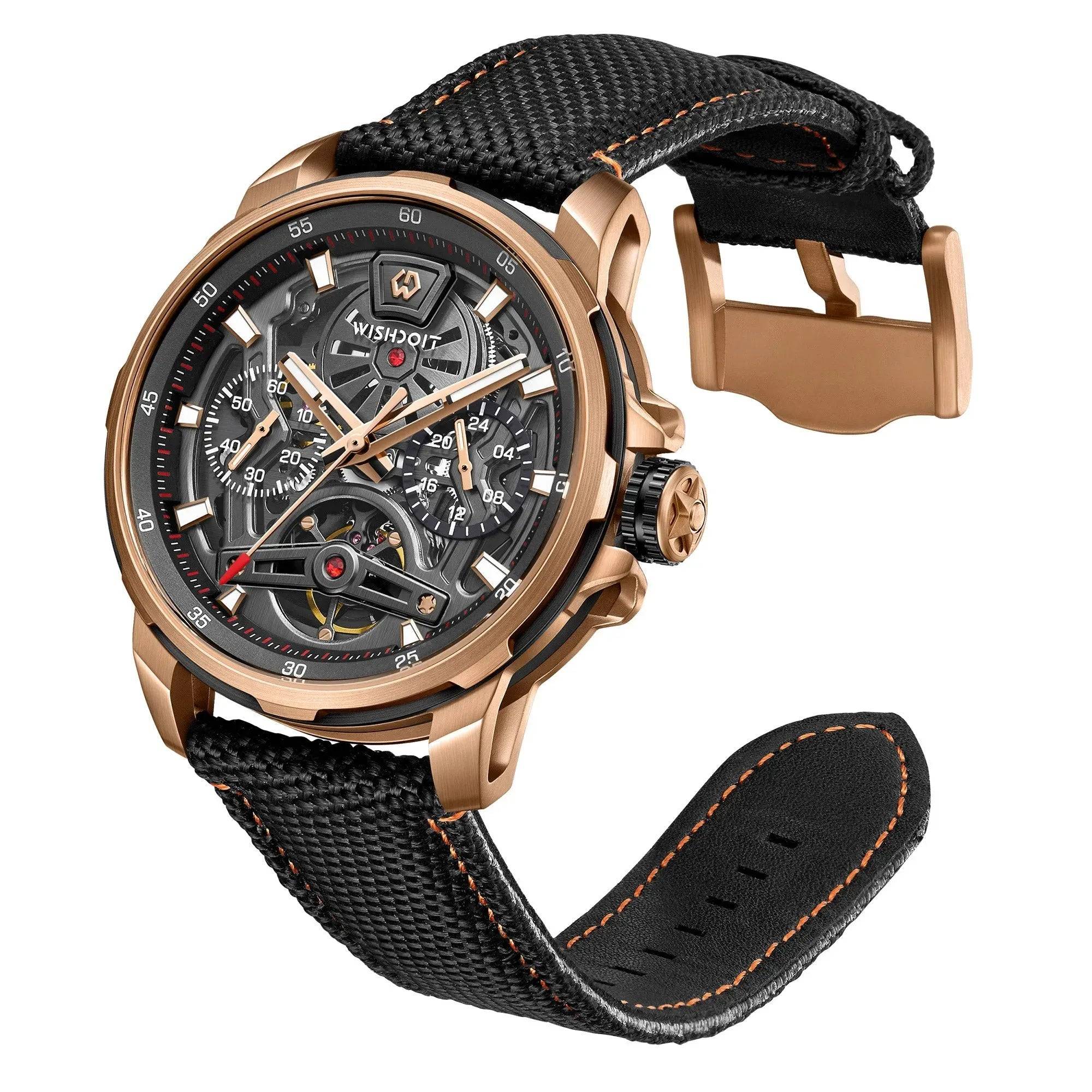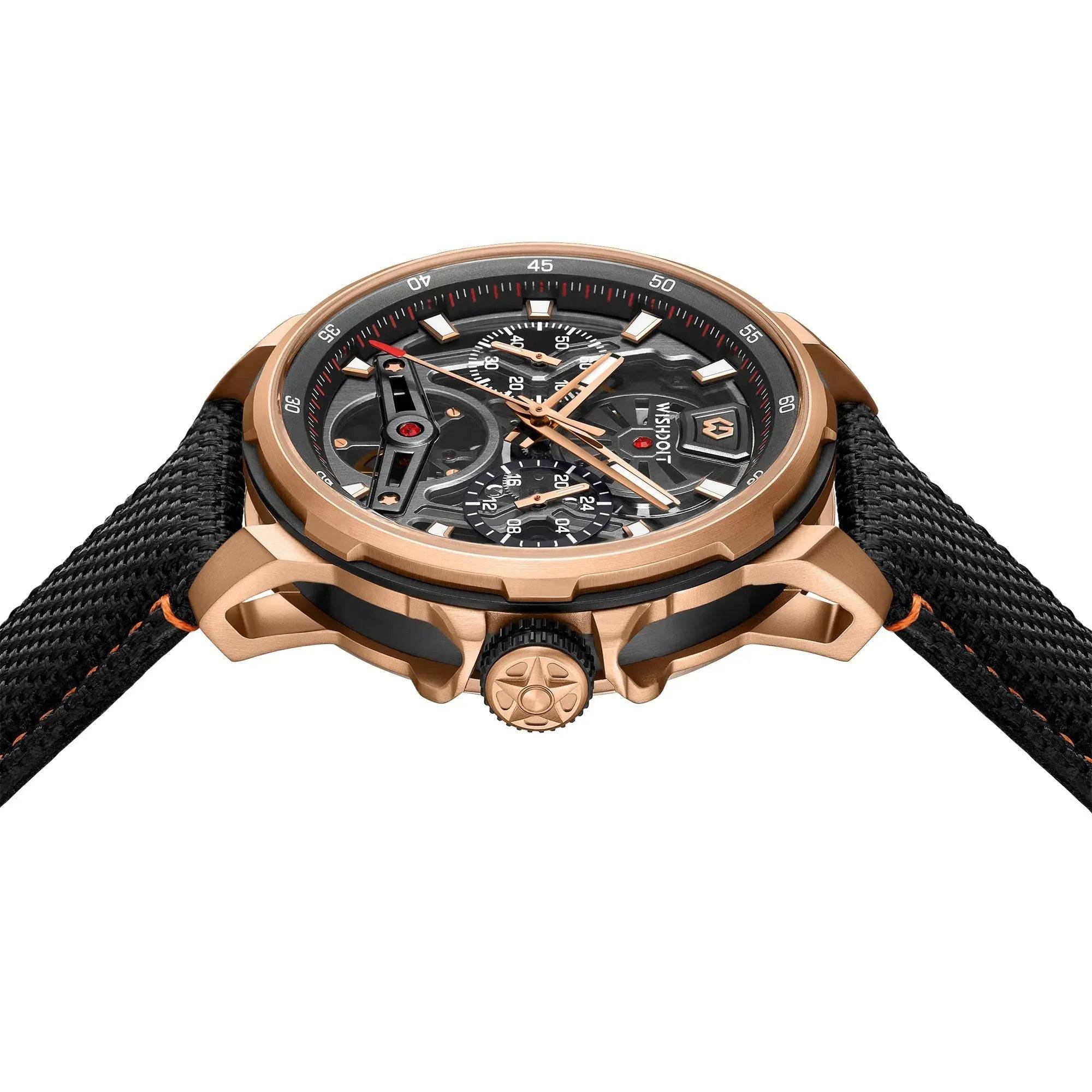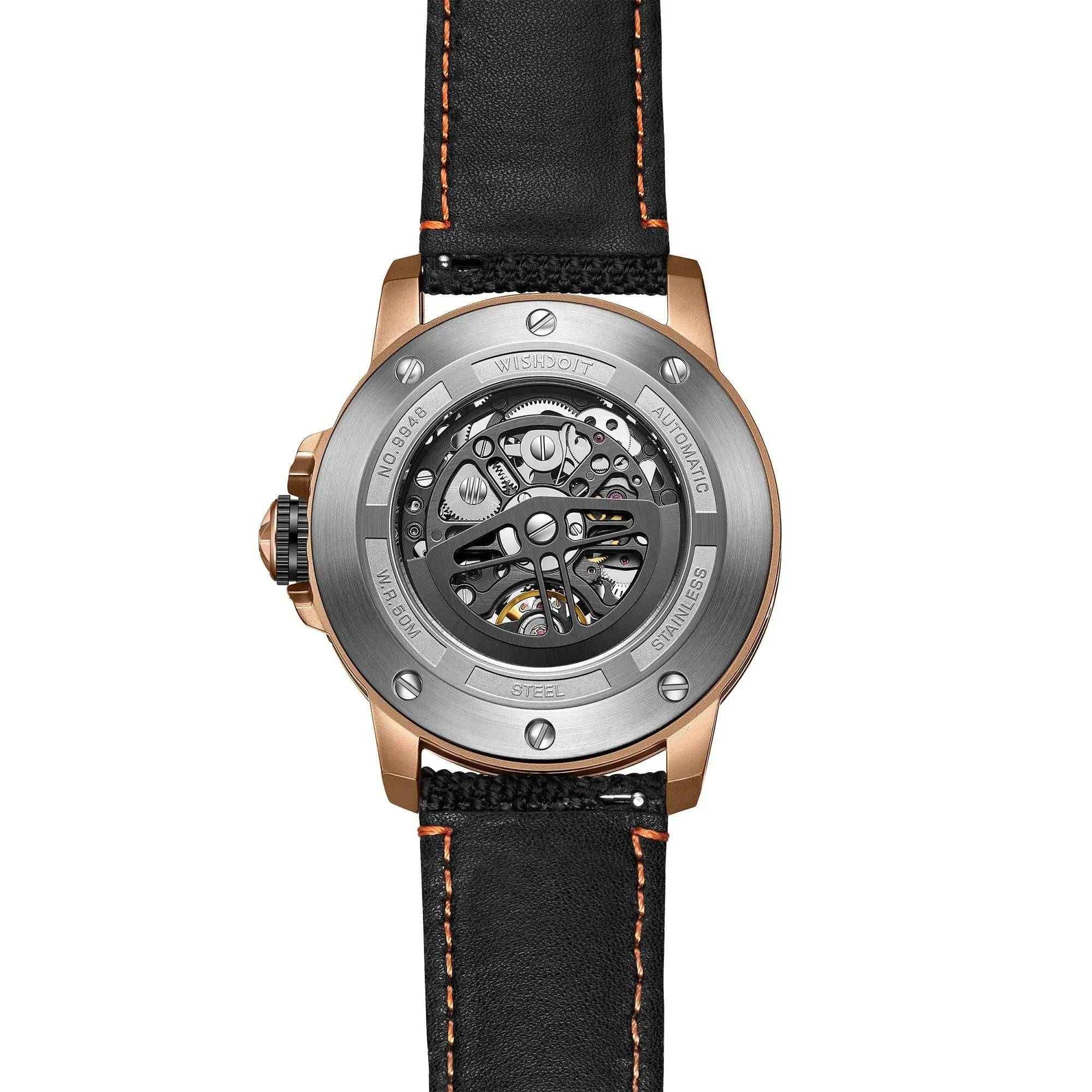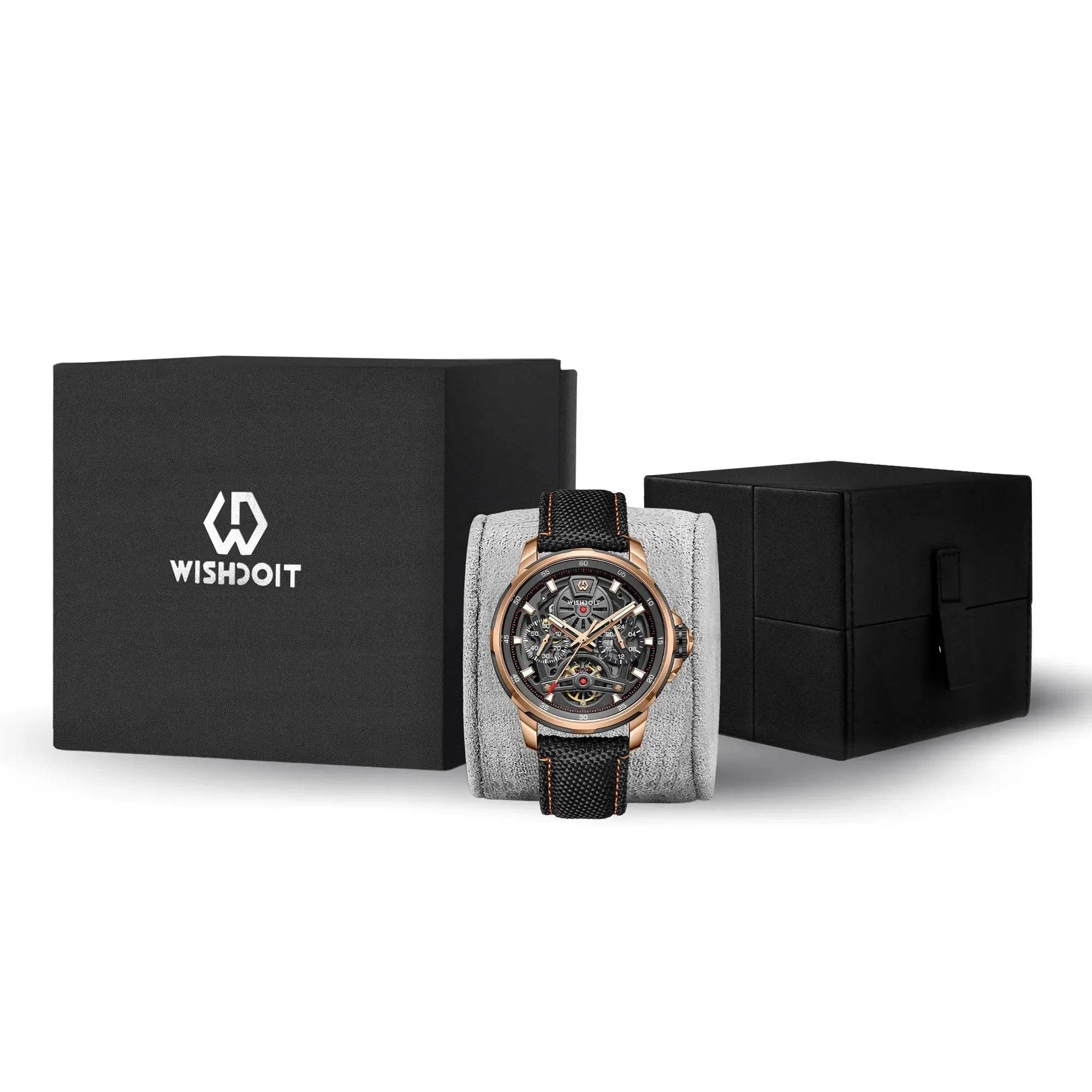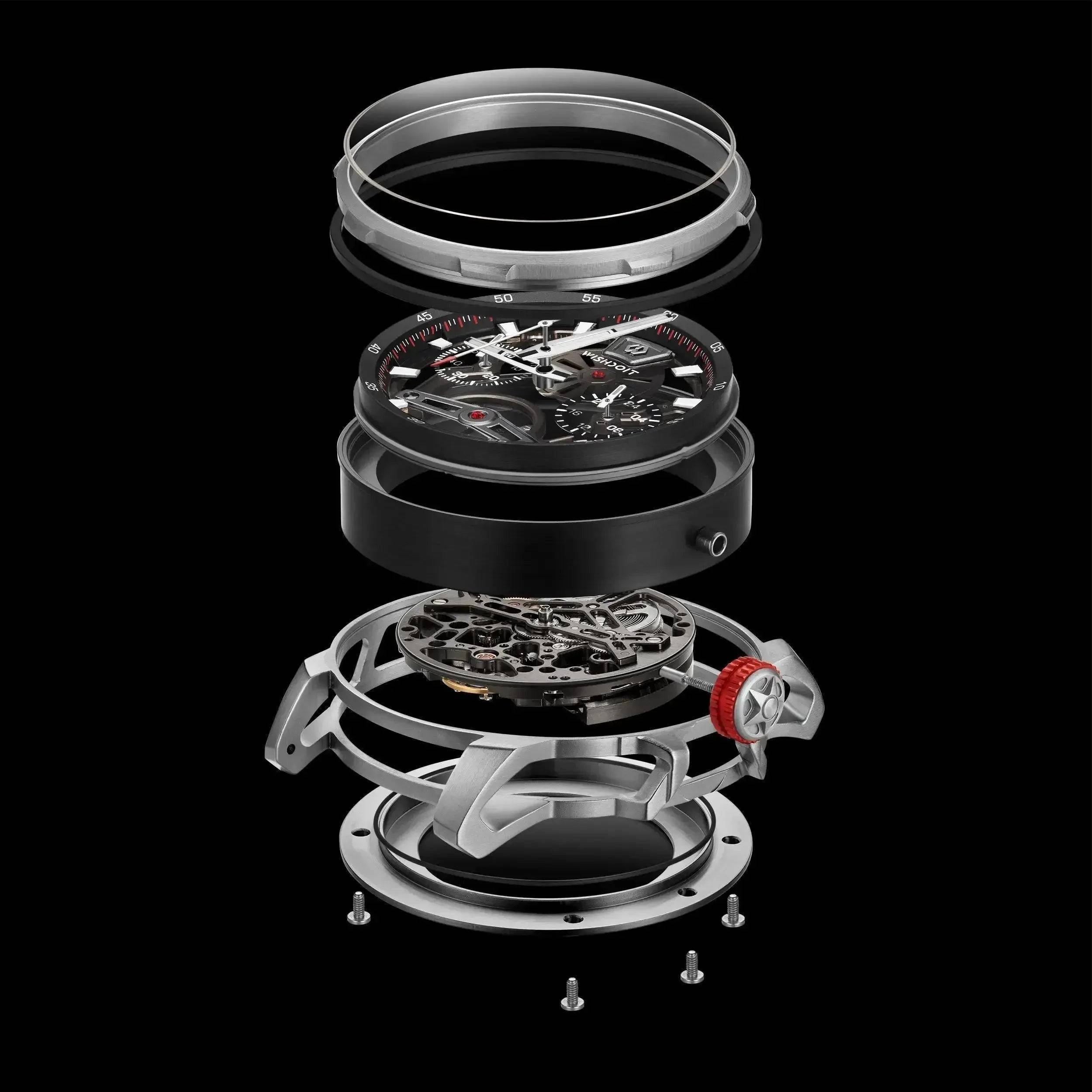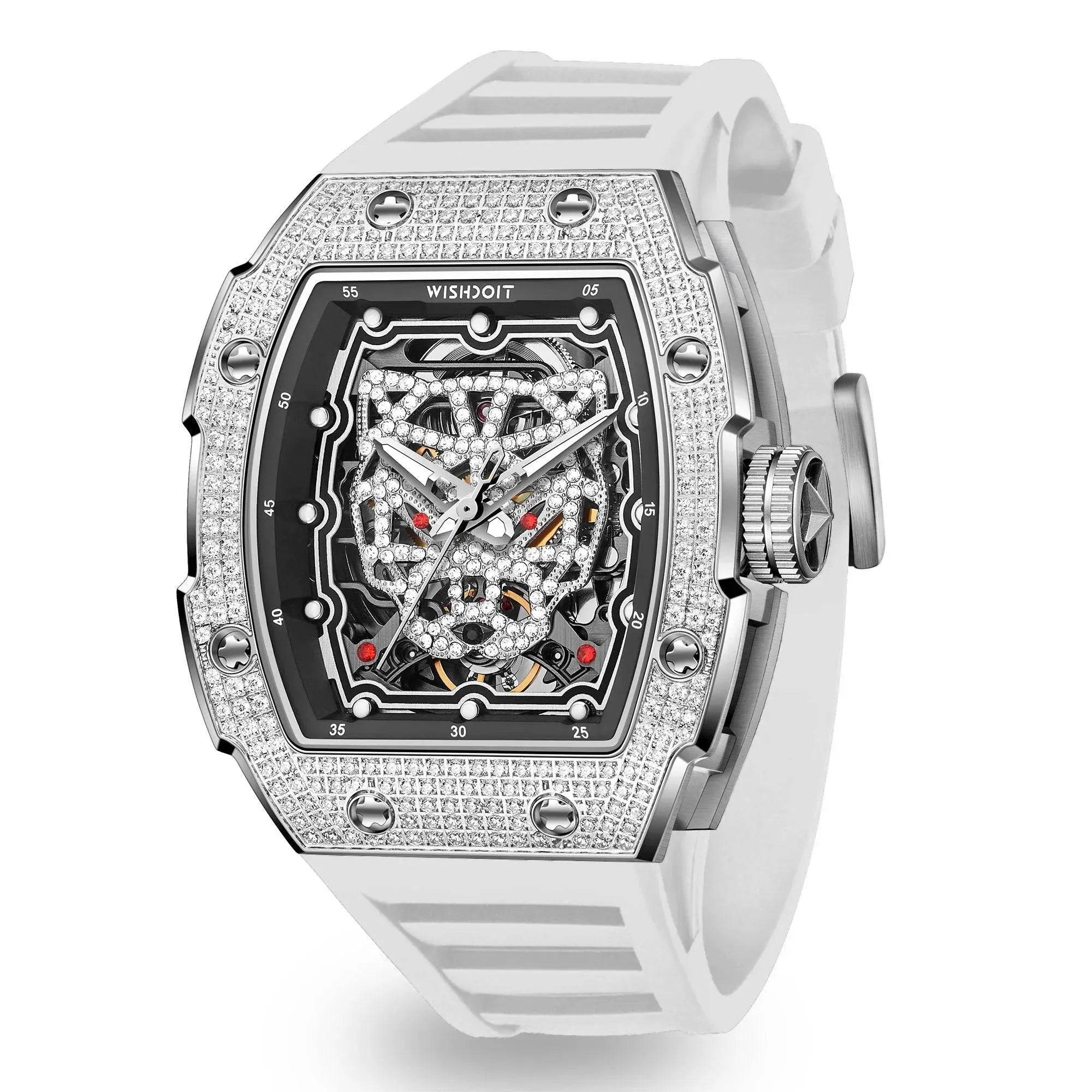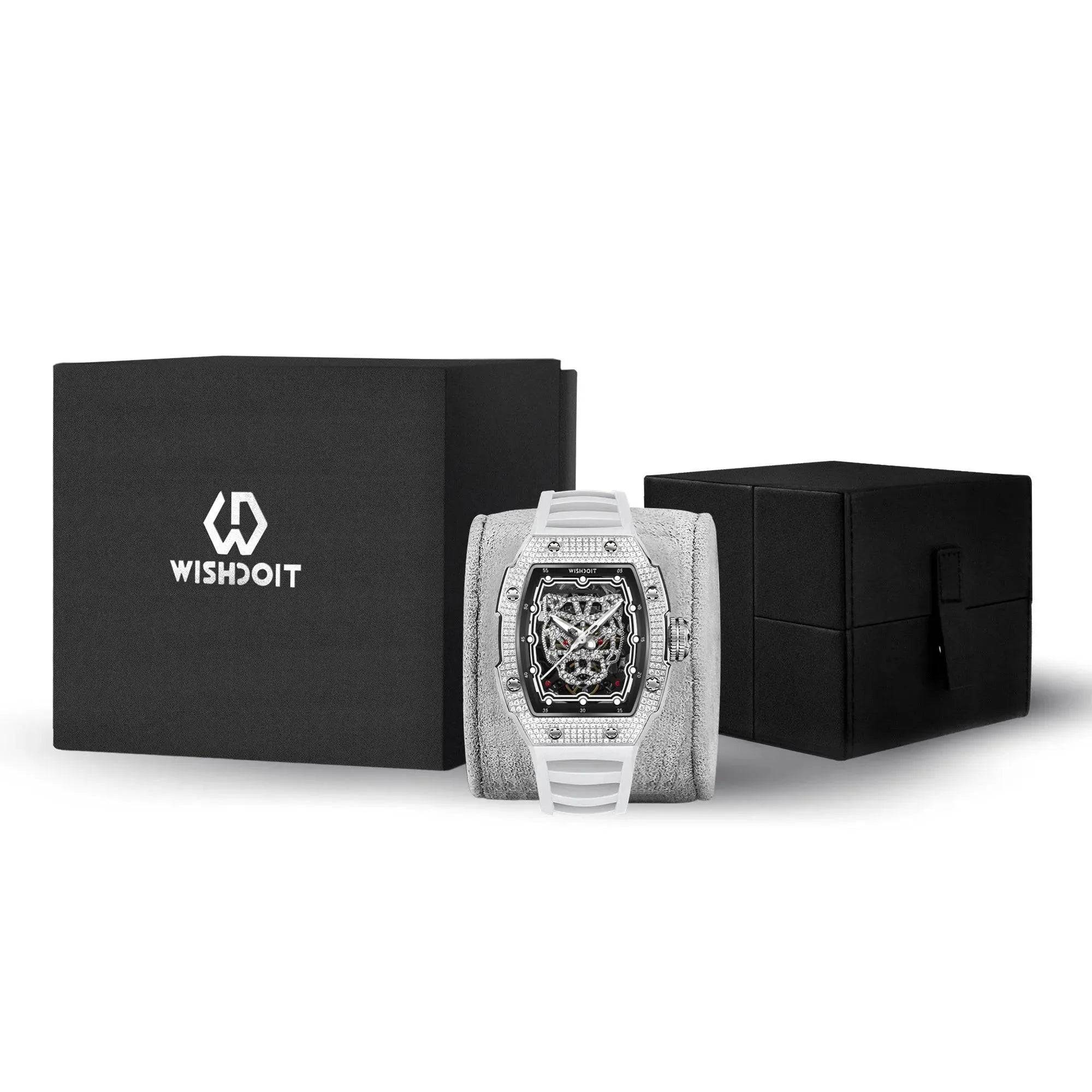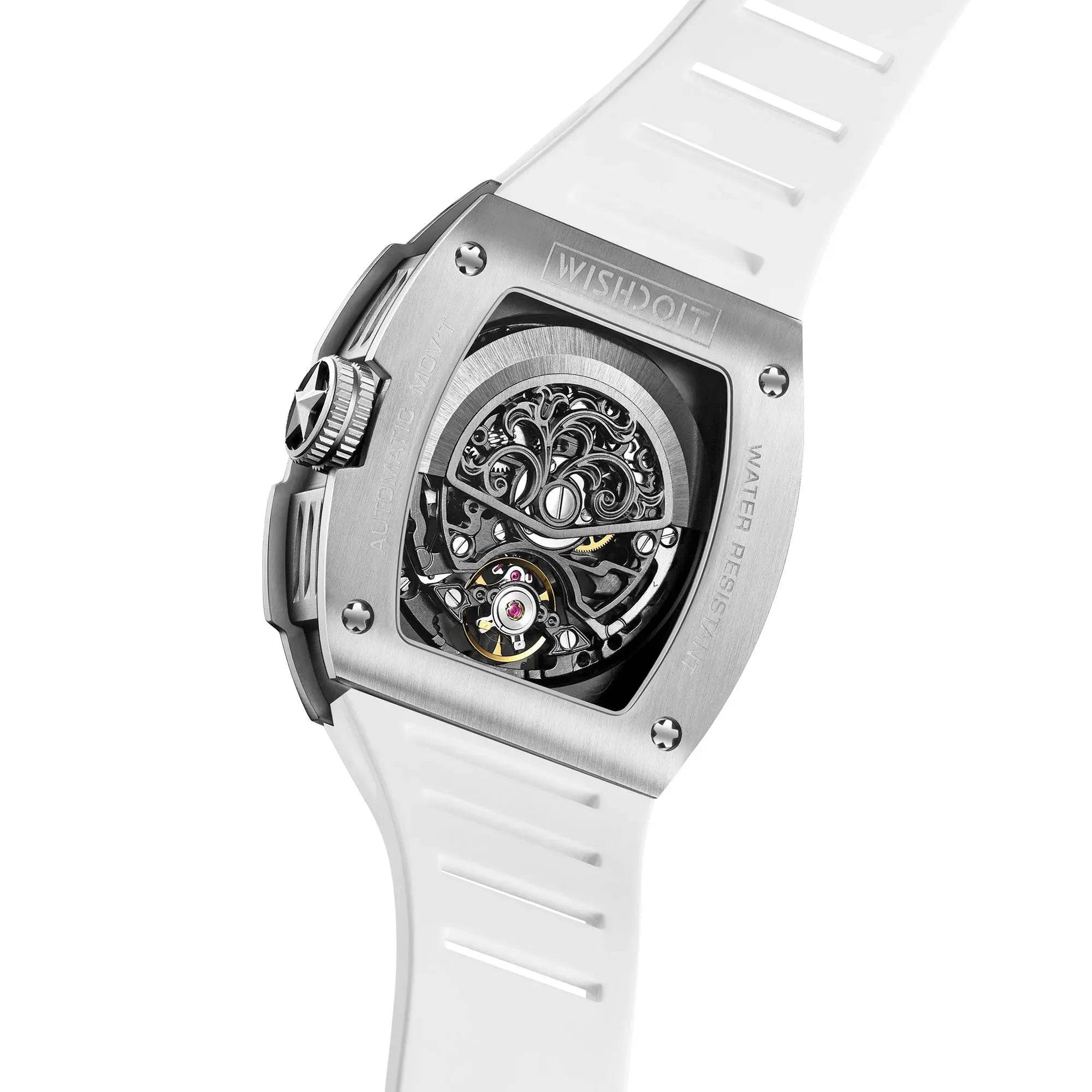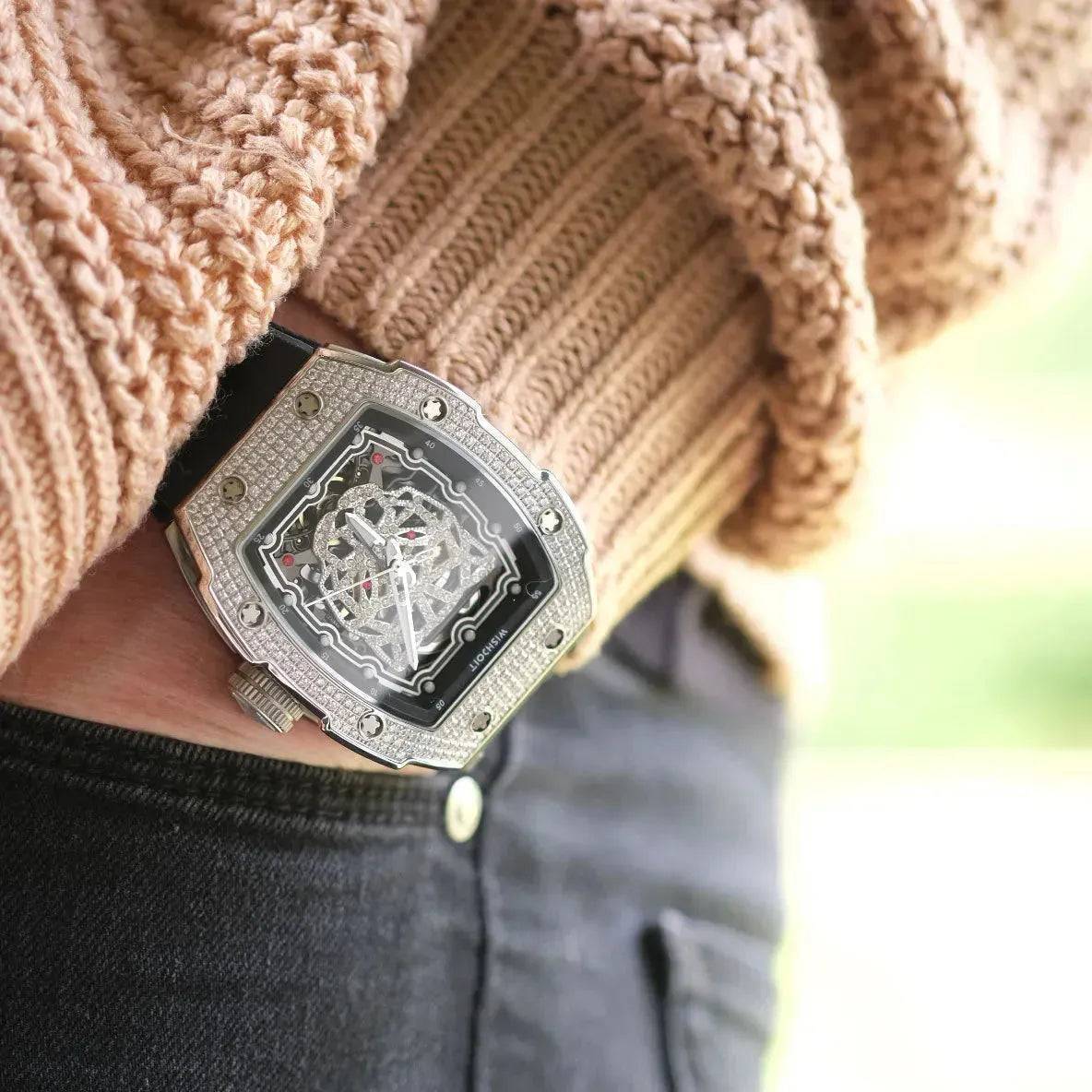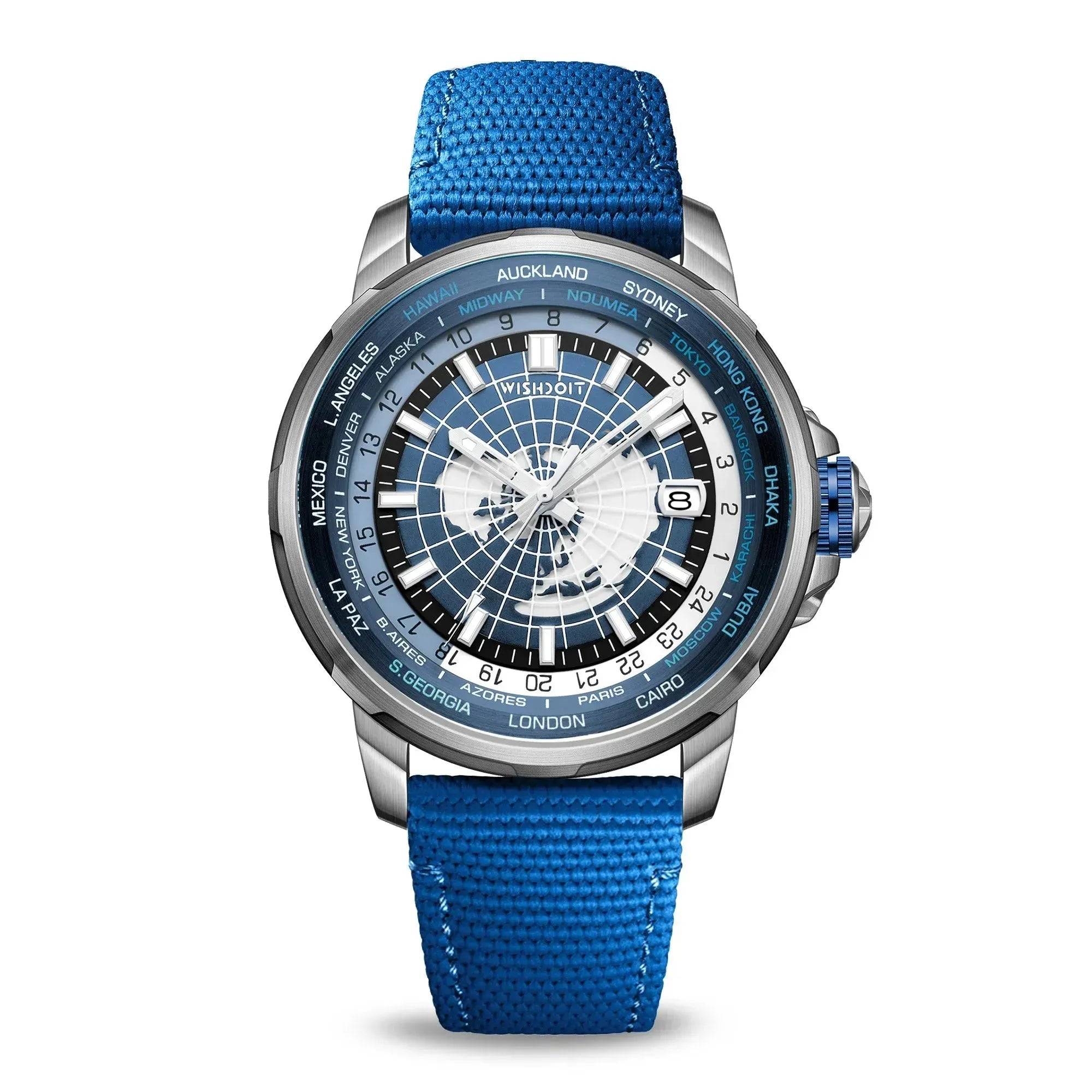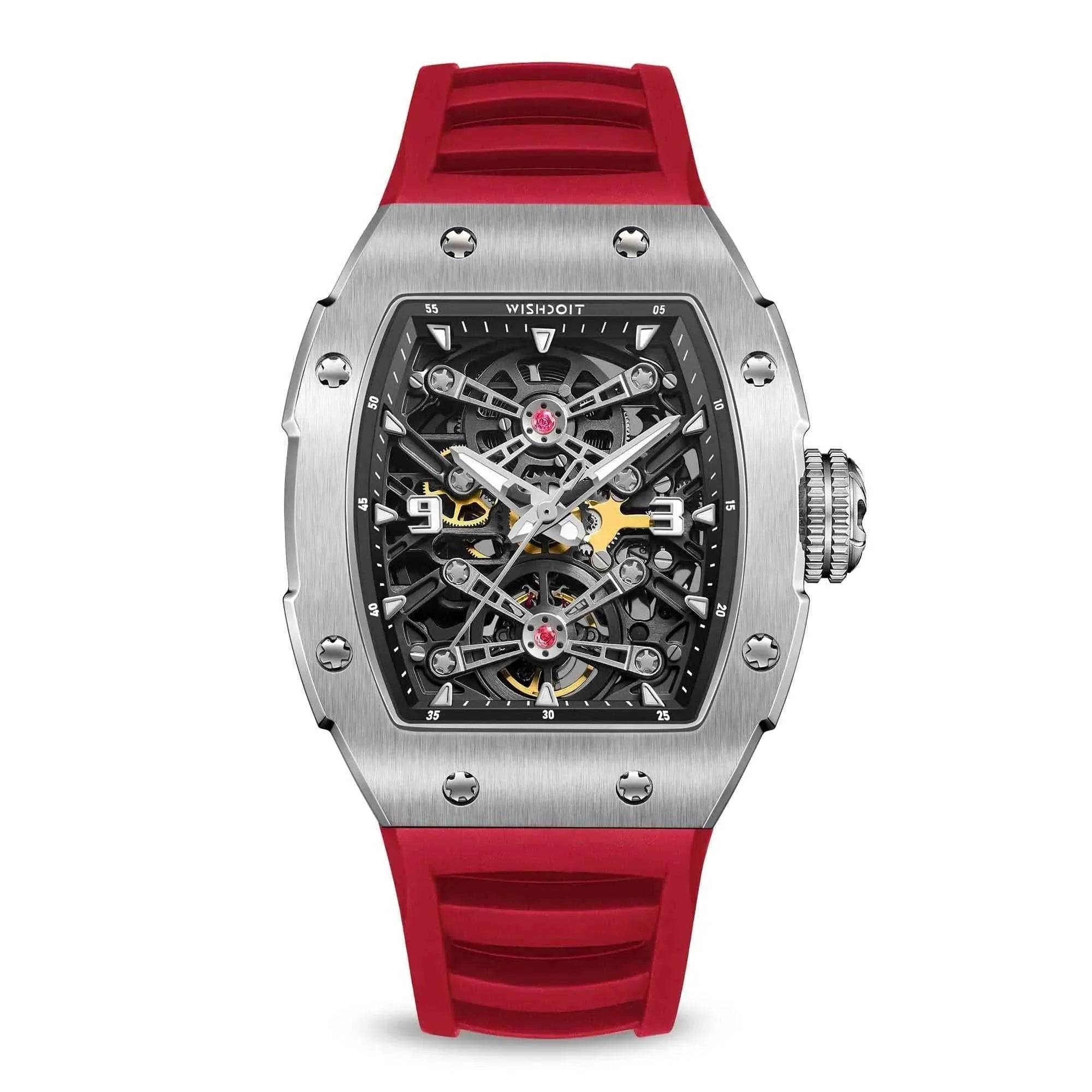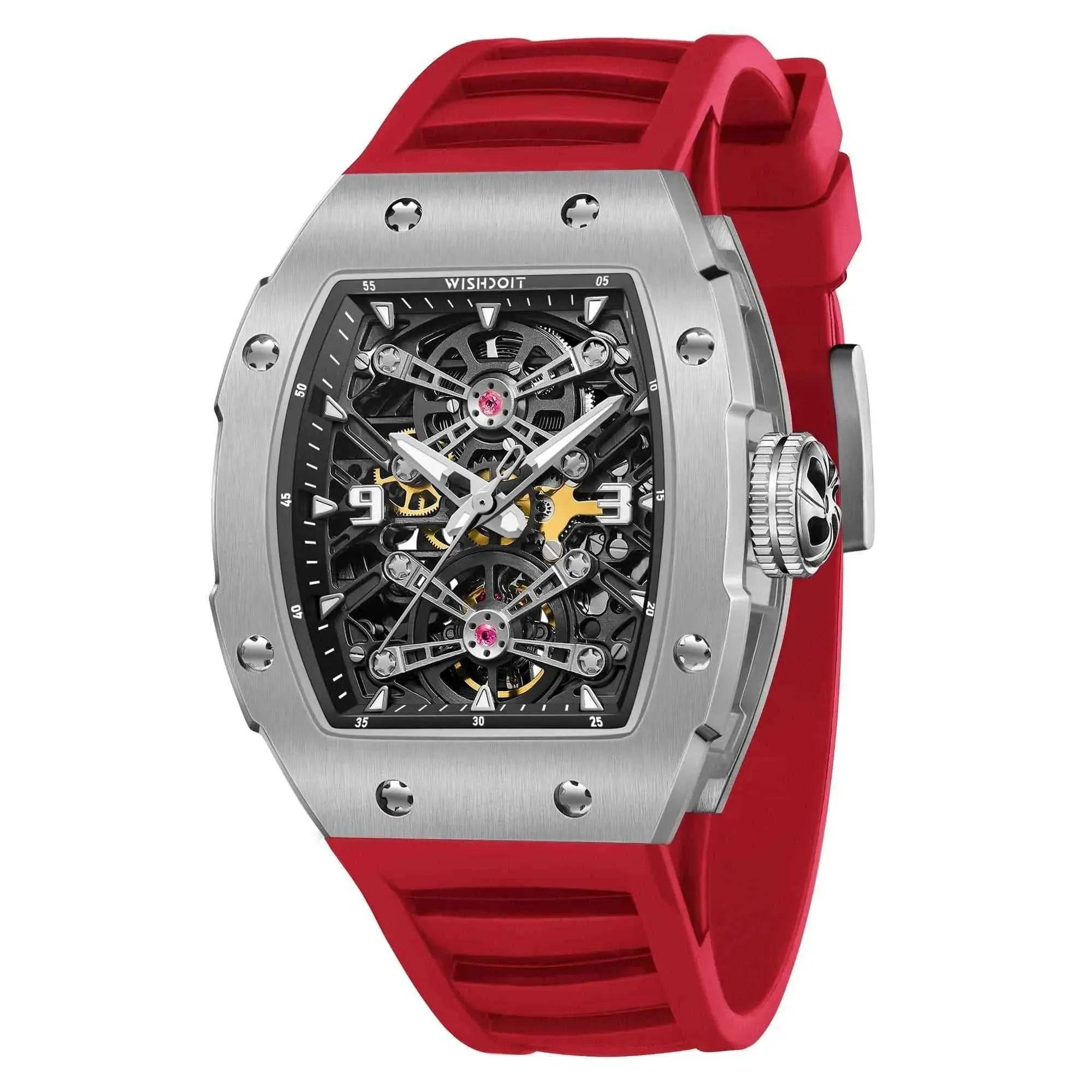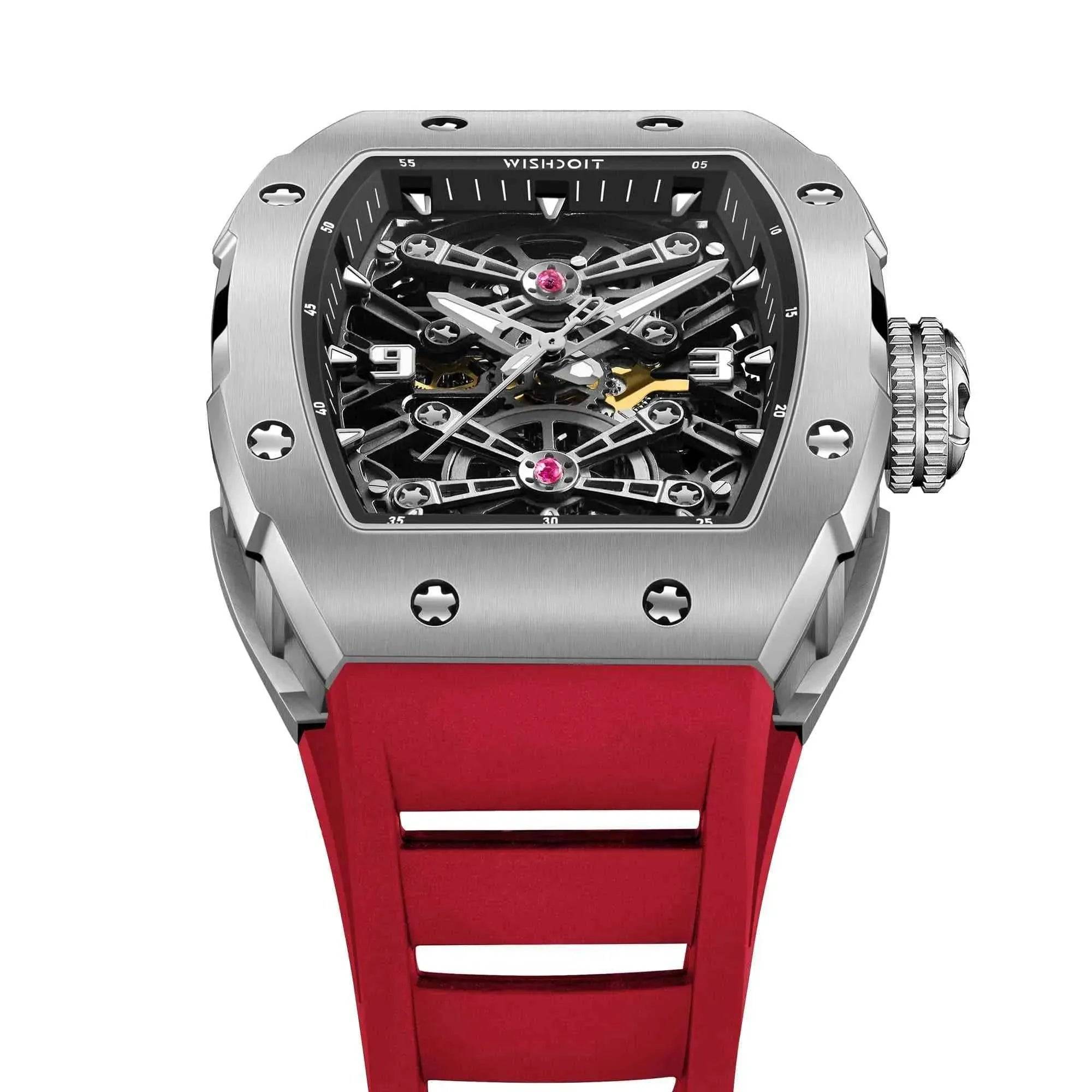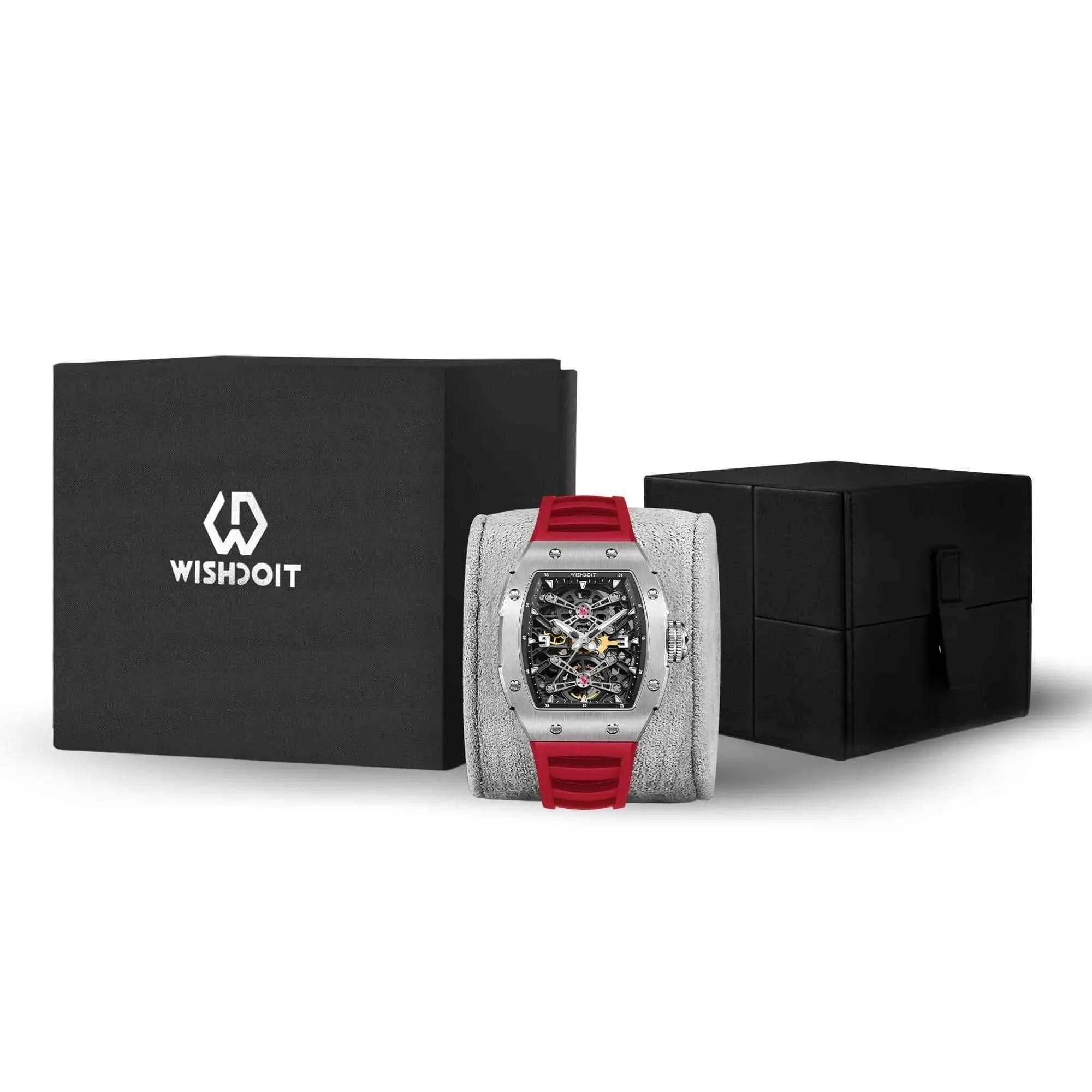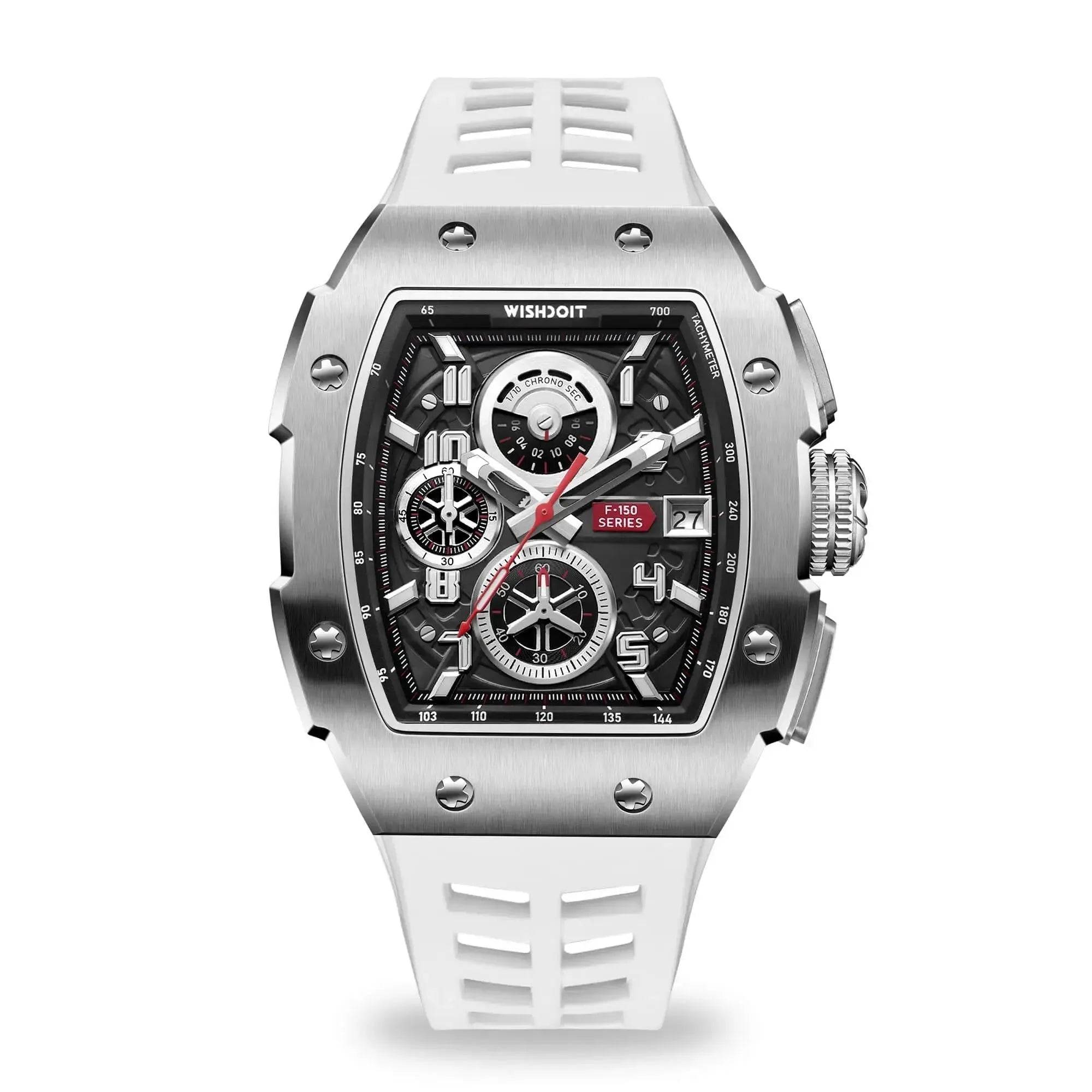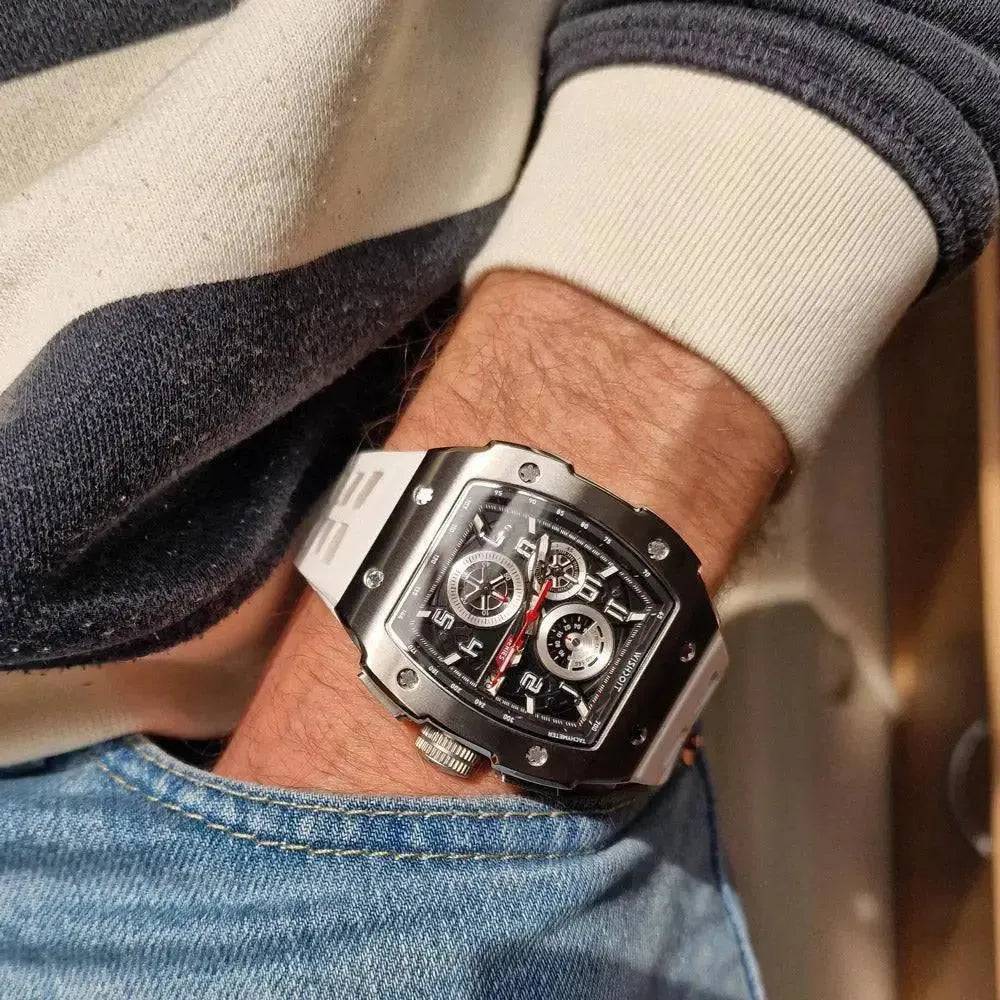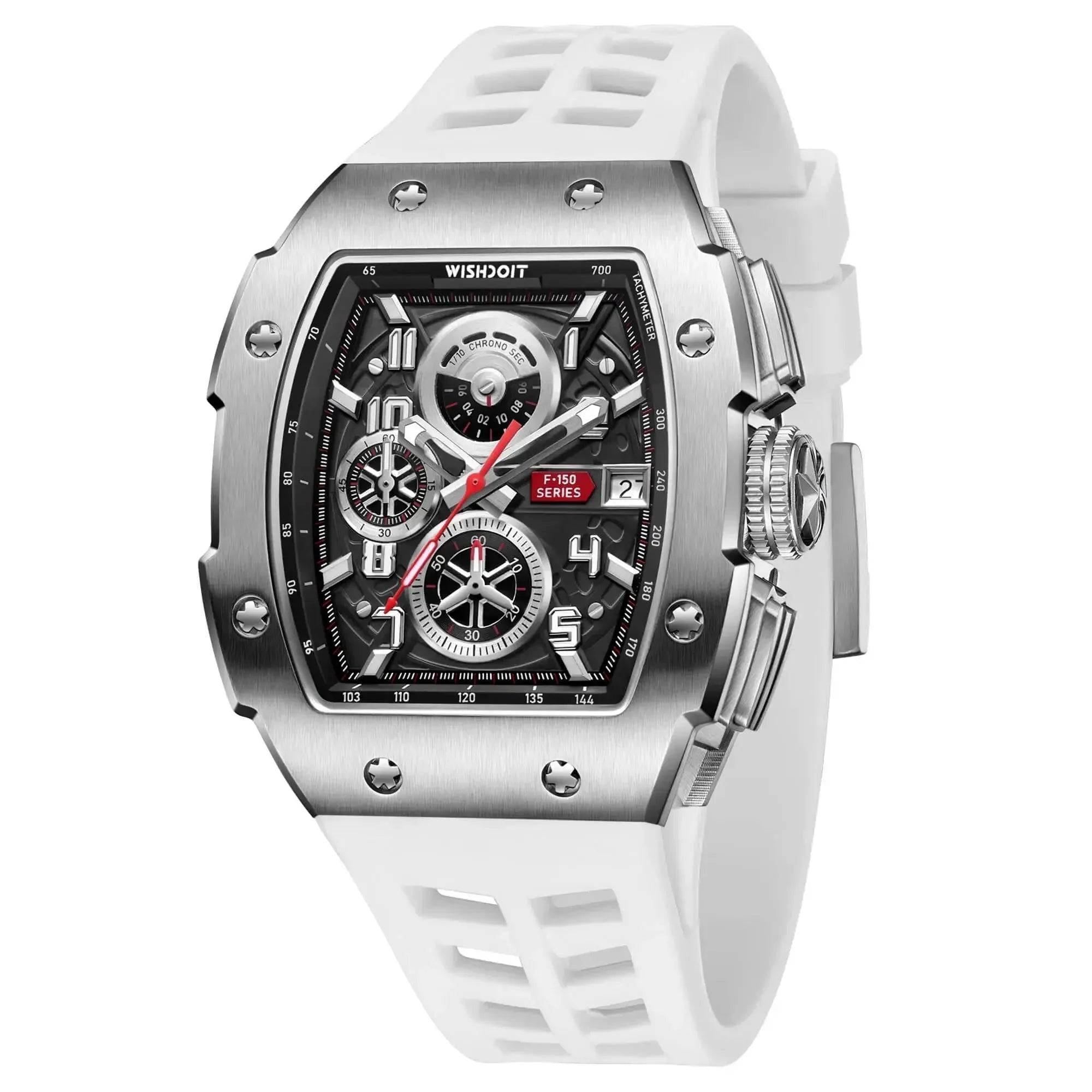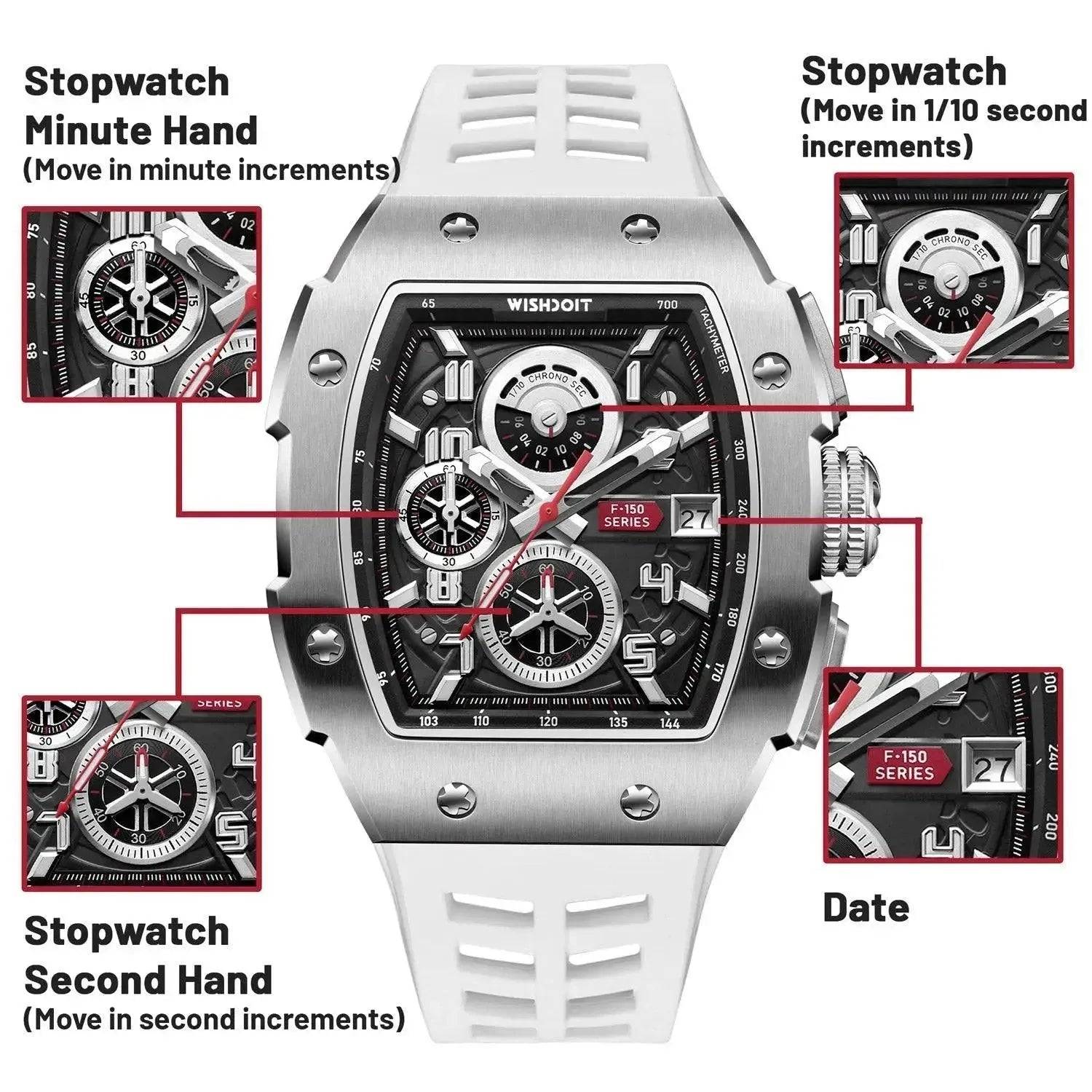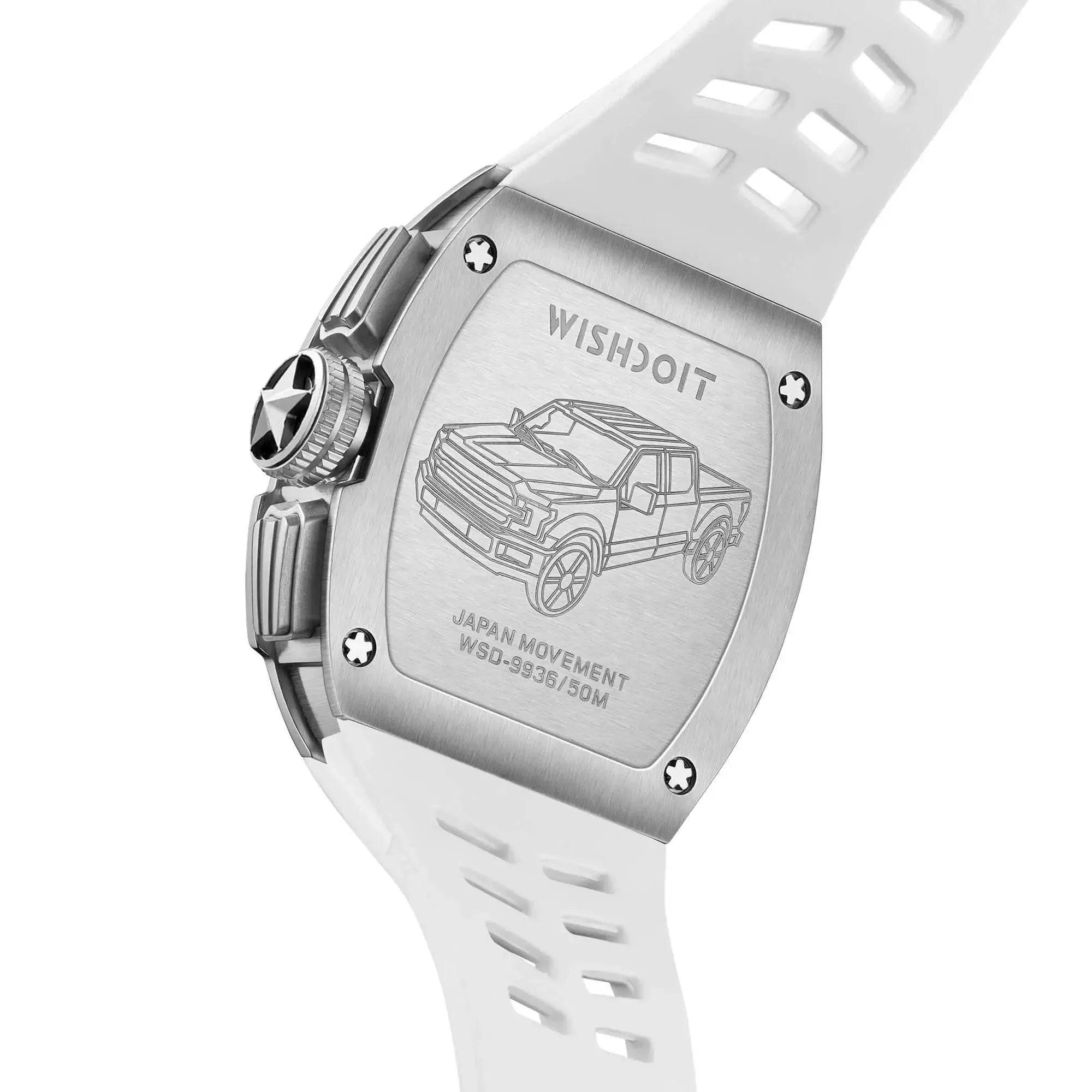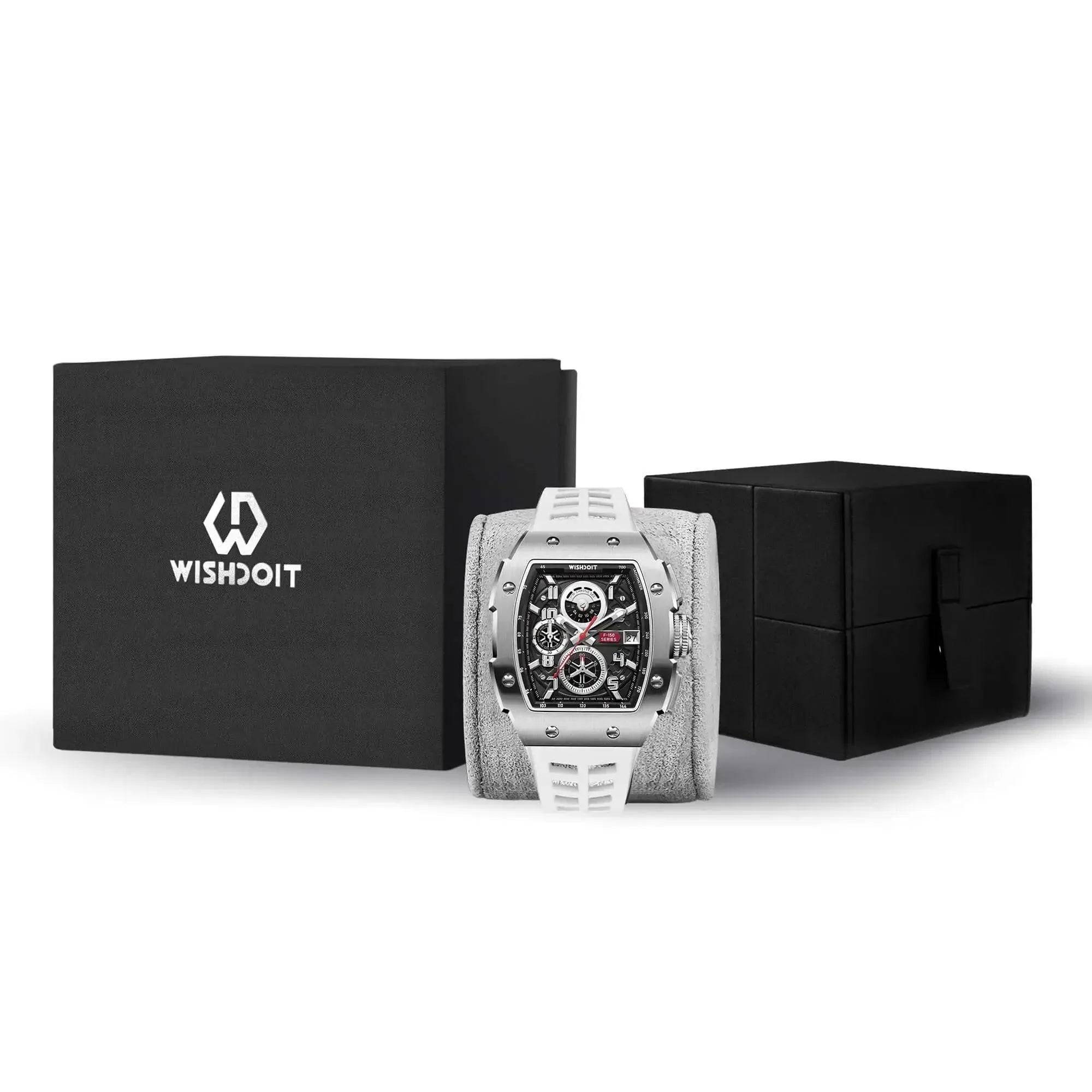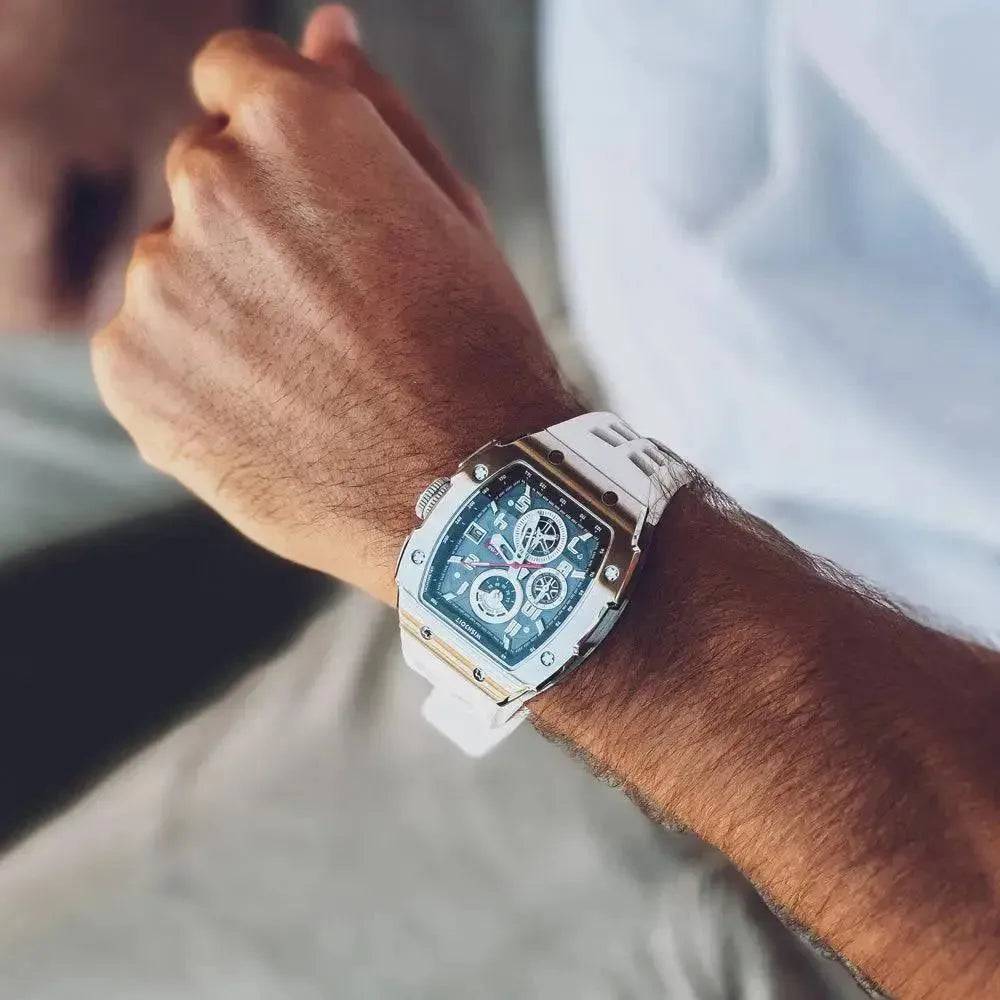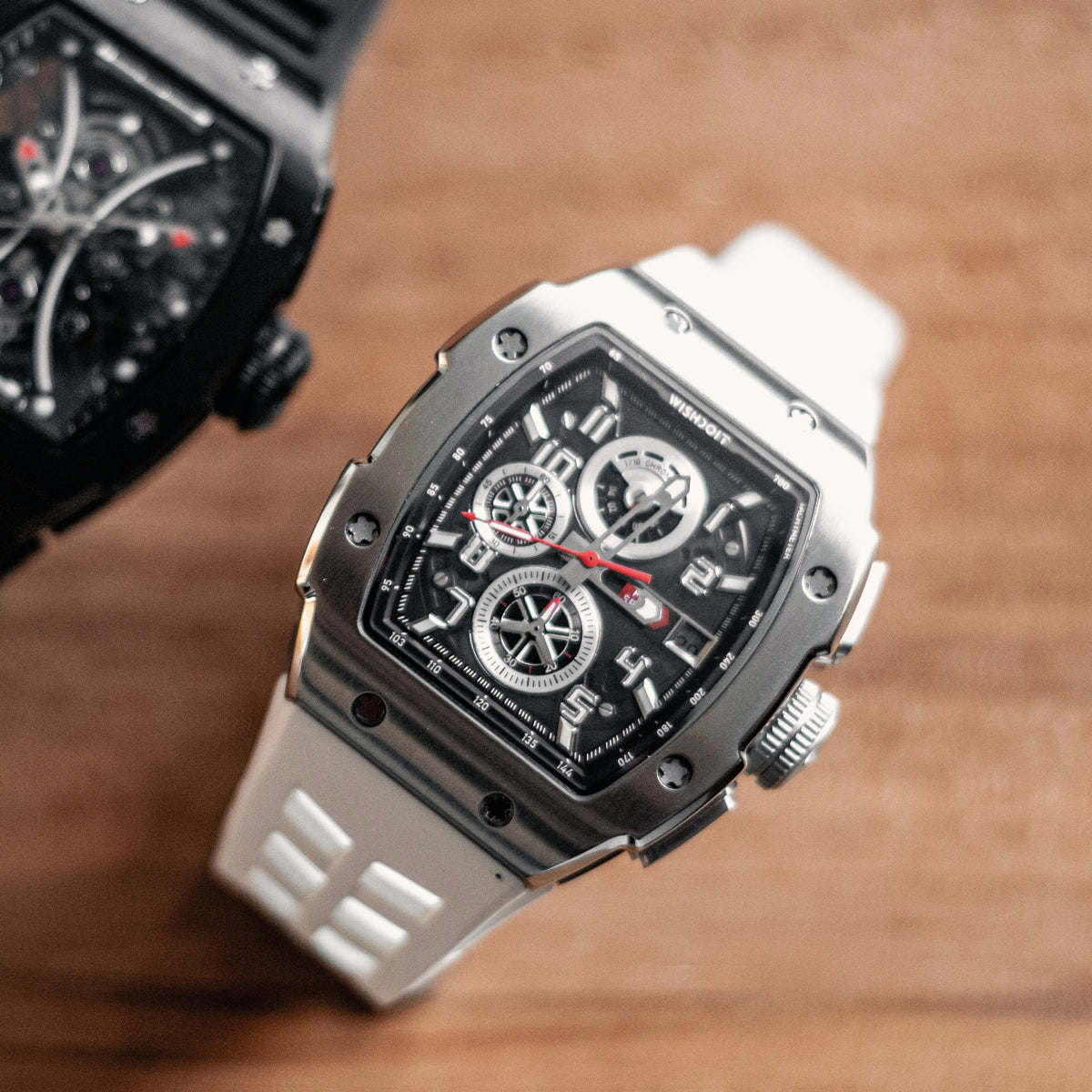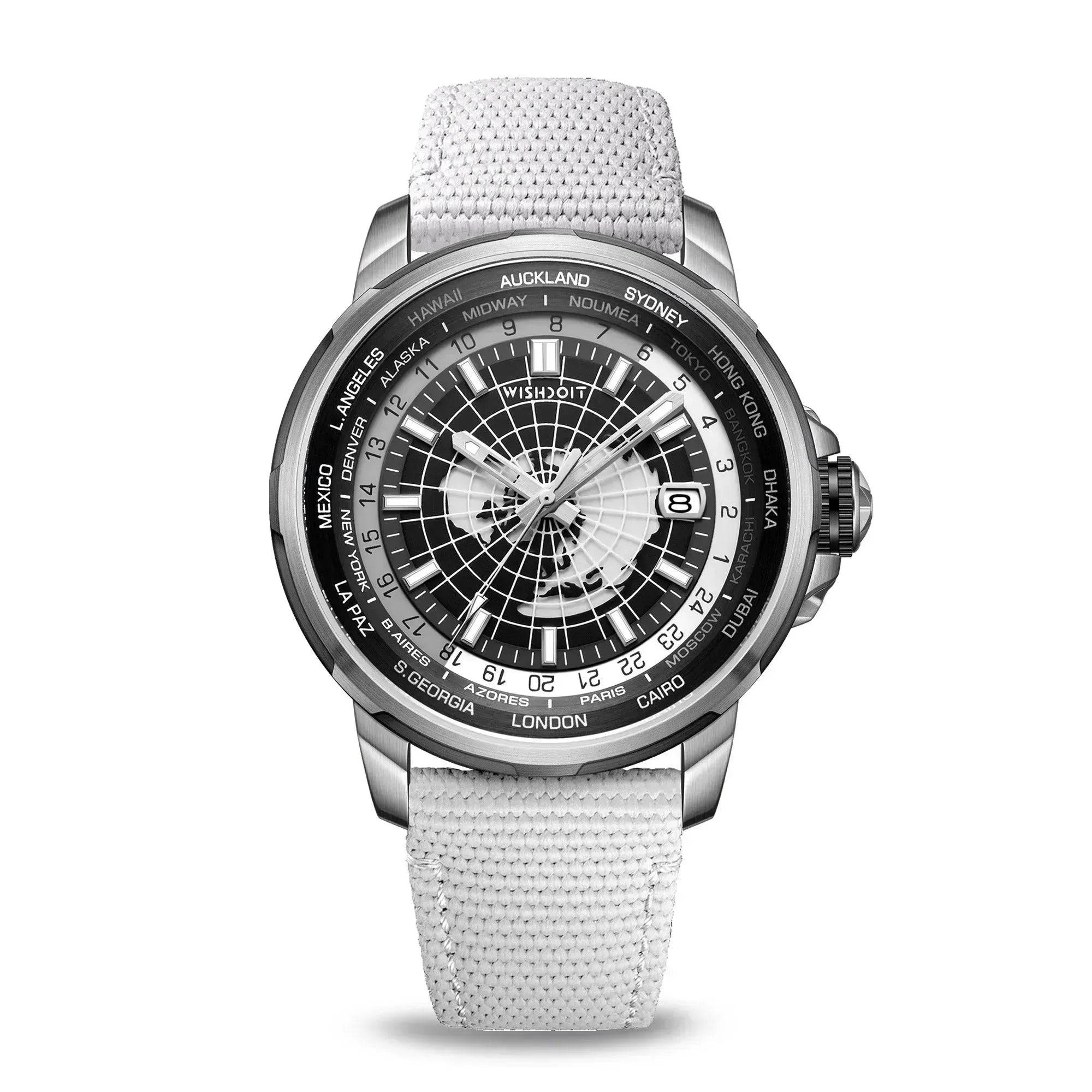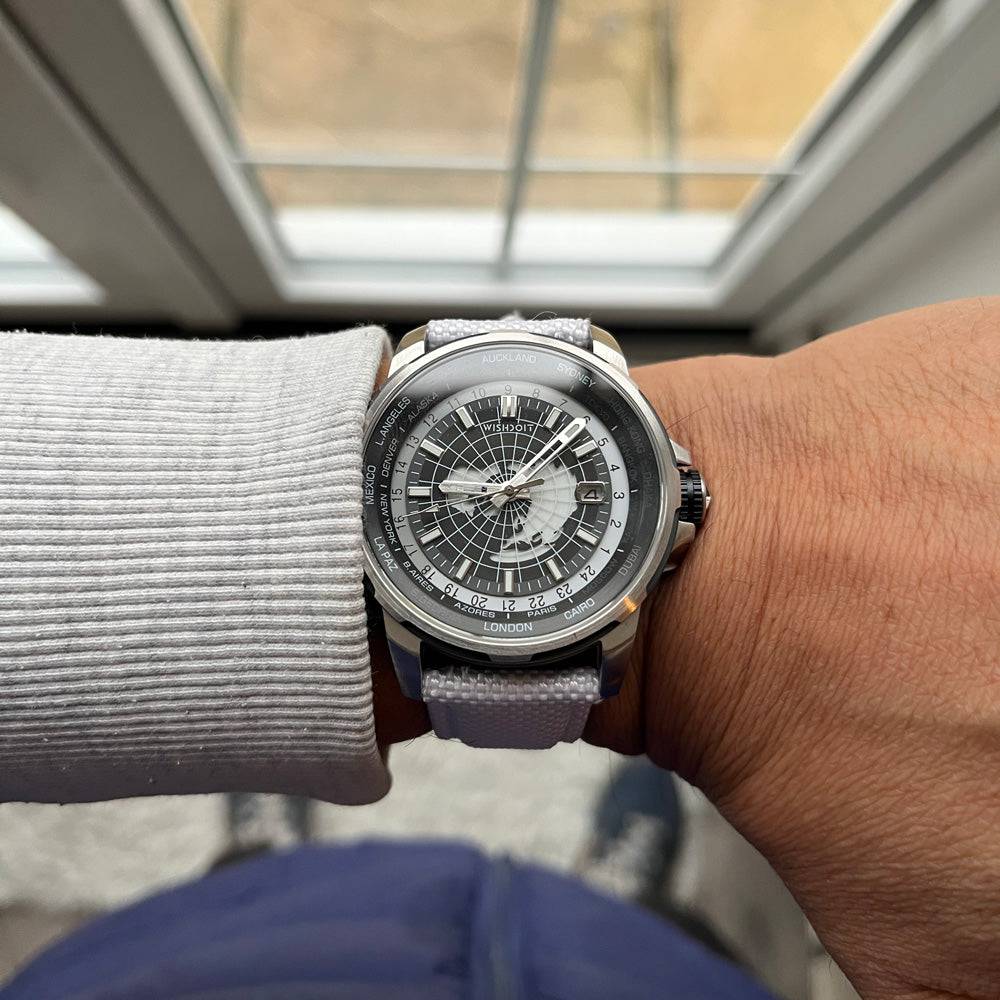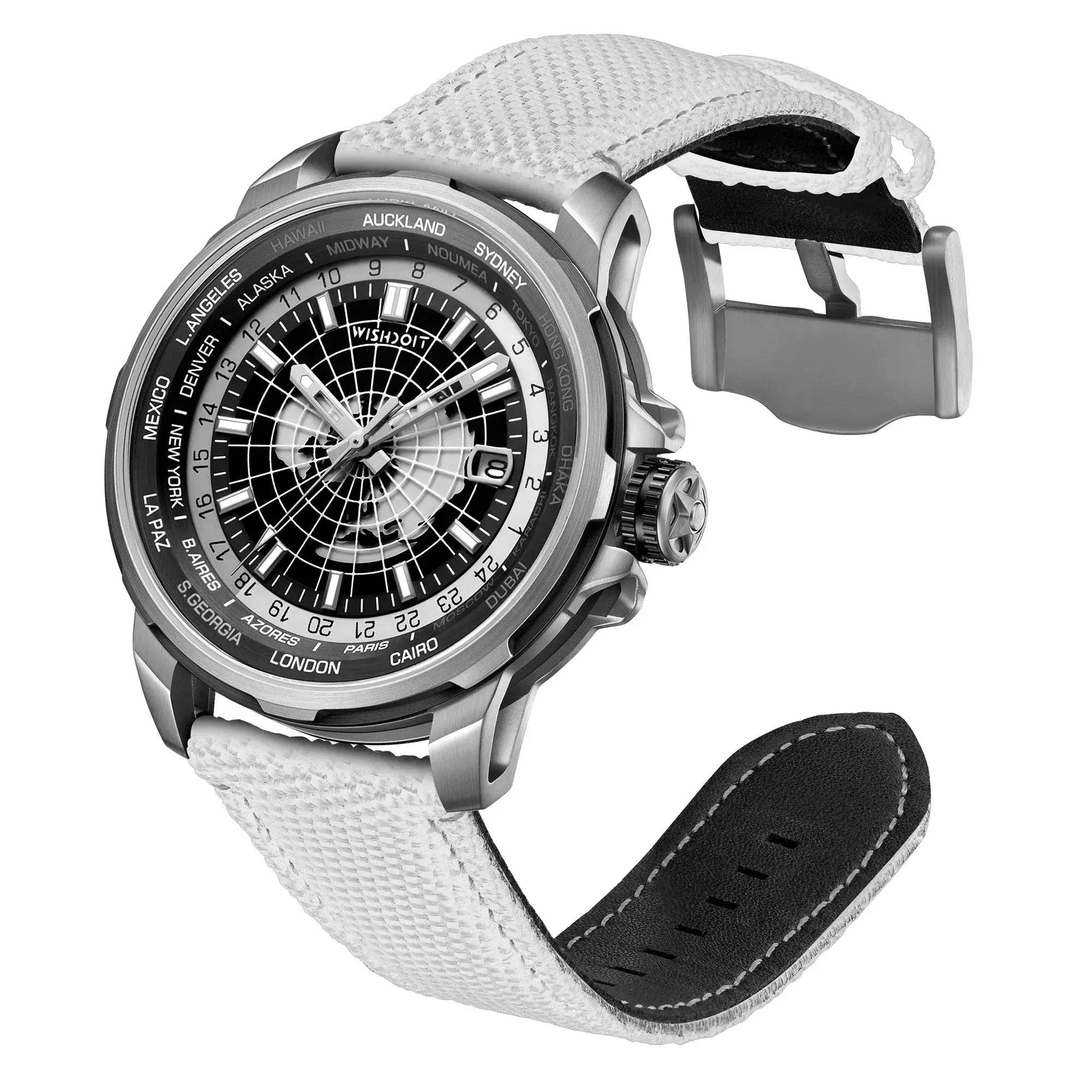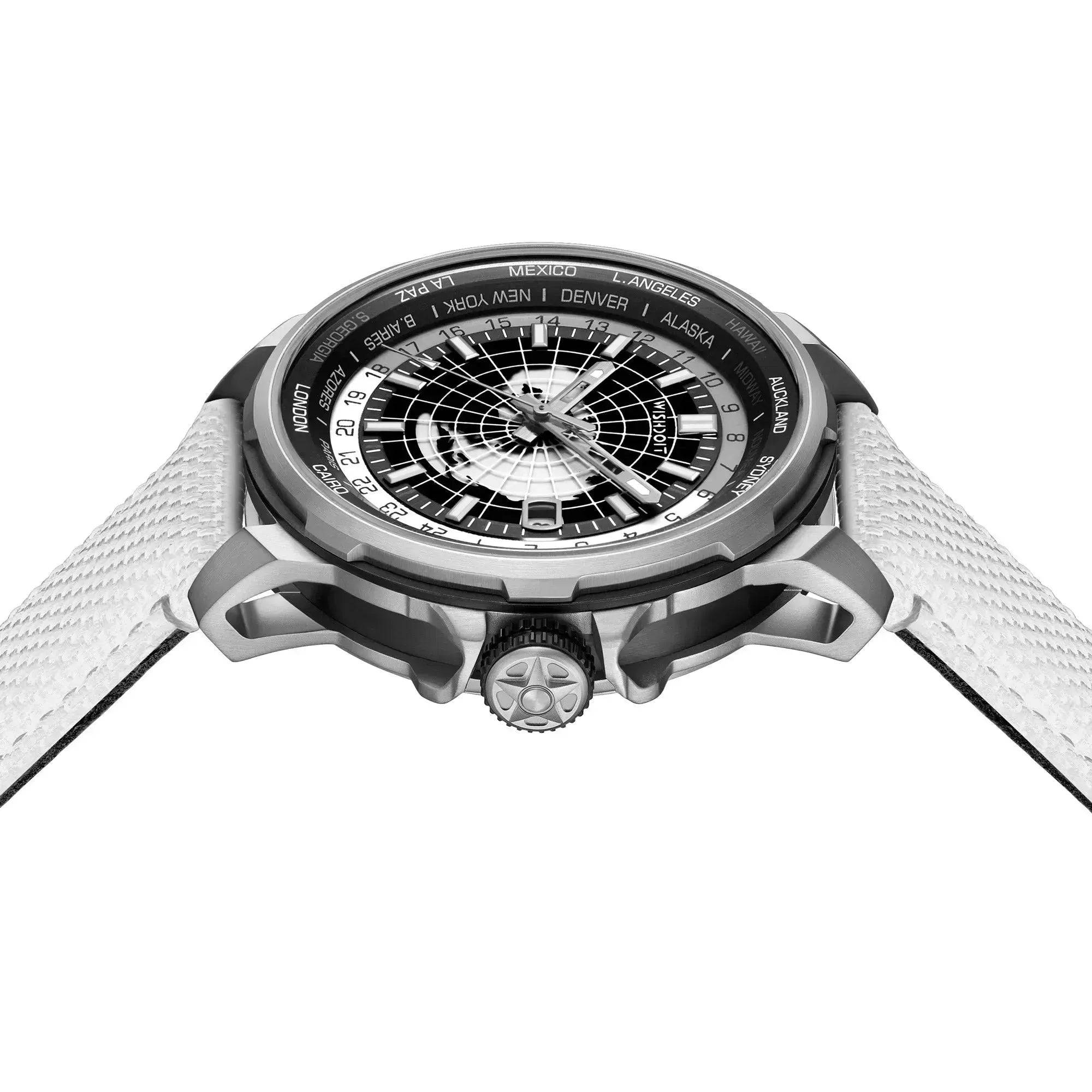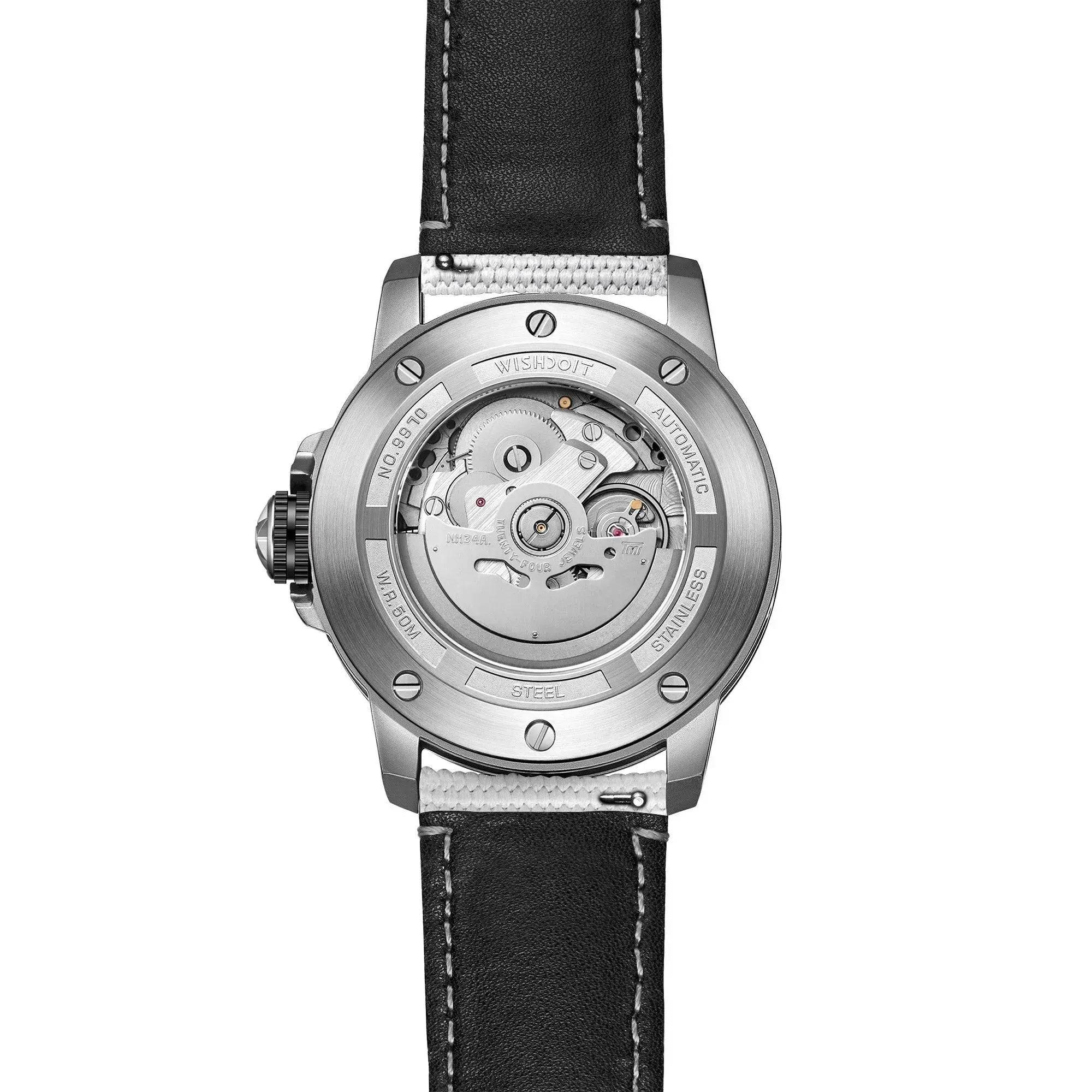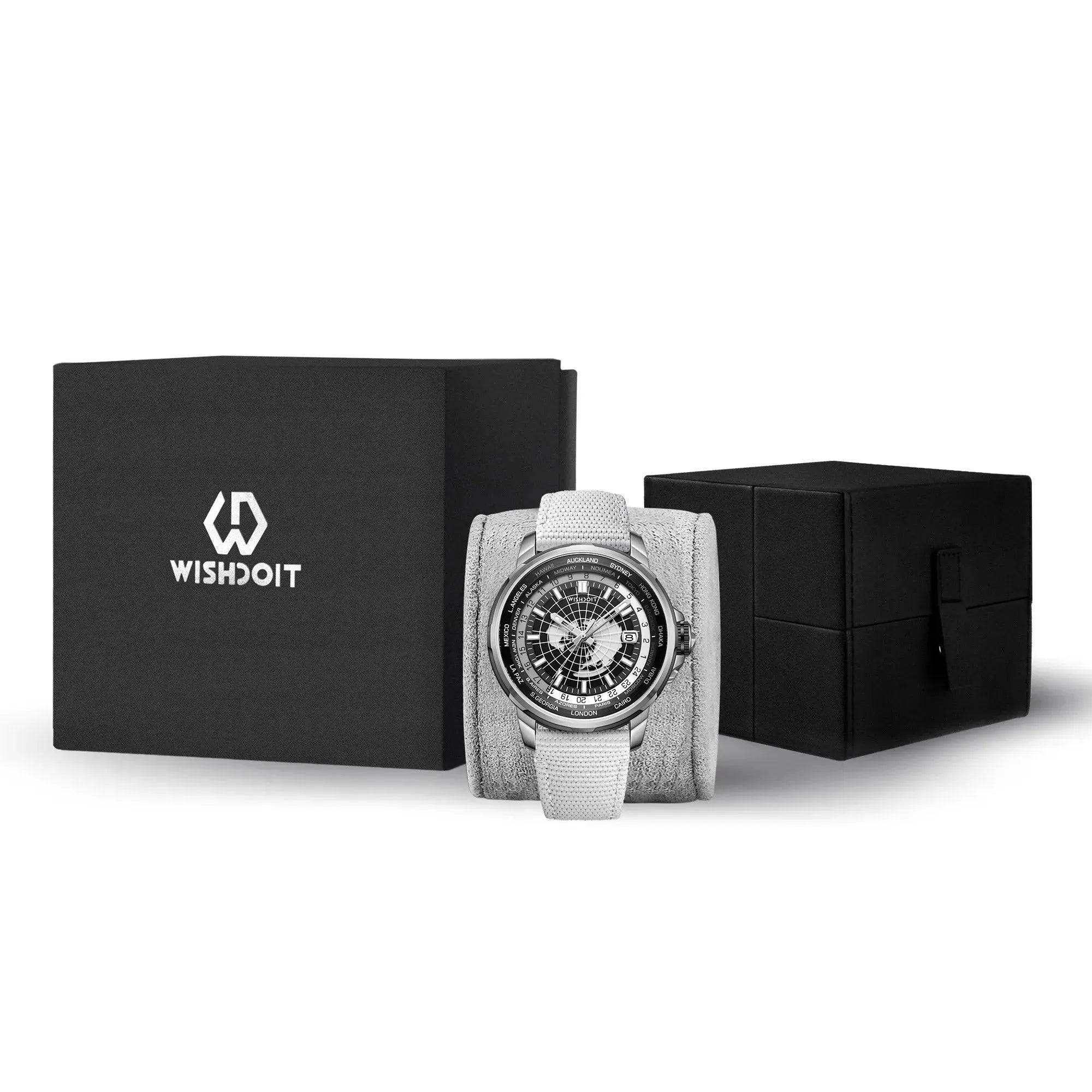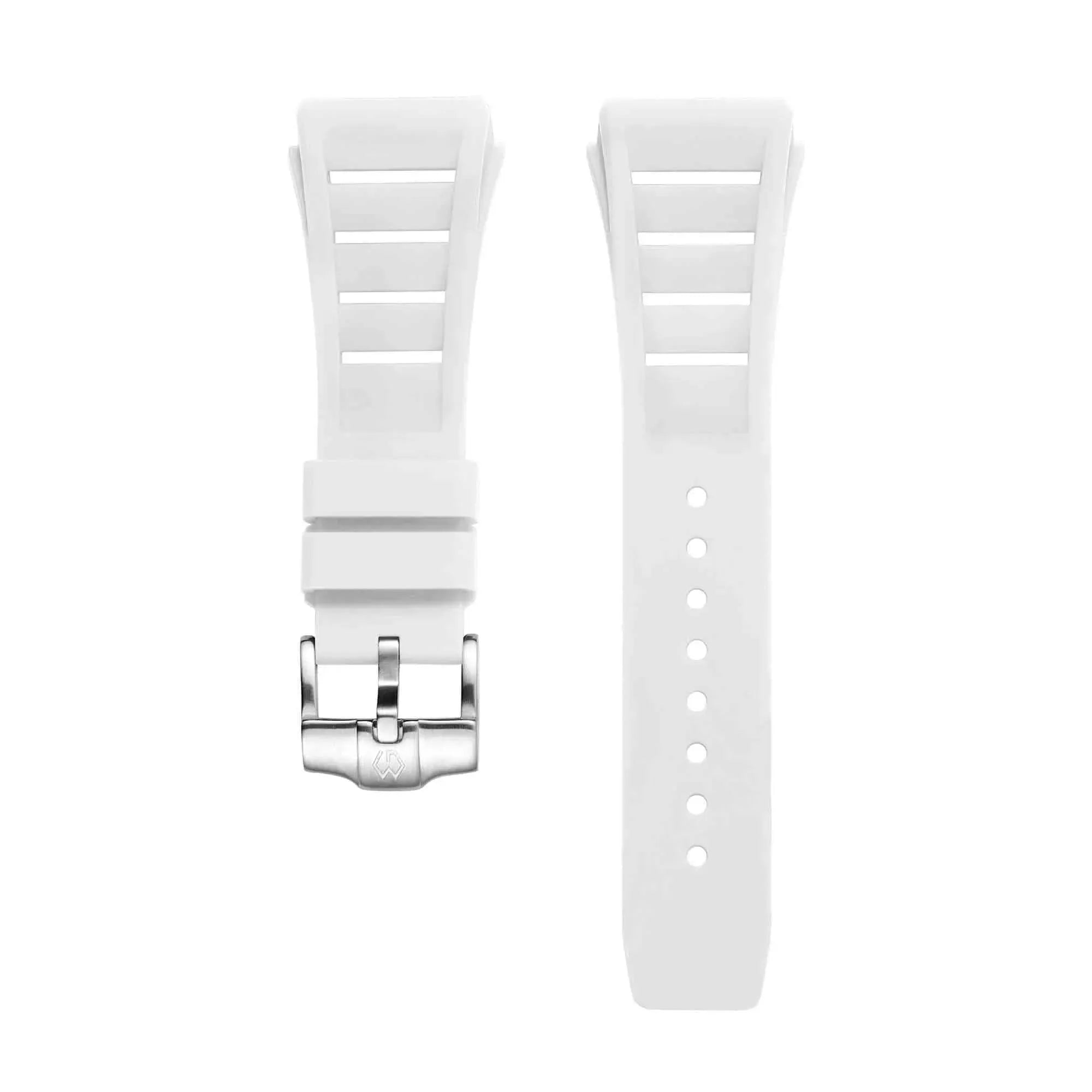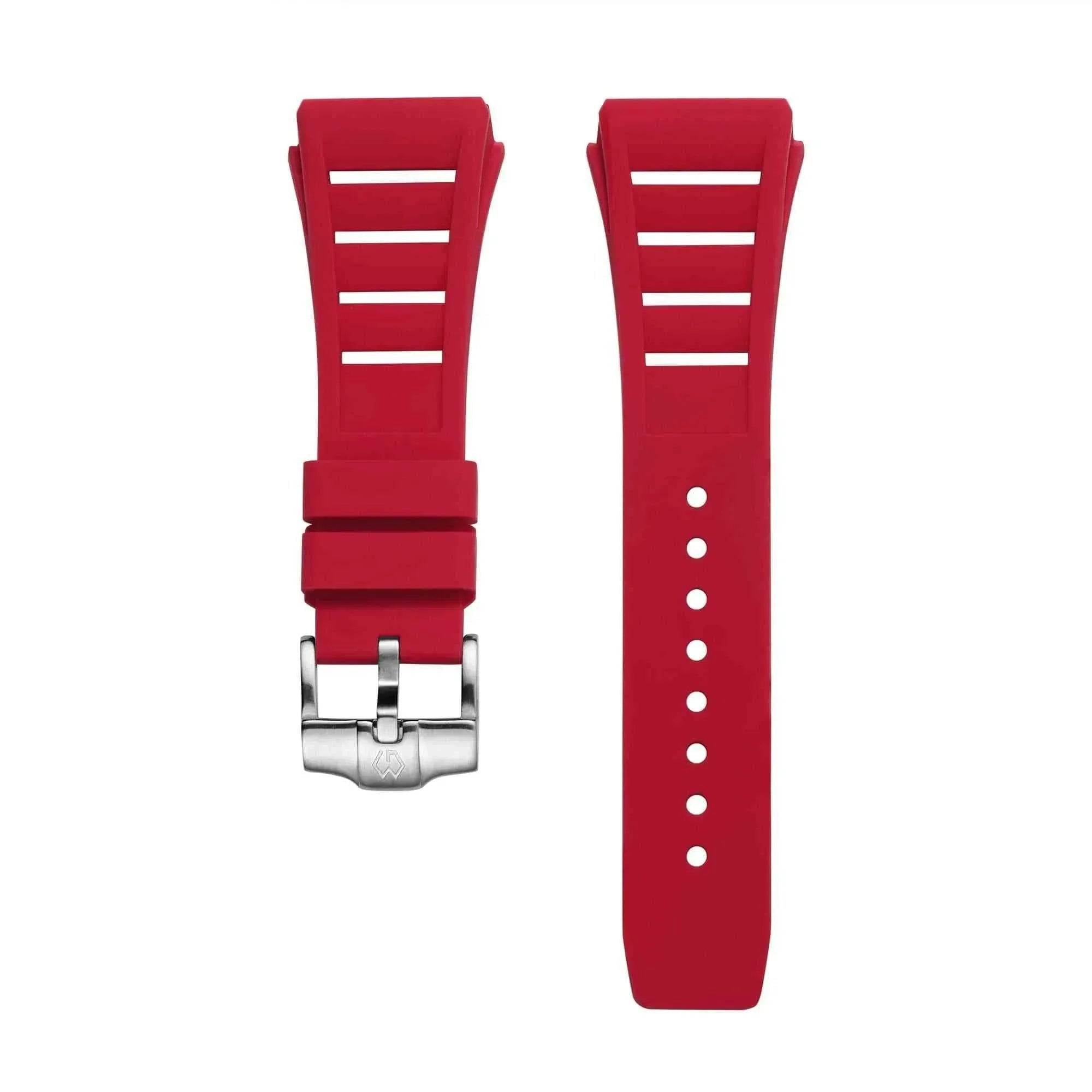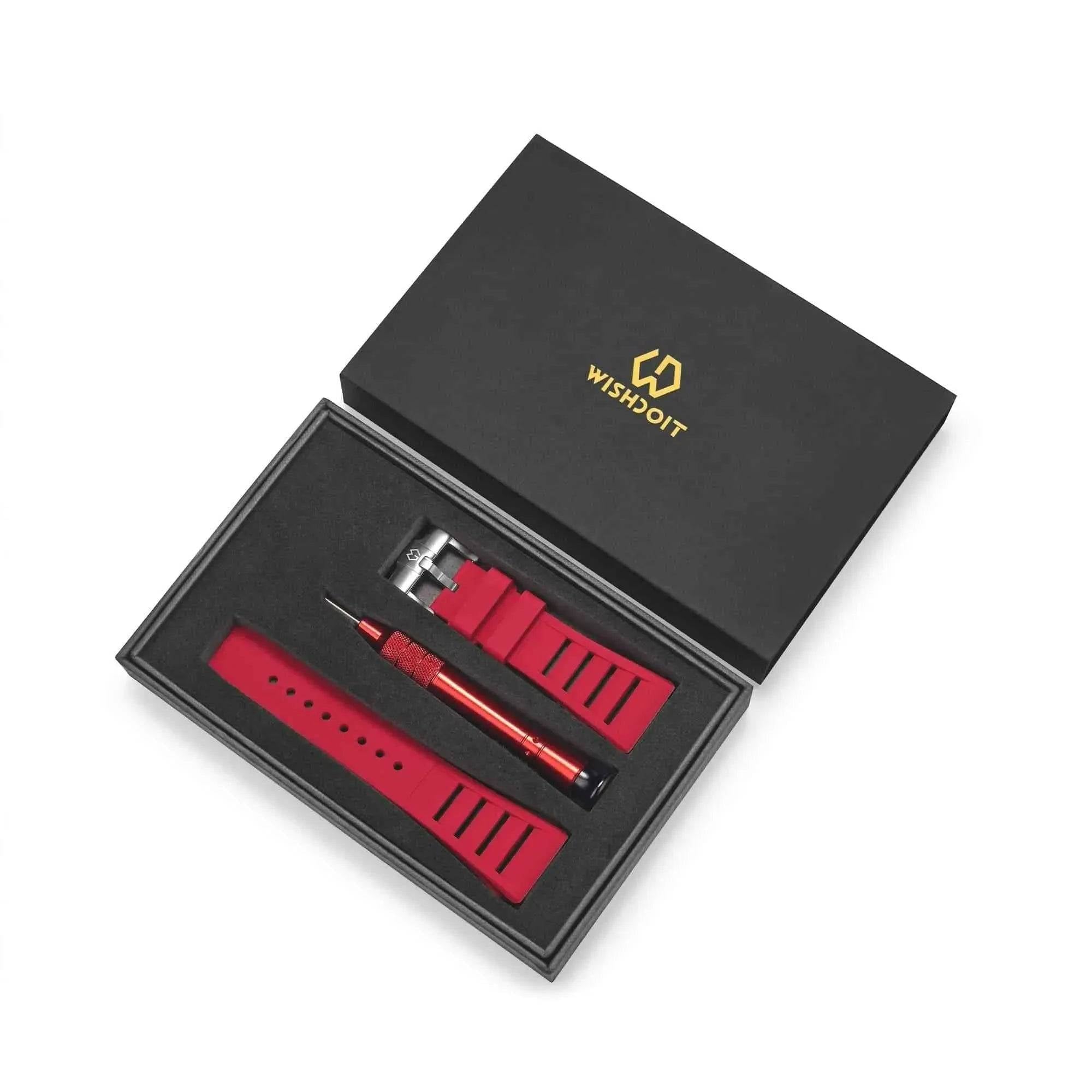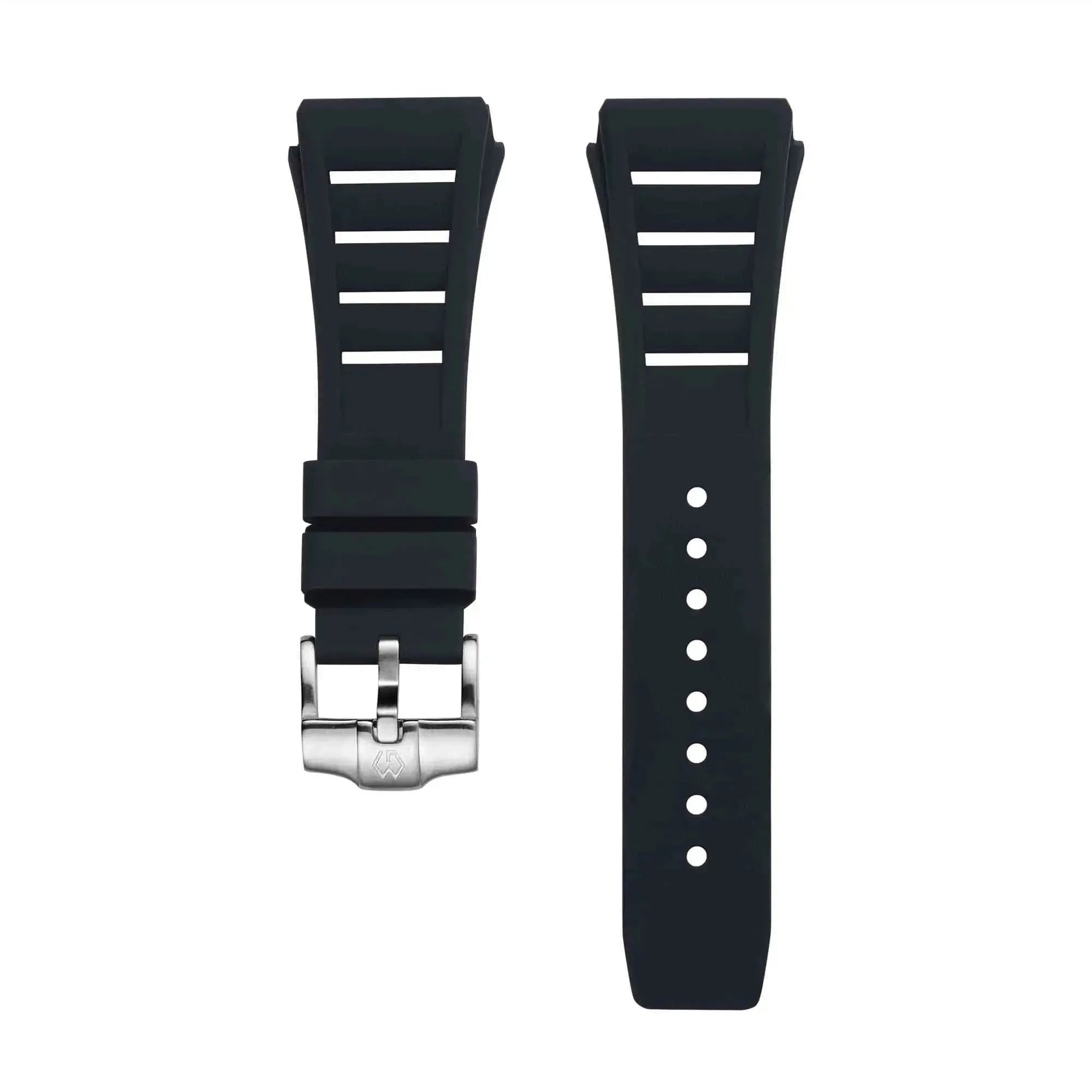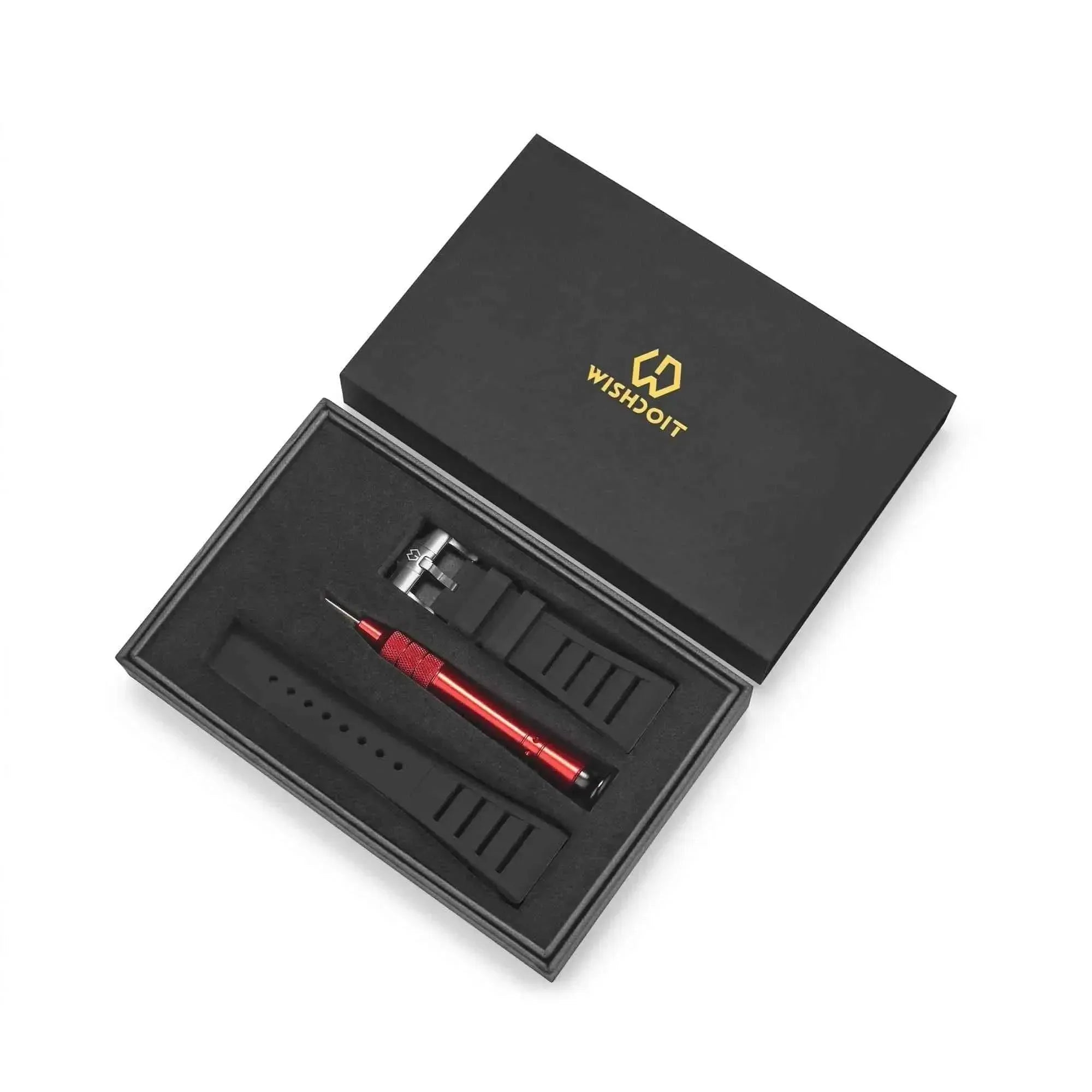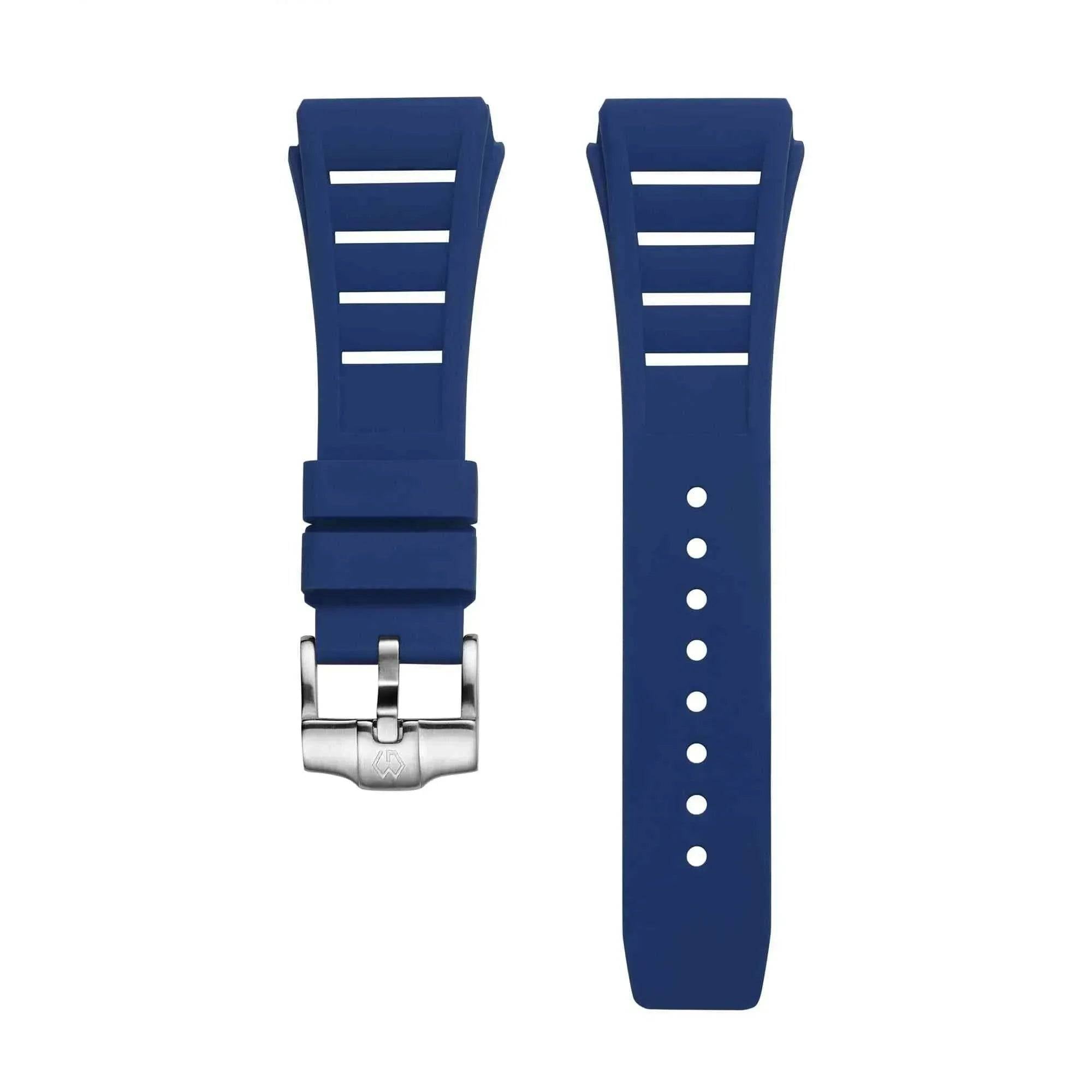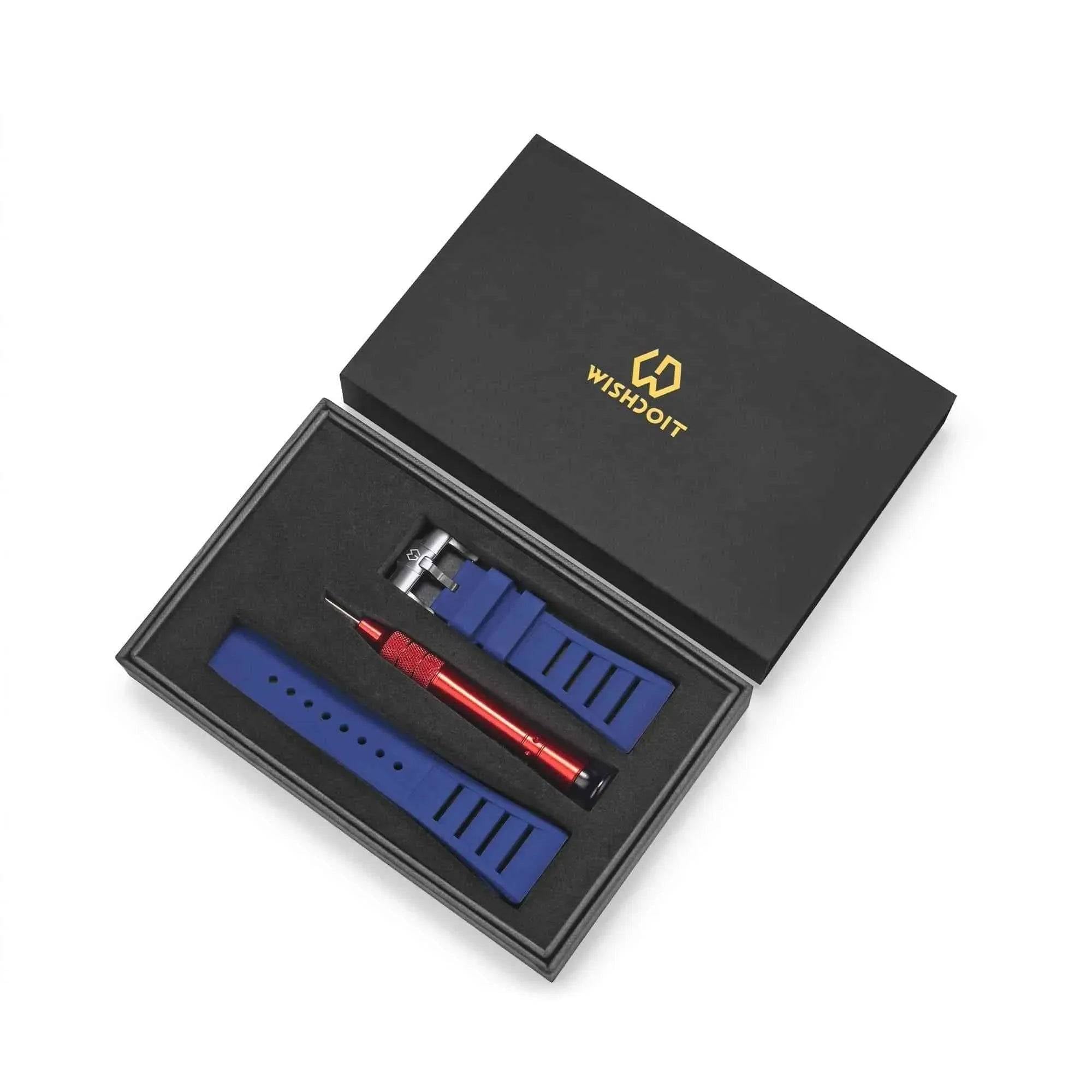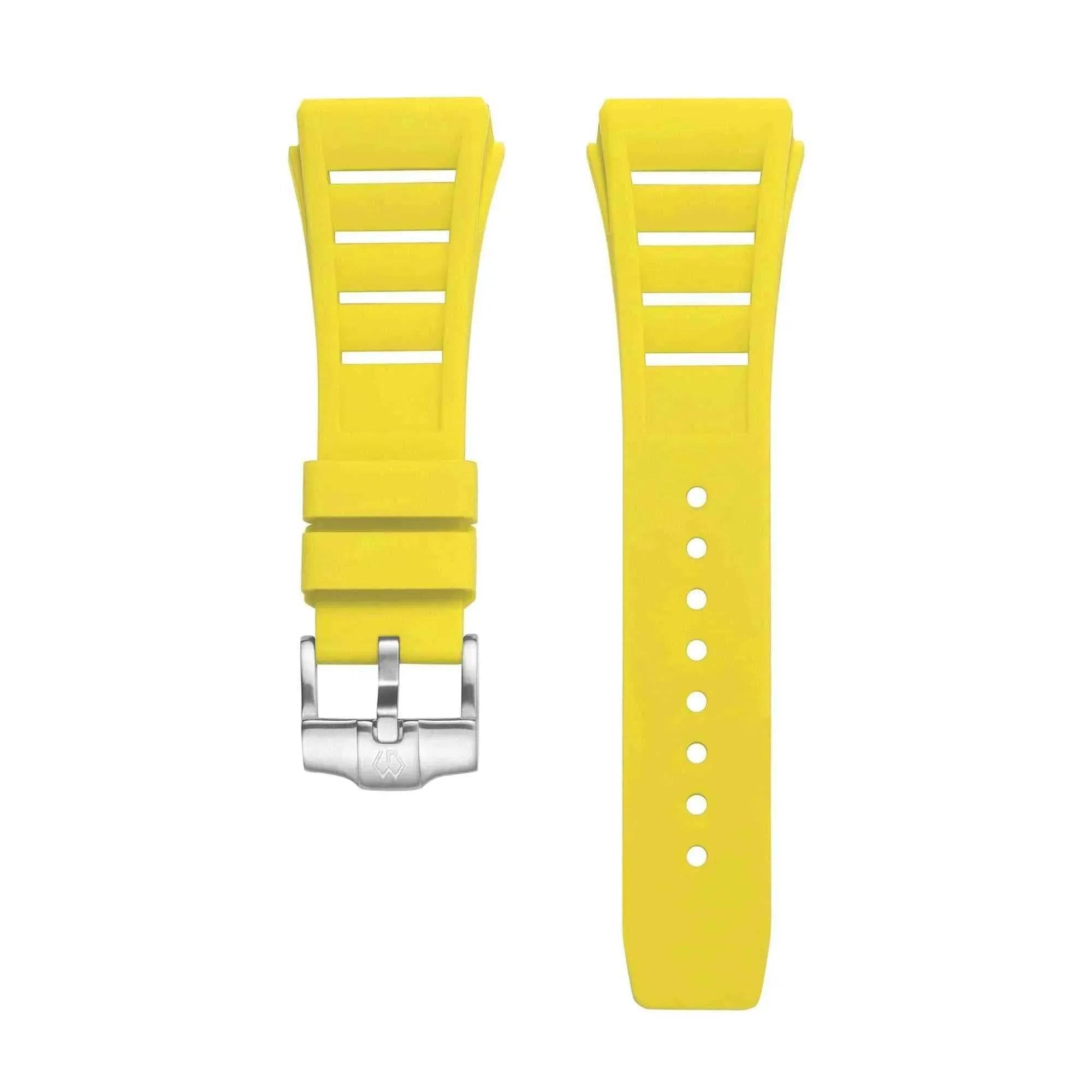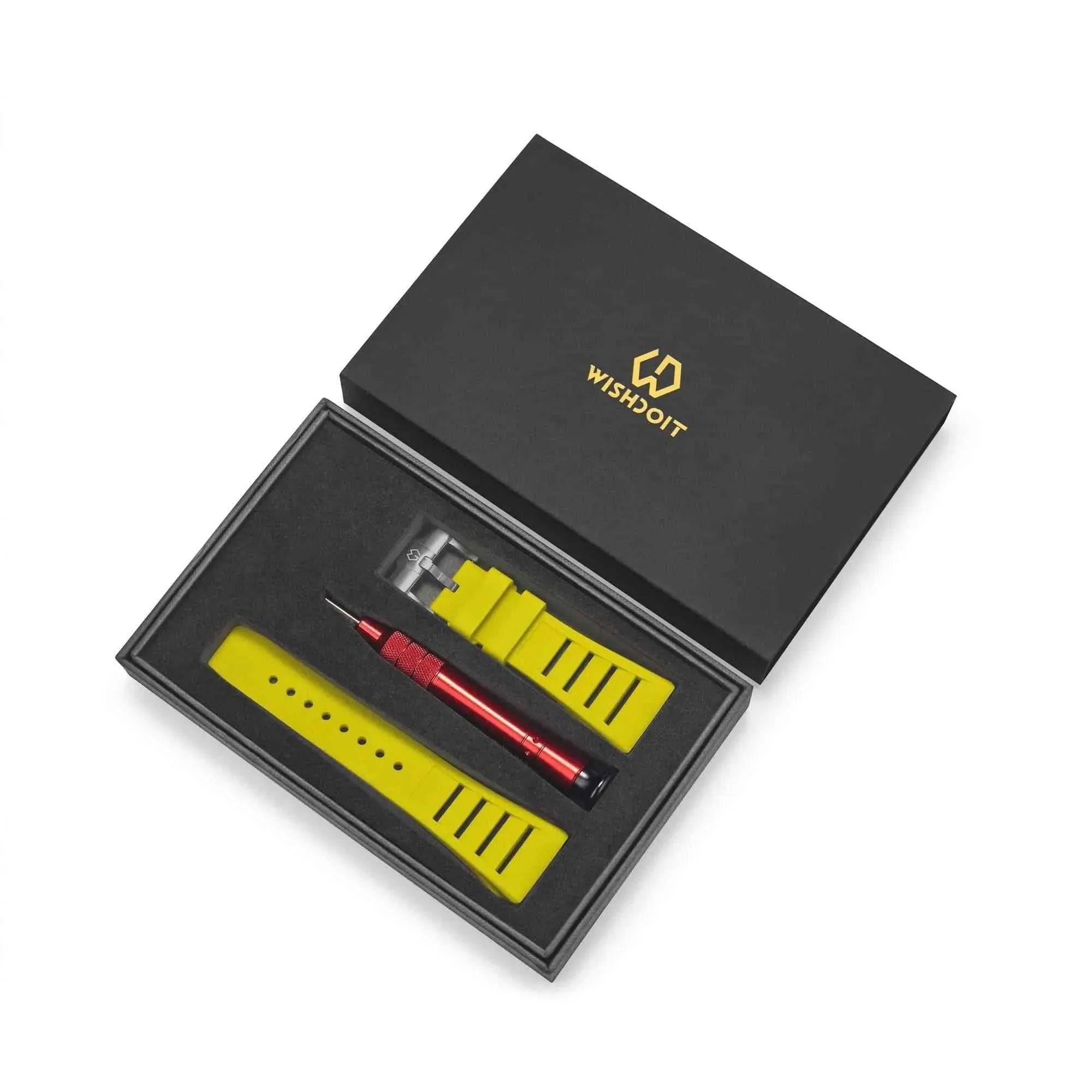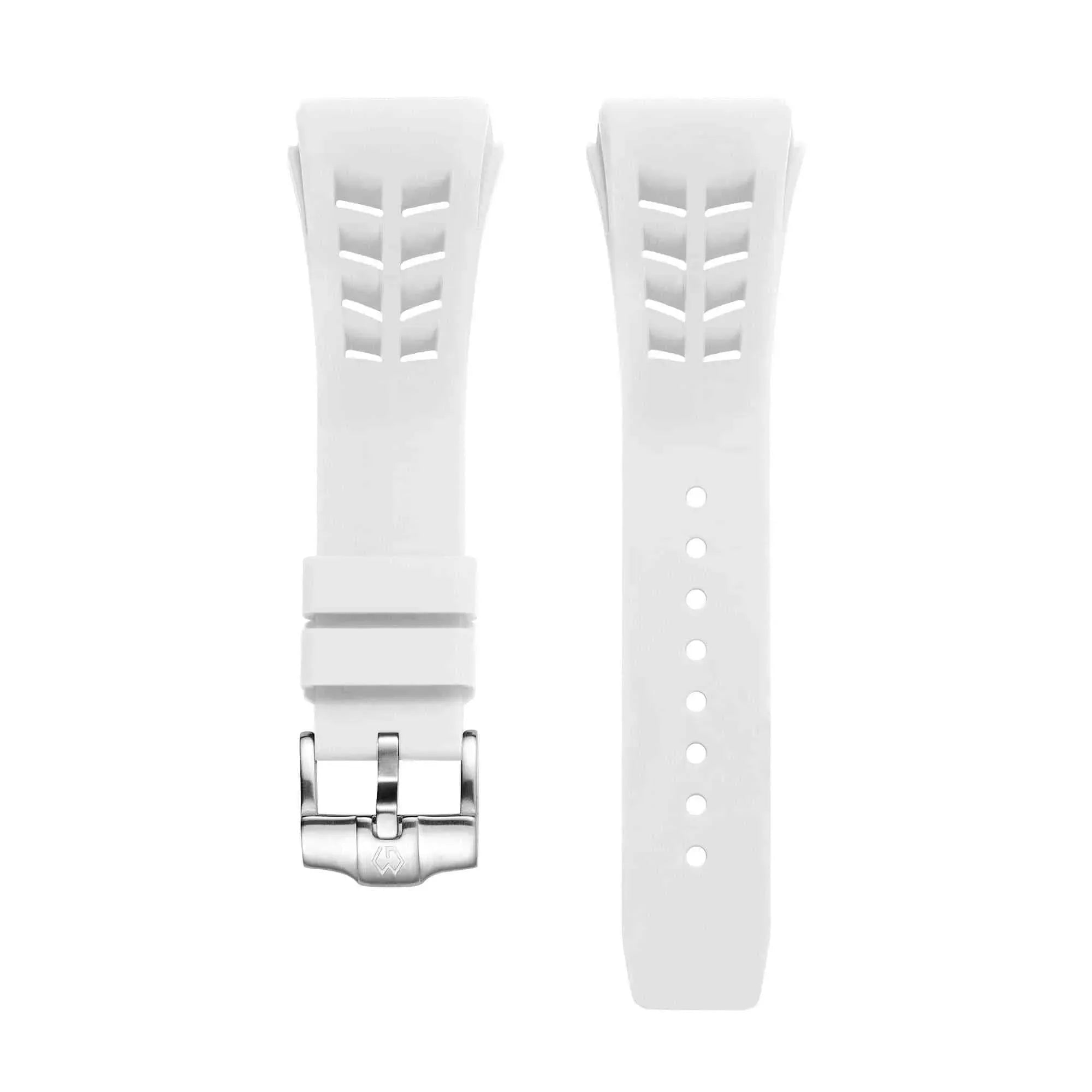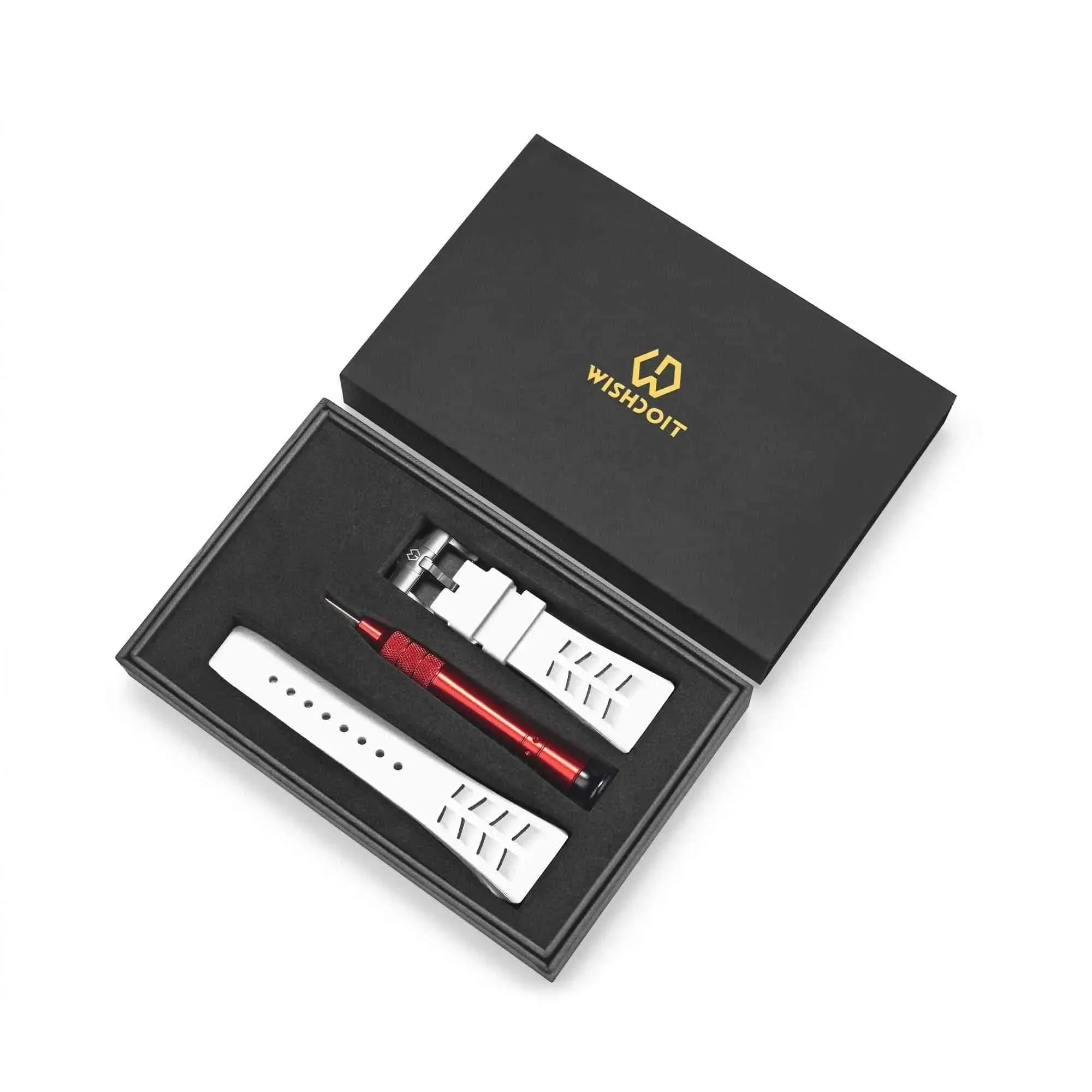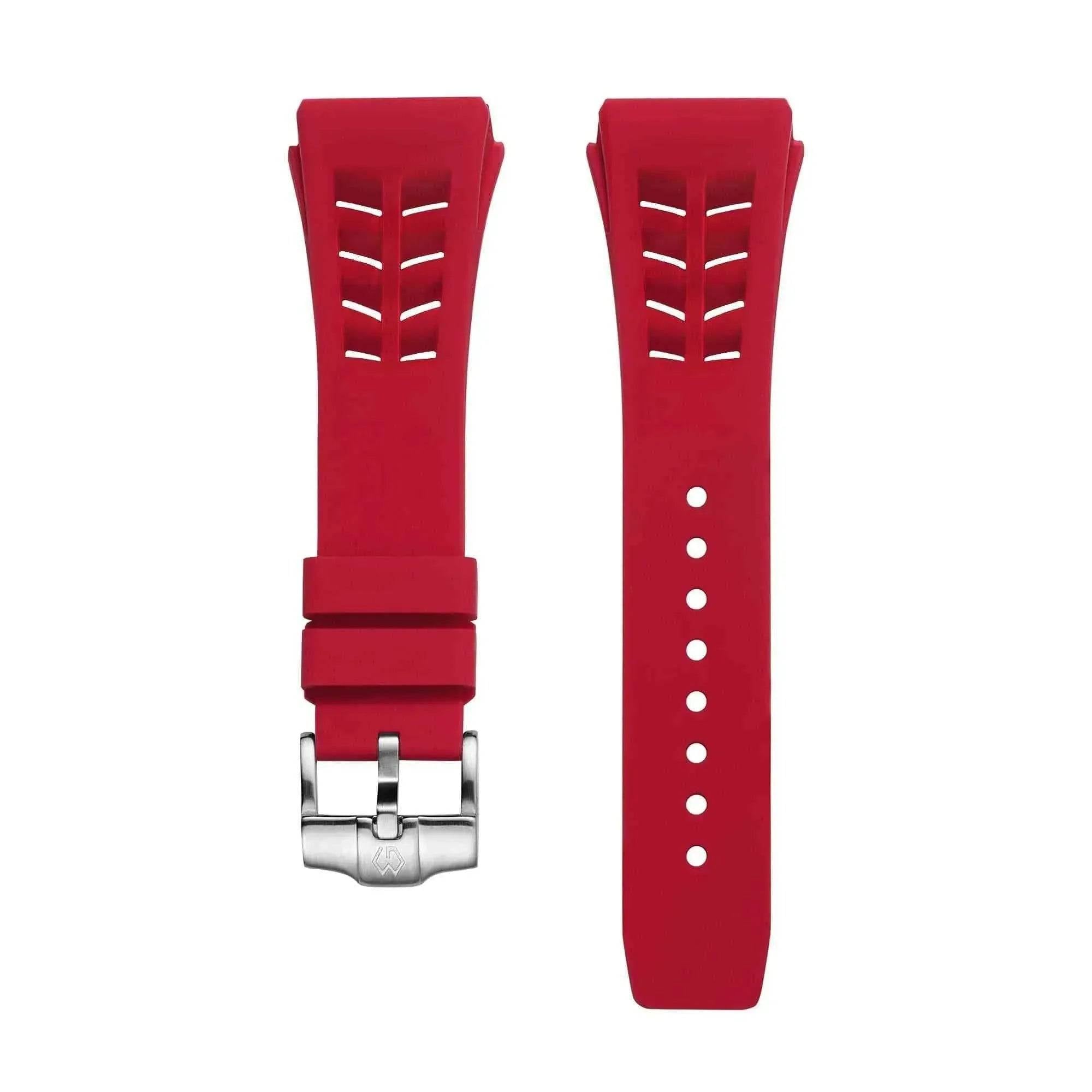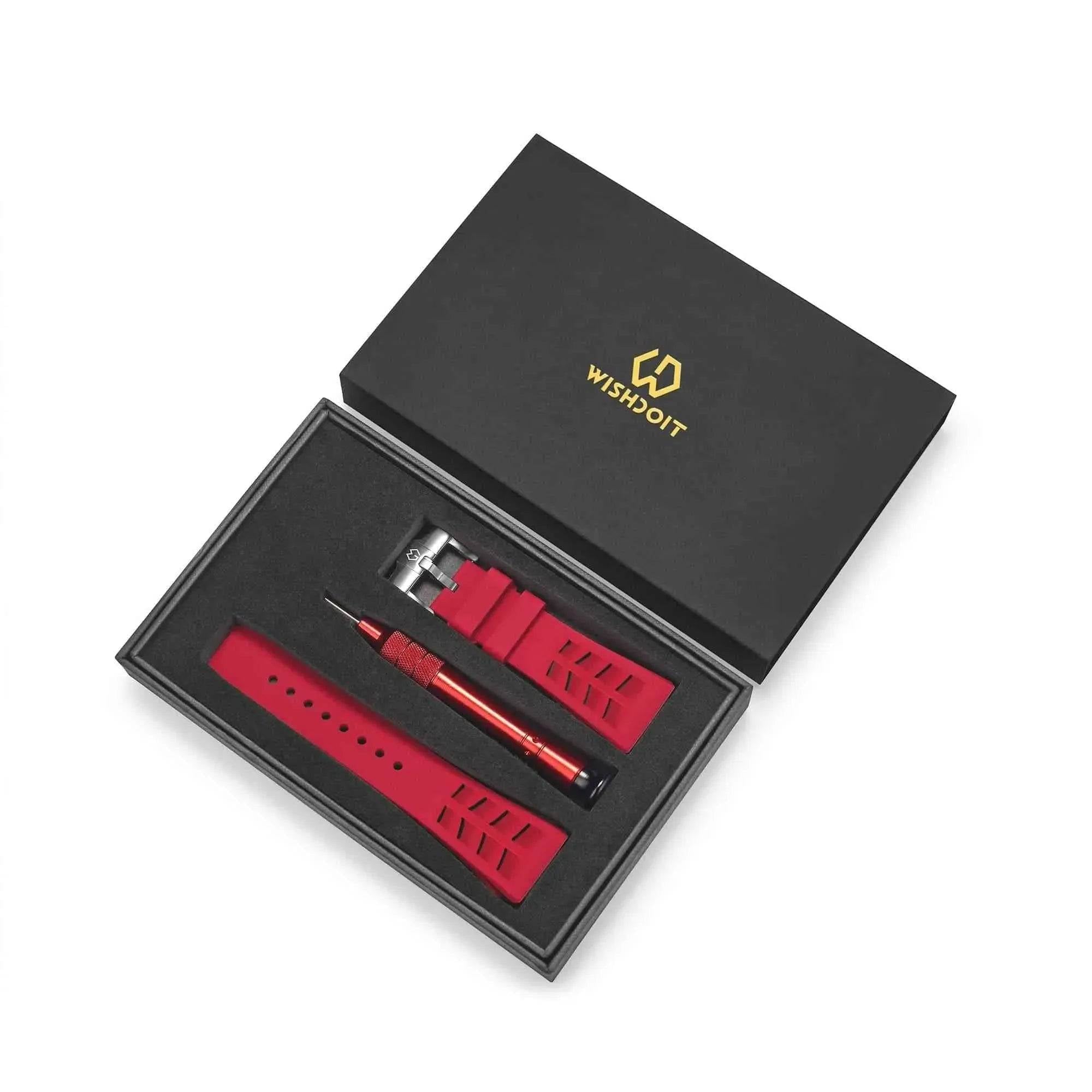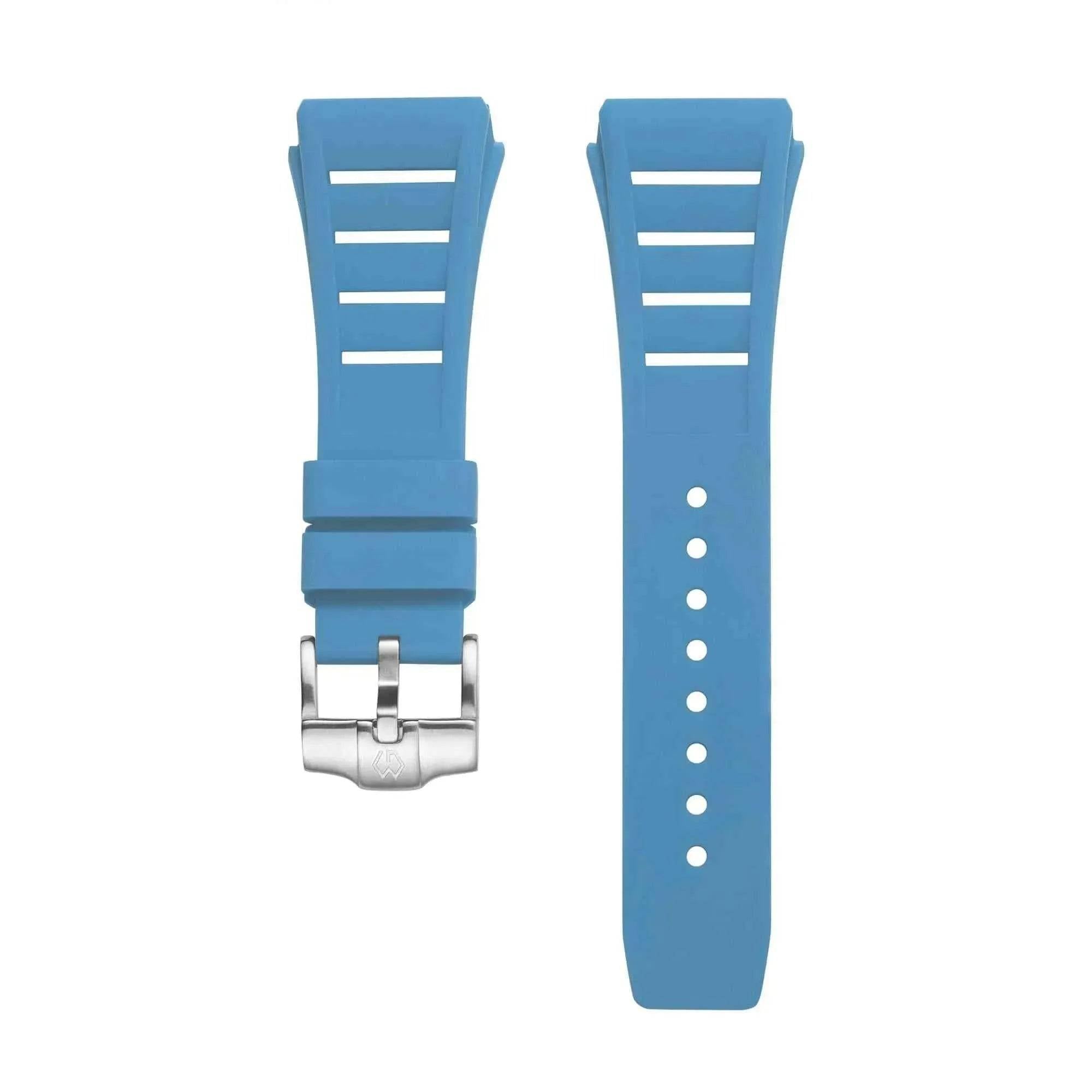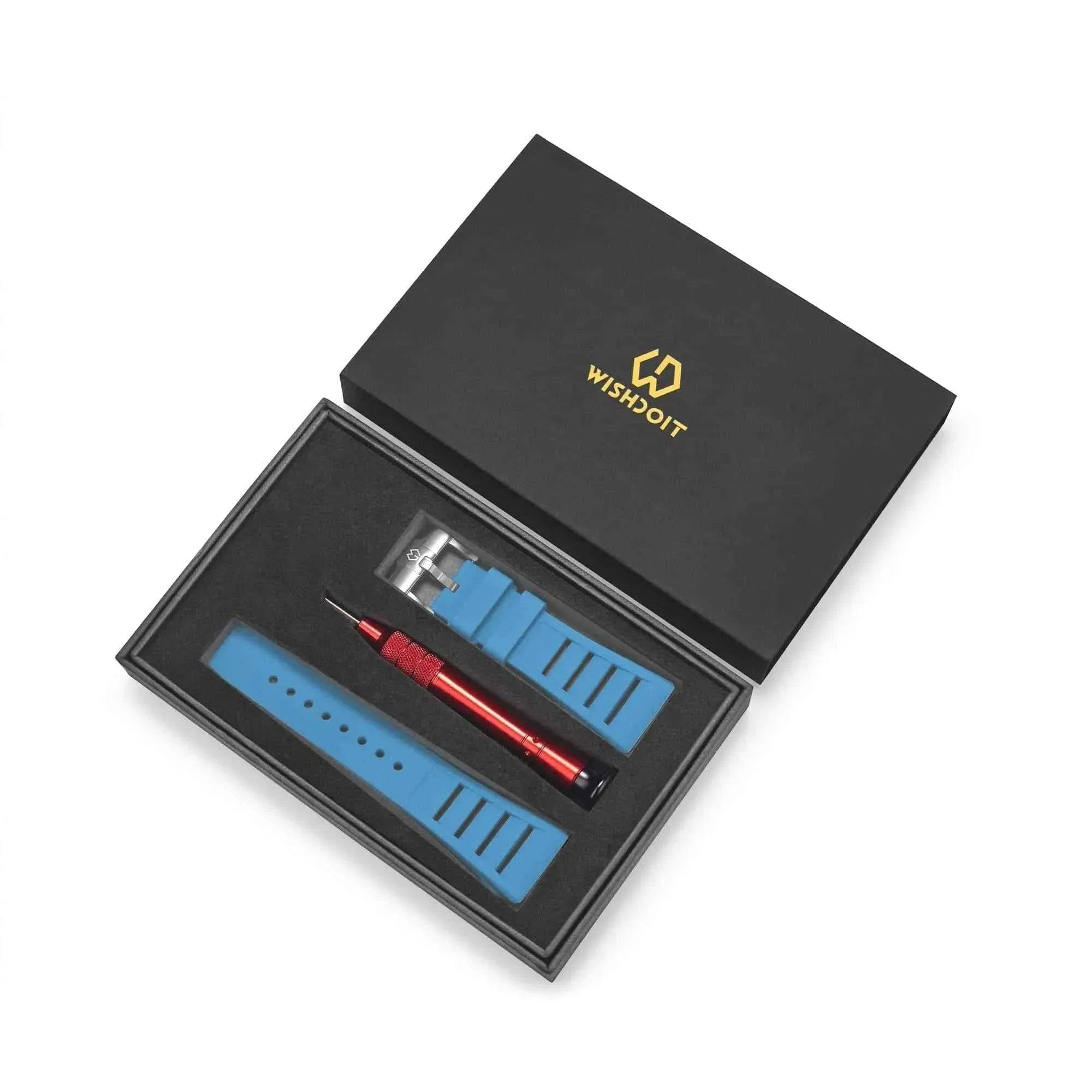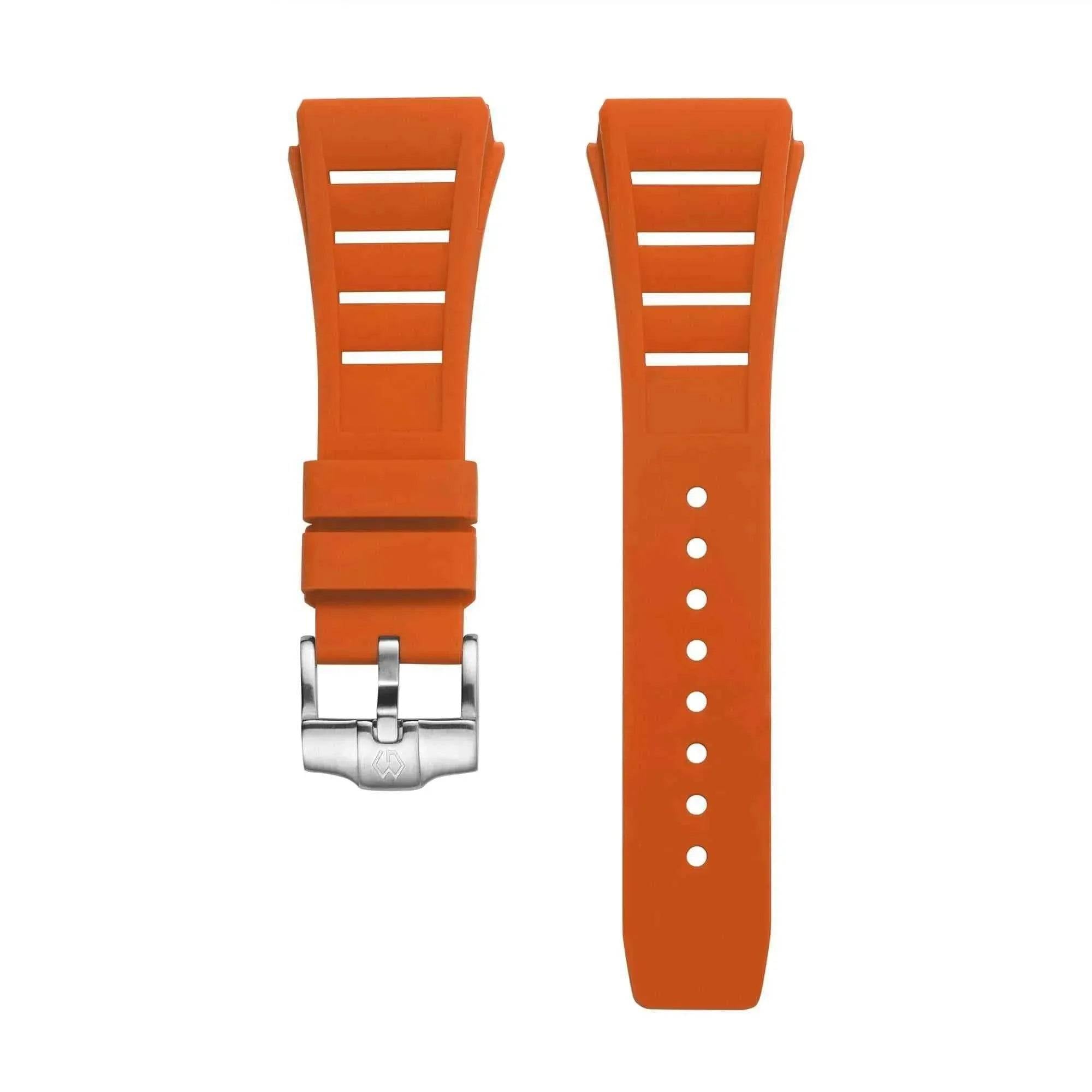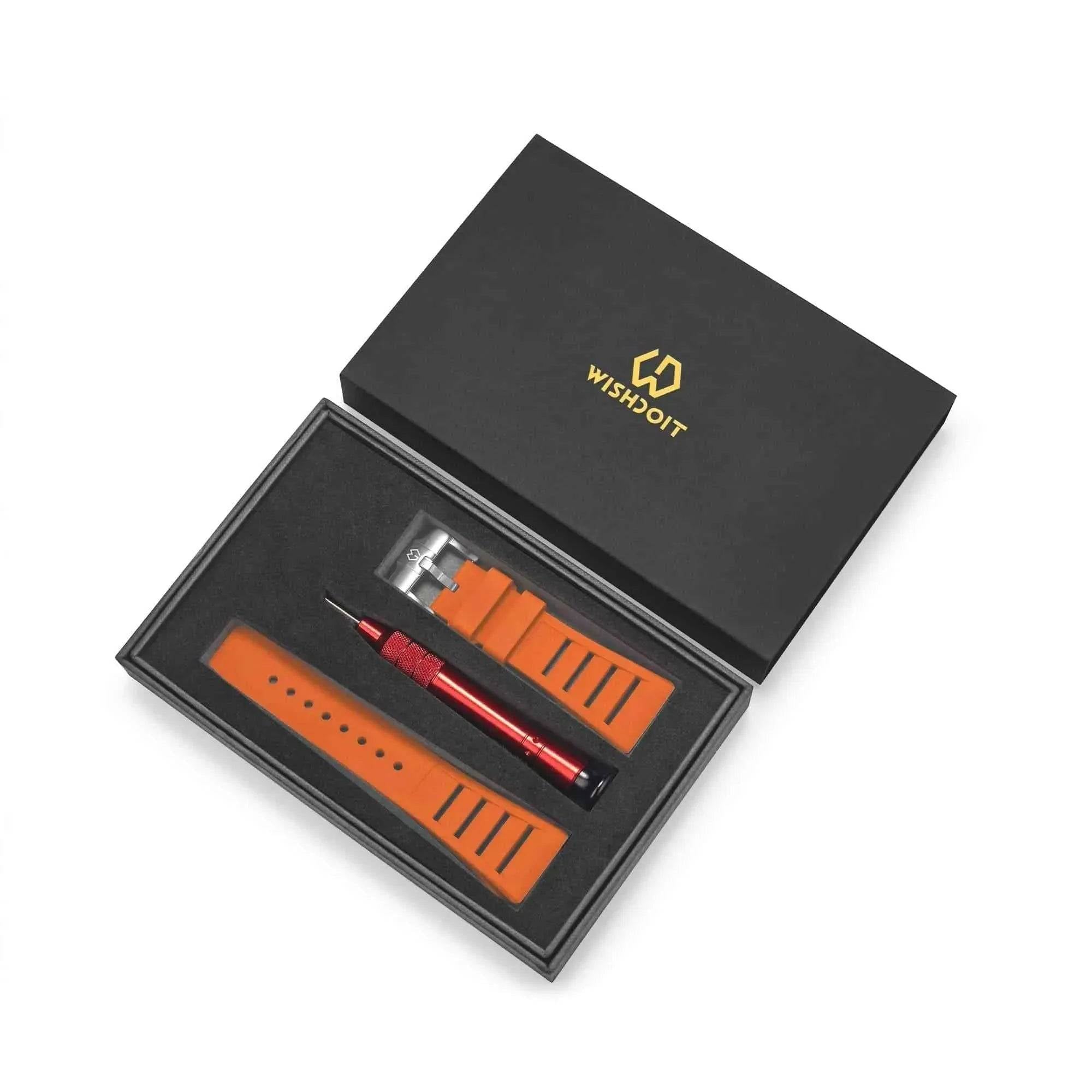In the world of horology, innovation often springs from the desire to marry tradition with modernity. One such ingenious fusion is the mecaquartz movement, a technology that combines the best of mechanical and quartz watchmaking. But who is the mastermind behind this clever invention? Let's embark on an engaging journey to uncover the origins of the mecaquartz watch.
The term "mecaquartz" itself is a blend of "mechanical" and "quartz," reflecting the hybrid nature of these timepieces. To understand the invention of the mecaquartz watch, we need to travel back to the late 1980s. This was a period when the Swiss watch industry was recovering from the quartz crisis, a time when quartz watches from Japan had nearly obliterated the traditional Swiss mechanical watch market.
Enter the brilliant minds at Jaeger-LeCoultre, a name synonymous with innovation and craftsmanship in the world of luxury watches. In 1987, Jaeger-LeCoultre, often abbreviated as JLC, introduced the Caliber 630, a movement that would forever change the landscape of watchmaking. The Caliber 630 was a pioneering mecaquartz movement, combining a quartz timekeeping module with a mechanical chronograph module. This meant that while the watch was powered by a battery for precise timekeeping, the chronograph functions were driven by traditional mechanical components, providing that satisfying "click" and smooth sweep of the chronograph seconds hand that enthusiasts love.
Jaeger-LeCoultre’s innovation was a game-changer. It offered the accuracy and low maintenance of quartz movements along with the tactile, mechanical charm of traditional chronographs. The Caliber 630 found its way into various JLC models and other high-end watches, capturing the hearts of both purists and modernists.
But JLC wasn't the only player in the mecaquartz game. The Swiss watchmaking giant, Seiko, also ventured into this hybrid territory. Seiko, already a major force behind the quartz revolution, introduced their own version of the mecaquartz movement in the early 1990s. Seiko's approach was similar, combining a quartz regulator with a mechanical chronograph module. Their Seiko Caliber 7A28, one of the earliest examples, is still celebrated today for its robustness and reliability.
These innovations didn't just stay within the realms of luxury or high-end watches. Mecaquartz technology trickled down to more affordable brands, allowing a broader audience to experience the unique blend of quartz precision and mechanical sophistication. Brands like Breitling, TAG Heuer, and even some fashion watchmakers adopted mecaquartz movements for their chronograph models.
One of the charming aspects of mecaquartz watches is their ability to tell a story of collaboration and competition. The rivalry and mutual respect between Swiss and Japanese watchmakers during this era pushed the boundaries of what was possible in horology. It’s a testament to the relentless pursuit of excellence that defines the watch industry.
Today, mecaquartz watches occupy a special place in the hearts of collectors and enthusiasts. They represent a unique period in watchmaking history when the old and the new came together in a perfect blend. Whether it's the crisp tick of a quartz movement or the smooth sweep of a mechanical chronograph hand, mecaquartz watches offer the best of both worlds.
So, the next time you strap on a mecaquartz watch, remember the pioneering spirit of Jaeger-LeCoultre and Seiko. Their inventive genius brought about a horological marvel that continues to charm and fascinate watch lovers around the globe. It’s not just about telling time; it’s about celebrating the artistry and ingenuity of human creativity.
You’ll also like:




